What Is Natural Stone? Complete Guide for Designers

Over 2,300 types of stone line the National Institute of Standards and Technology’s renowned test wall, highlighting the extraordinary variety that natural stone brings to architecture and design. Many people think of natural stone as a single material, but each type tells a distinct geological story. From marble’s elegance to granite’s strength, this overview reveals how natural stone choices shape both the look and the lasting value of your space.
Key Takeaways
| Point | Details |
|---|---|
| Diversity of Natural Stone | Natural stone is a complex category featuring various materials with distinct properties, including marble, granite, and quartzite, each with unique aesthetic and performance attributes. |
| Performance Factors | Key considerations for natural stone include weight distribution, porosity, and sealing needs, which impact installation strategies and long-term maintenance. |
| Value and Longevity | Natural stone can last 50-100 years, potentially increasing property value and offering superior durability compared to engineered alternatives. |
| Cost Considerations | Natural stone projects incur various costs, with installation making up 30-40% of the total budget, and ongoing maintenance significantly affecting long-term financial planning. |
Table of Contents
- Defining Natural Stone And Common Misconceptions
- Types Of Natural Stone: Marble, Travertine, And More
- Key Characteristics And Performance Factors
- Natural Stone Applications In Design And Renovation
- Comparing Natural Stone To Engineered Alternatives
- Costs, Maintenance, And Selection Tips
Defining Natural Stone and Common Misconceptions
Natural stone represents an extraordinary category of building materials formed through geological processes over millions of years, offering designers and architects a unique opportunity to incorporate Earth’s raw, authentic beauty into architectural spaces. According to research from professional design resources, natural stone encompasses diverse materials like slate, limestone, marble, travertine, and quartzite — each featuring distinct properties regarding porosity, hardness, and installation requirements.
Contrary to popular misconceptions, natural stone is not a uniform material but a complex category with significant variations. The National Institute of Standards and Technology’s extensive stone test wall, featuring over 2,300 stone samples, demonstrates the remarkable diversity in stone composition and durability. Some stones are incredibly resilient, while others require more specialized care and maintenance.
Key characteristics that distinguish natural stone include:
- Unique geological formation
- Variability in color and texture
- Inherent structural differences
- Varying levels of porosity and hardness
For designers seeking authentic materials with character, explore our guide on marble and travertine differences to understand the nuanced world of natural stone selection. Each stone tells a geological story, offering architects and interior designers an opportunity to create spaces that reflect Earth’s magnificent complexity.
Types of Natural Stone: Marble, Travertine, and More
Natural stone represents a diverse world of geological wonders, offering designers an incredible palette of materials with unique characteristics and visual appeal. According to design cost guides, the primary natural stone types include slate, travertine, limestone, granite, marble, sandstone, quartzite, and several exotic variations — each bringing distinctive aesthetic and functional properties to architectural and interior design projects.
Take Tennessee marble as a fascinating example of stone’s complexity. Although technically a crystalline limestone, it’s widely used in U.S. architecture for its remarkable polishability and distinctive pink-gray coloration. This showcases how stones classified under a single category can have nuanced geological compositions that dramatically impact their design potential.
Key natural stone types designers should understand include:
Here’s a summary comparison of key natural stone types for designers:
| Stone Type | Appearance | Durability | Ideal Uses |
|---|---|---|---|
| Marble | Veined Wide Color Range |
Moderate | Countertops Bathrooms Feature Walls |
| Travertine | Earthy Tones Rustic |
Moderate | Flooring Patios Showers |
| Granite | Speckled Varied Colors |
Very High | Kitchens High-Traffic Flooring |
| Slate | Layered Muted Colors |
High | Entryways Roofing Flooring |
| Quartzite | Crystalline Translucent |
Very High | Bathroom Vanities Accent Walls |
- Marble: Luxurious, veined, available in multiple color ranges
- Travertine: Rustic, porous texture with earthy tones
- Granite: Extremely durable with speckled appearance
- Slate: Layered stone with rich, muted colors
- Quartzite: Hard, crystalline stone with translucent qualities
Explore our comprehensive guide to marble and natural stone selection to understand how each stone’s unique characteristics can transform your design vision into reality. From sleek contemporary spaces to rustic traditional environments, natural stone offers unparalleled design versatility.
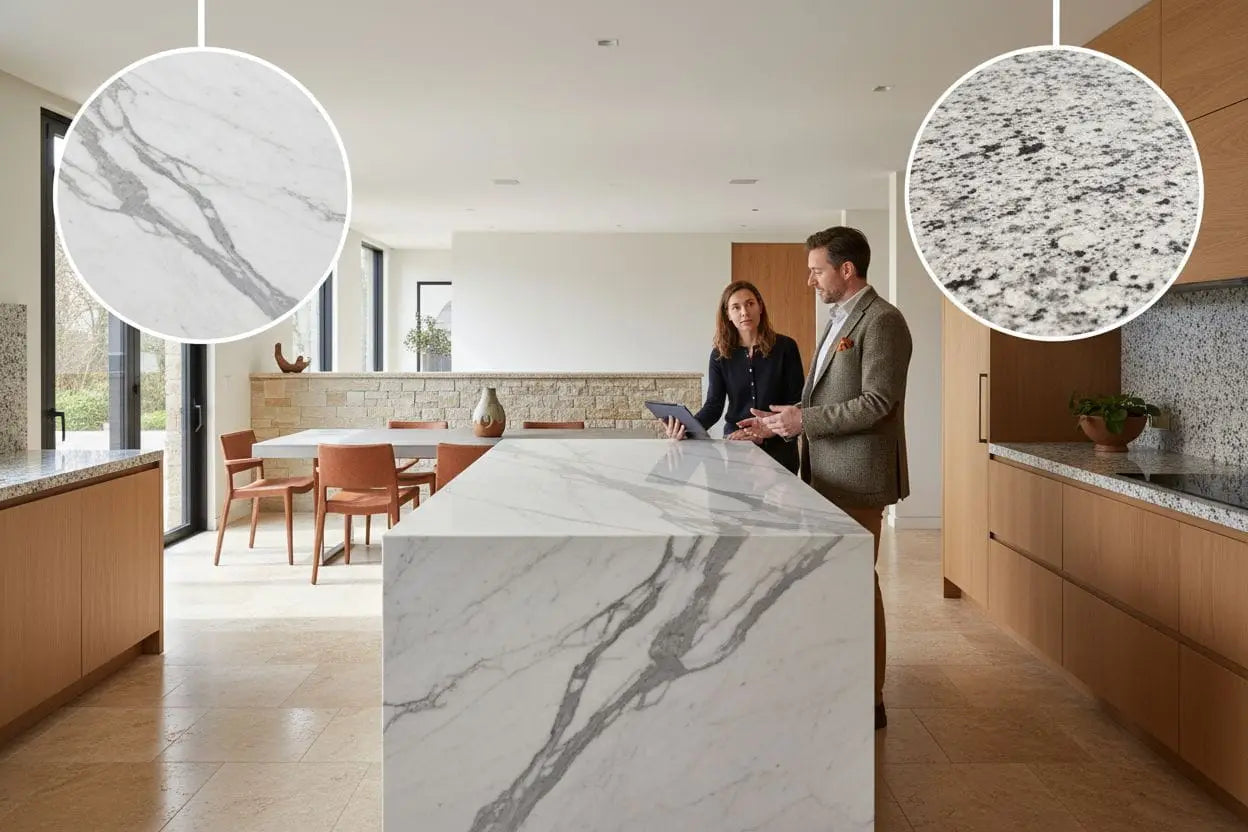
Key Characteristics and Performance Factors
Natural stone’s performance is far more complex than simply looking beautiful. According to comprehensive design guides, these materials demand careful consideration across multiple technical parameters. Most natural stones weigh between 15-20 pounds per square foot, which significantly impacts structural requirements and installation strategies for designers and architects.
The National Institute of Standards and Technology (NIST) has conducted extensive research through its stone test wall, revealing critical insights into stone durability and environmental resilience. Their evaluations demonstrate that different stones respond uniquely to environmental stresses, making material selection a nuanced decision that goes beyond aesthetic preferences.
Key performance factors designers must evaluate include:
- Weight Distribution: Structural support requirements
- Porosity: Absorption and moisture resistance
- Sealing Needs: Annual maintenance requirements
- Environmental Durability: Long-term performance under stress
- Thermal Characteristics: Heat and cold transmission properties
Most natural stones, with the notable exception of granite, require annual application of penetrating sealers to maintain their integrity and appearance. Explore our comprehensive guide to stone maintenance and care to understand how proper treatment can extend the life and beauty of your natural stone selections.
Natural Stone Applications in Design and Renovation
Natural stone transforms spaces beyond mere aesthetics, offering strategic design solutions that blend beauty with exceptional functionality. According to commercial market analysis, natural stone installations like marble or granite countertops and stone flooring can boost home resale value by an impressive 5-15%, simultaneously enhancing visual appeal and financial investment potential.
Practical renovation guidance reveals nuanced application strategies for different stone types. Slate emerges as an ideal choice for high-traffic areas due to its remarkable durability, while marble commands luxury finishes in elegant spaces. Travertine provides warmth and rustic charm, making it perfect for creating inviting interior and exterior environments that tell a unique architectural story.
Key design applications for natural stone include:
- Kitchen Countertops: Marble, granite for elegant surfaces
- Flooring: Slate, travertine for durability and aesthetics
- Bathroom Surfaces: Quartzite, marble for luxurious finishes
- Exterior Cladding: Limestone, granite for architectural statements
- Decorative Accents: Onyx, unique stones for focal points
Discover how to elevate your home with beautiful natural stone flooring and unlock the transformative potential of these remarkable geological materials. From contemporary minimalist designs to warm traditional spaces, natural stone offers unparalleled versatility for creating memorable environments.
Comparing Natural Stone to Engineered Alternatives
Natural stone stands in stark contrast to engineered materials, offering a complex value proposition that extends far beyond initial cost considerations. Industry sources reveal that while engineered quartz or porcelain might present lower upfront expenses, natural stone delivers superior longevity and potential property value appreciation that engineered alternatives cannot match.
Long-term value assessments demonstrate the remarkable durability of natural stone. These geological materials can last an impressive 50-100 years, potentially increasing property value by 2-5% and contributing to energy efficiency in ways synthetic materials simply cannot replicate. Engineered alternatives might seem economical initially, but natural stone’s intrinsic qualities create a compelling long-term investment narrative.
Key comparative factors between natural stone and engineered materials include:
- Longevity: Natural stone 50-100 years vs. engineered 10-25 years
- Value Appreciation: Natural stone increases property value
- Uniqueness: Each stone piece is naturally unique
- Environmental Impact: Natural stone more sustainable
- Maintenance: Natural stone requires periodic sealing
Understand why natural stone costs reflect its mountain origins and discover the true economic value behind these extraordinary materials. While engineered alternatives offer uniformity, natural stone tells a geological story that synthetic materials can never replicate.
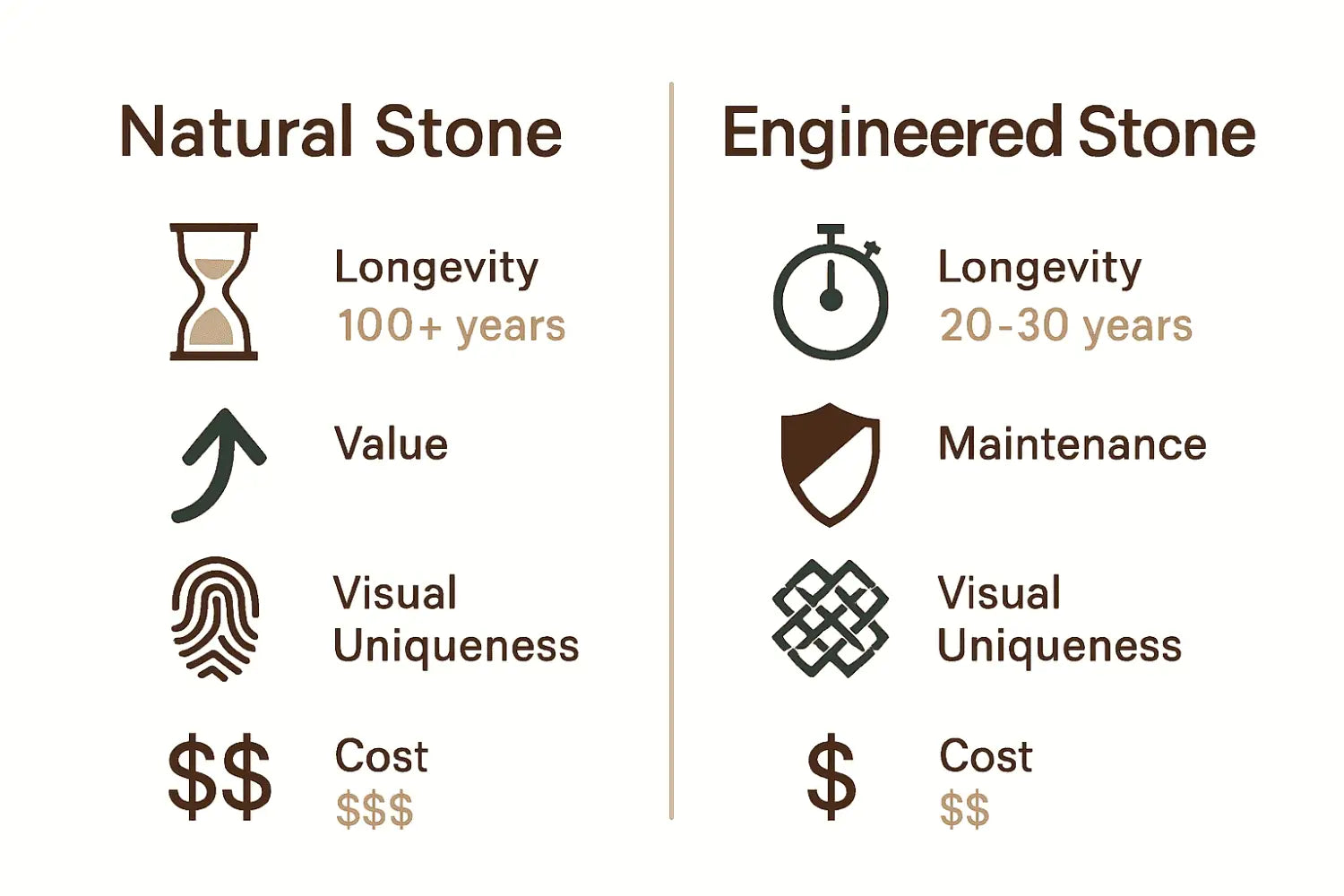
Costs, Maintenance, and Selection Tips
Natural stone investment requires strategic financial planning beyond initial purchase price. According to comprehensive lifecycle cost analyses, stone projects involve multiple expense components, with installation typically representing 30-40% of total project costs, including materials, transportation, and specialized labor considerations.
A detailed 2025 cost breakdown reveals significant price variations across different stone types. For instance, travertine ranges from $4-8 per square foot for materials, escalating to $10-18 per installed square foot. Ongoing maintenance presents another critical financial consideration, with professional resealing costs averaging $1.50-3 per square foot every 12-18 months, depending on stone type and environmental exposure.
Key cost and maintenance considerations include:
- Material Costs: Vary by stone type (travertine more affordable)
- Installation Expenses: 30-40% of total project budget
- Maintenance Frequency: Resealing every 12-18 months
- Climate Impact: Different stones perform differently
- Long-Term Value: Consider lifecycle costs, not just upfront price
Explore our comprehensive guide to understanding natural stone pricing and discover how strategic selection can optimize both aesthetic appeal and financial investment. Choosing the right stone is about balancing beauty, durability, and budget with professional insight.
Elevate Your Natural Stone Vision with Surfaces Galore
Choosing the right natural stone solution is never just about appearance. As this guide explains, you face big decisions about authenticity, performance, and the long-term value of your investments. Many designers and homeowners feel uncertain about how to compare stone options or ensure proper care for lasting impact. If you are searching for marble or travertine that looks impressive while standing up to everyday life, you deserve guidance as authentic as the materials you seek.

Bring your design to life with our expertly curated range of premium marble and travertine. At Surfaces Galore, we help professionals and renovators across the country achieve results that look and feel exceptional. See how our commitment to genuine natural stone can make your project easier and more rewarding. Ready to move forward with confidence? Explore our latest design insights in Mastering Marble: The Ultimate Guide to Selection, Design & Care for Your Home and experience why industry leaders trust our team. Take the next step and discover your perfect stone solution today.
Frequently Asked Questions
What is natural stone and what types are available?
Natural stone is a category of building materials formed through geological processes, including materials like slate, limestone, marble, travertine, and quartzite. Each type has unique properties, such as color, texture, and durability.
Why is natural stone considered better than engineered materials?
Natural stone offers superior longevity, unique aesthetics, and potential property value appreciation compared to engineered materials. While engineered options may have lower upfront costs, natural stone can last significantly longer and contributes to energy efficiency.
How do I maintain natural stone to ensure its longevity?
Natural stone typically requires annual sealing to maintain its appearance and integrity, except for granite, which may not need sealing as frequently. Regular cleaning and avoiding harsh chemicals can also help prolong its lifespan.
What performance factors should designers consider when selecting natural stone?
Designers should consider factors such as weight distribution, porosity, sealing needs, environmental durability, and thermal characteristics, as these will impact the installation and overall performance of the stone in various applications.

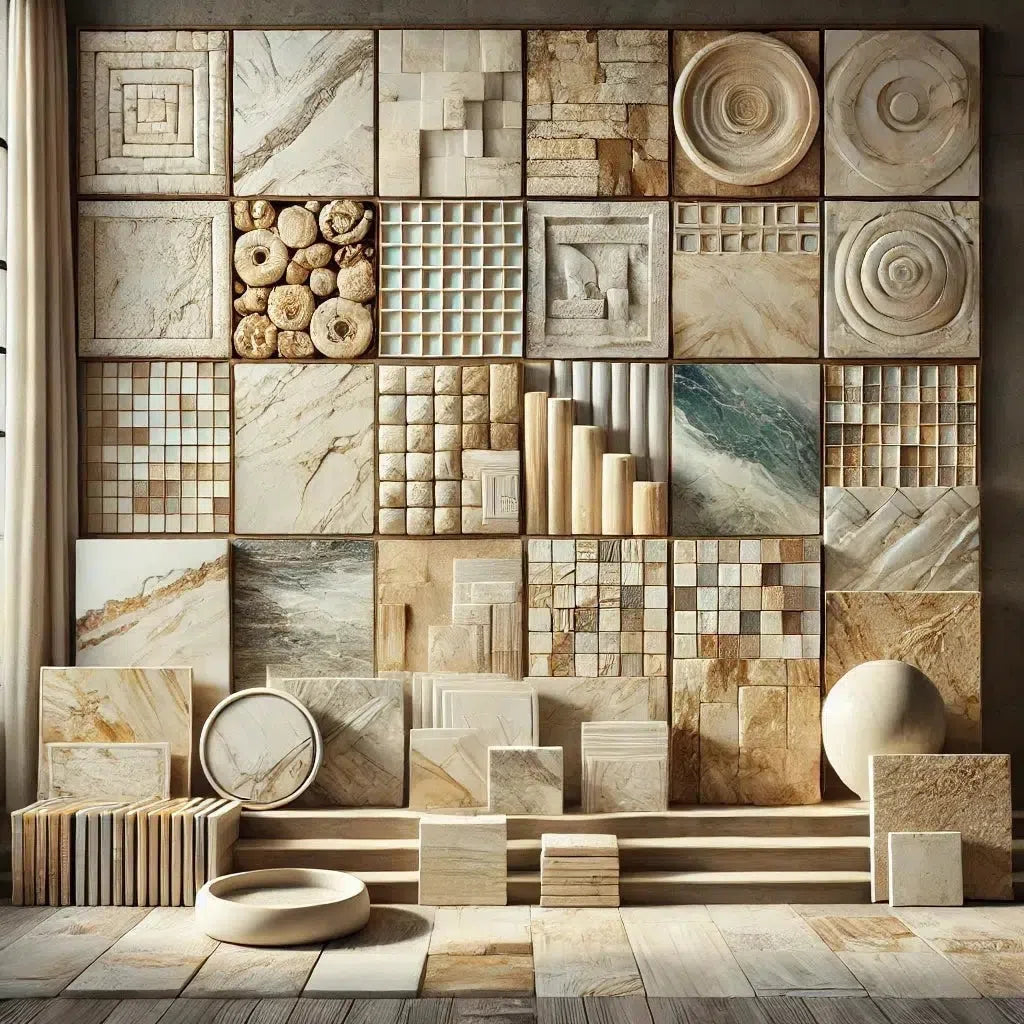 Best Selling Marble Collections
Best Selling Marble Collections
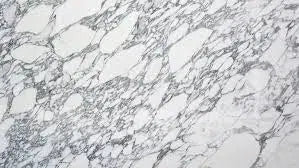 Arabescato Corchia
Arabescato Corchia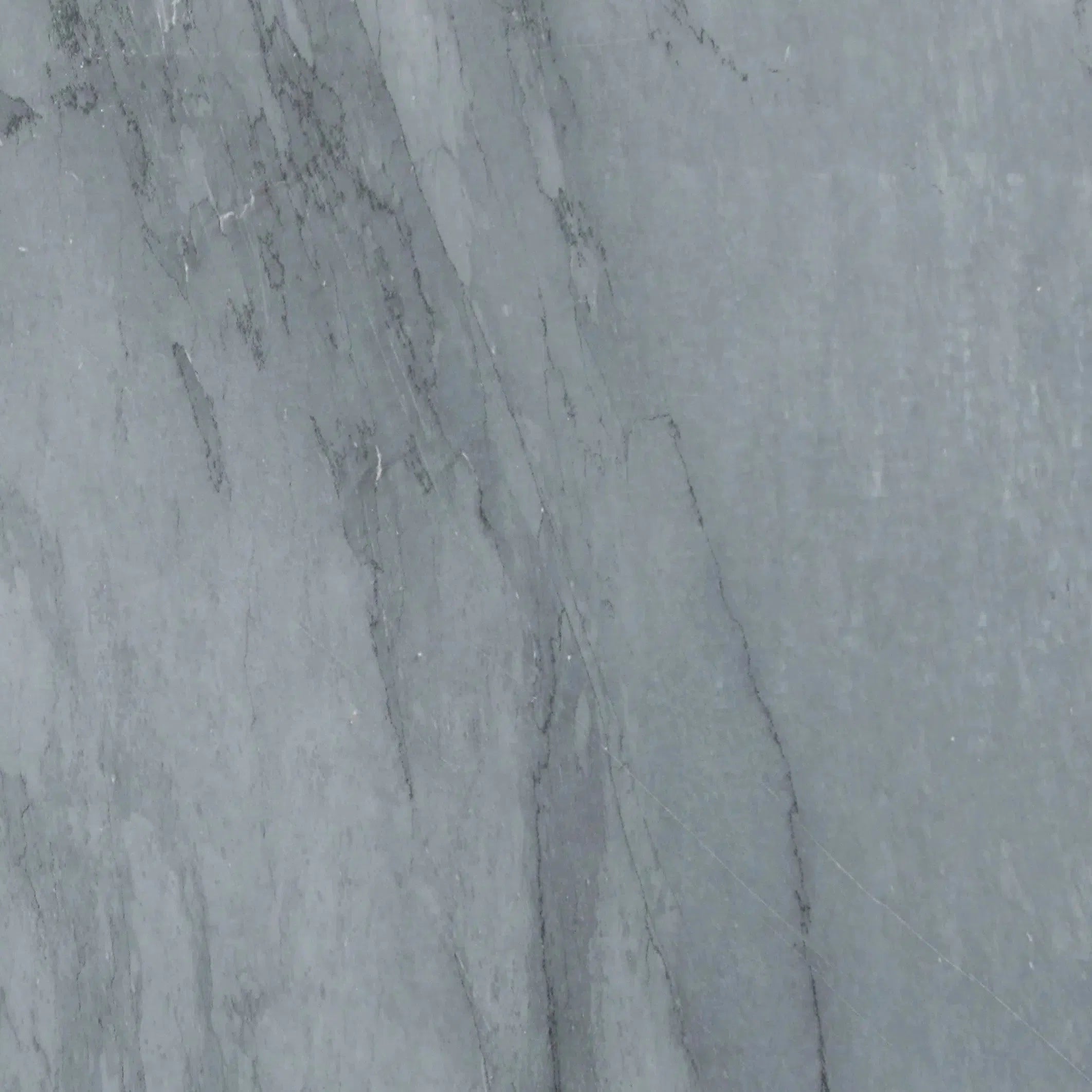 Bardiglio
Bardiglio Bianco Dolomite
Bianco Dolomite 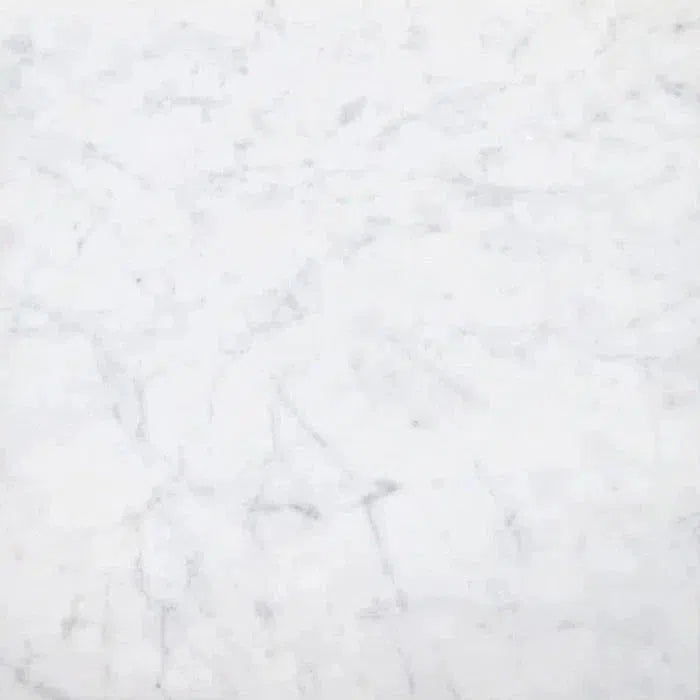 Carrara White
Carrara White 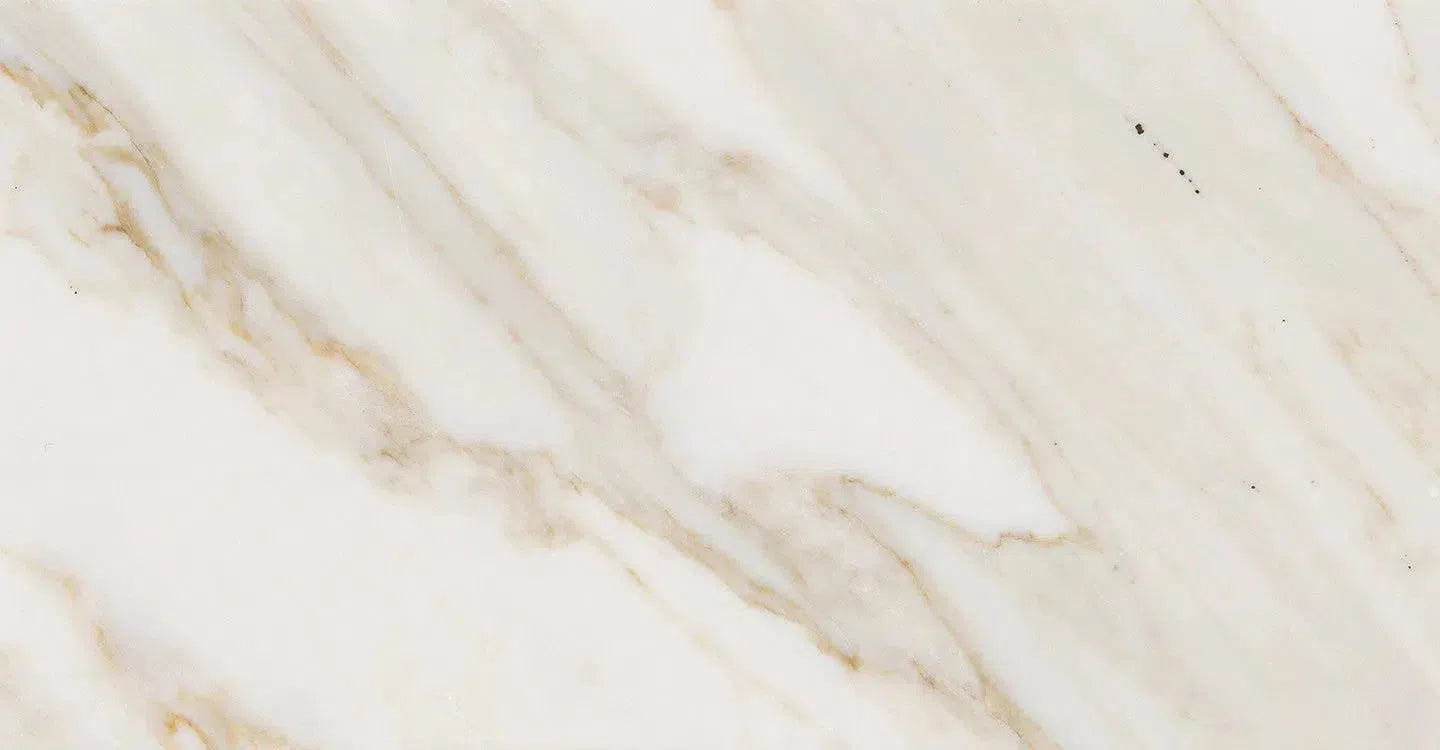 Calacatta Gold
Calacatta Gold Crema Marfil
Crema Marfil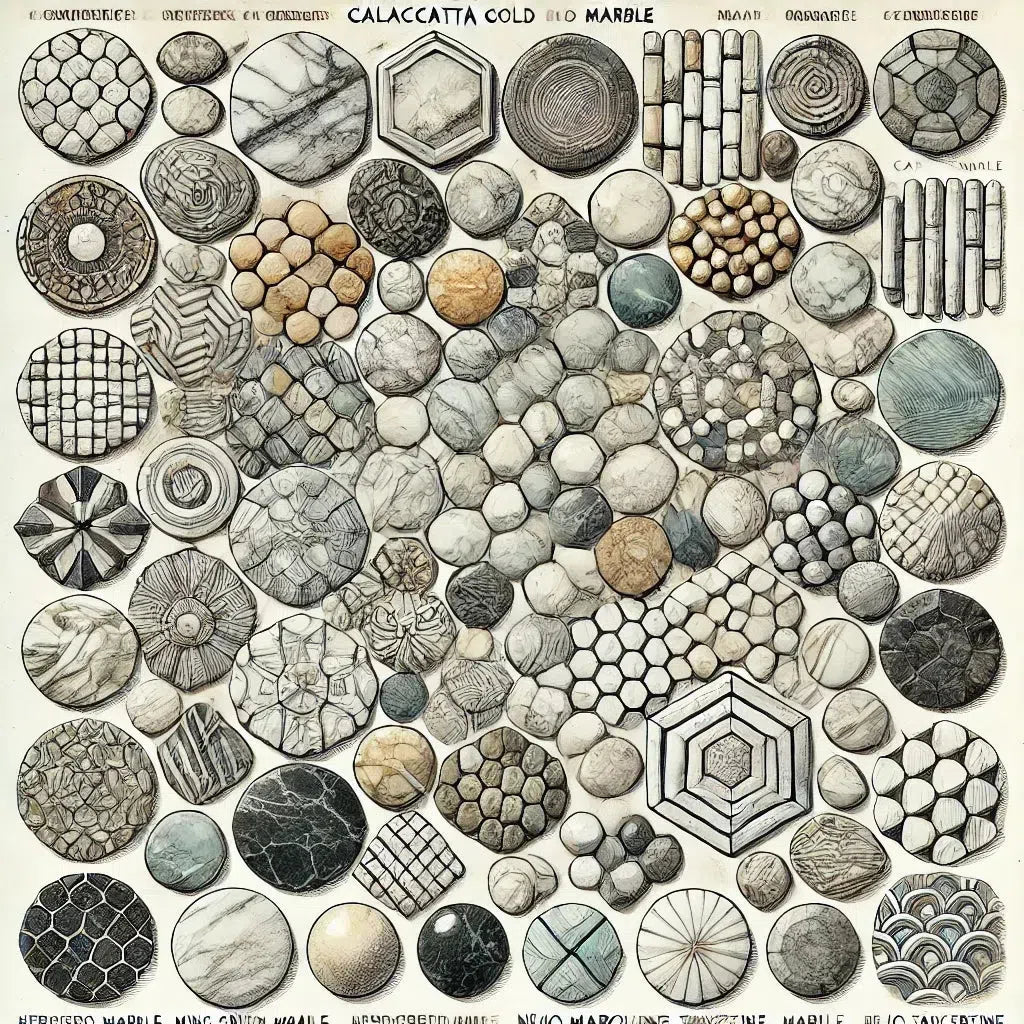 Custom Made Mosaic
Custom Made Mosaic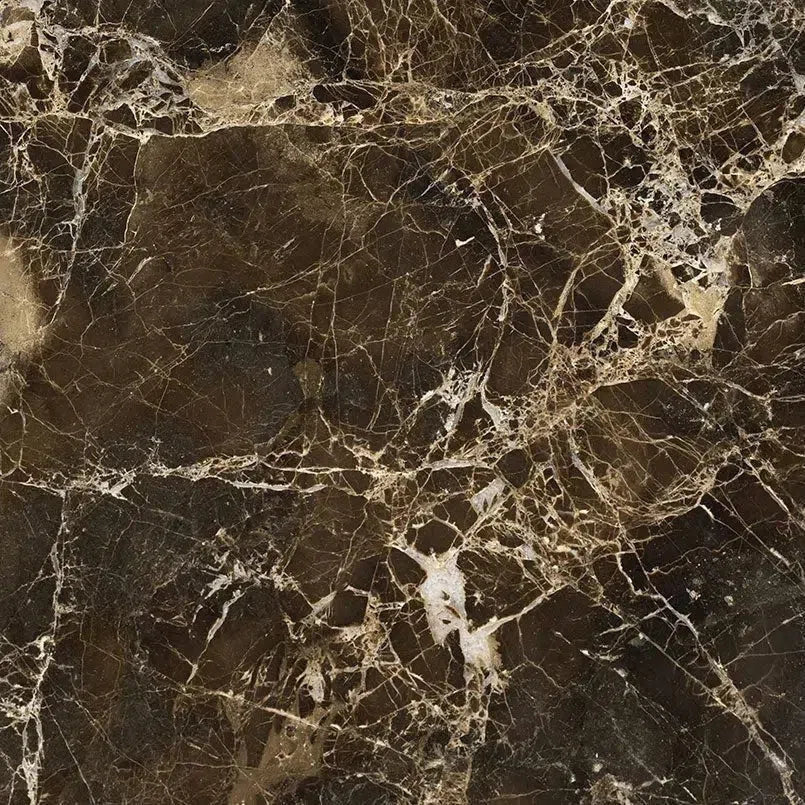 Emperador Dark
Emperador Dark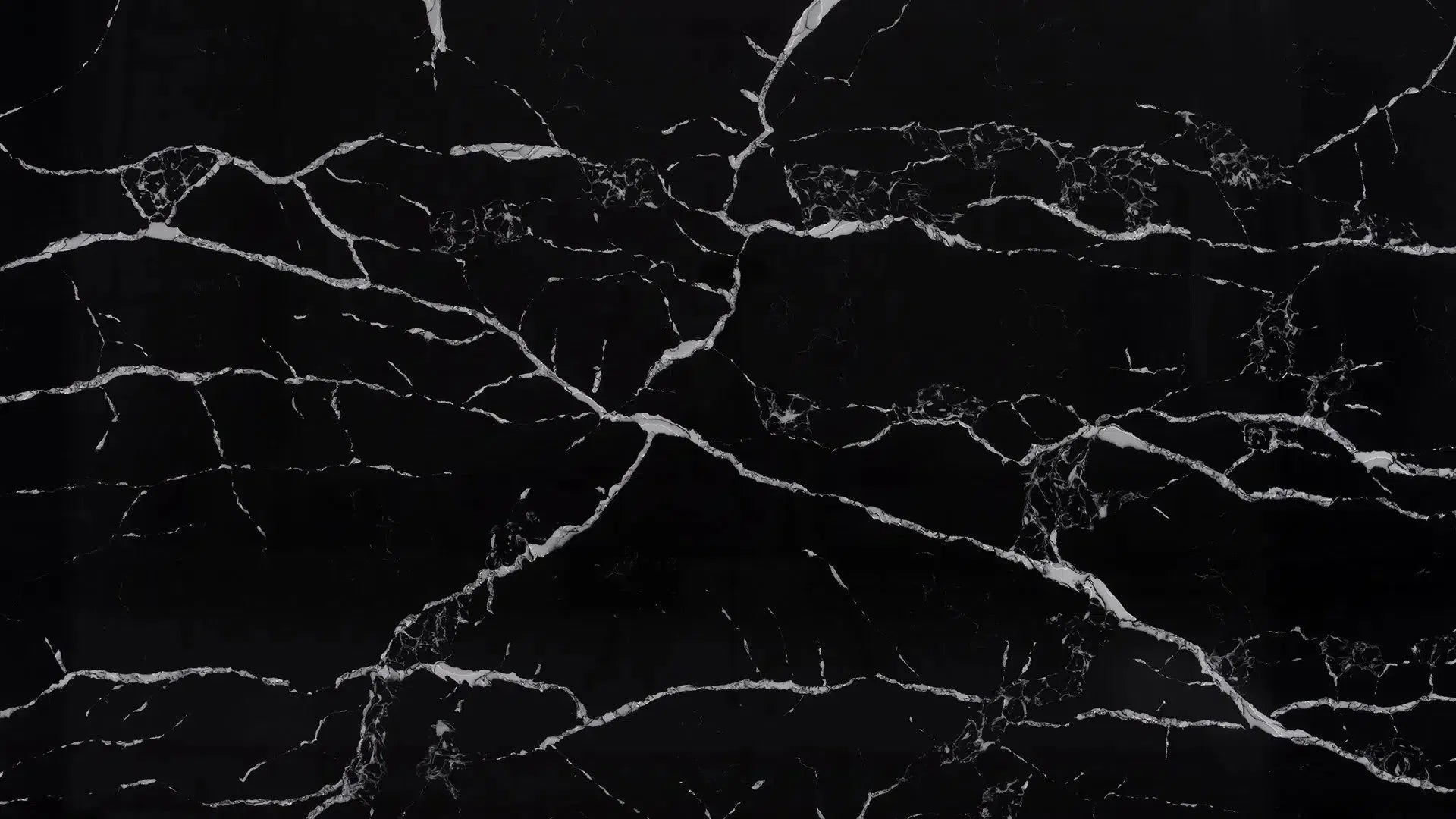 Nero Marquina
Nero Marquina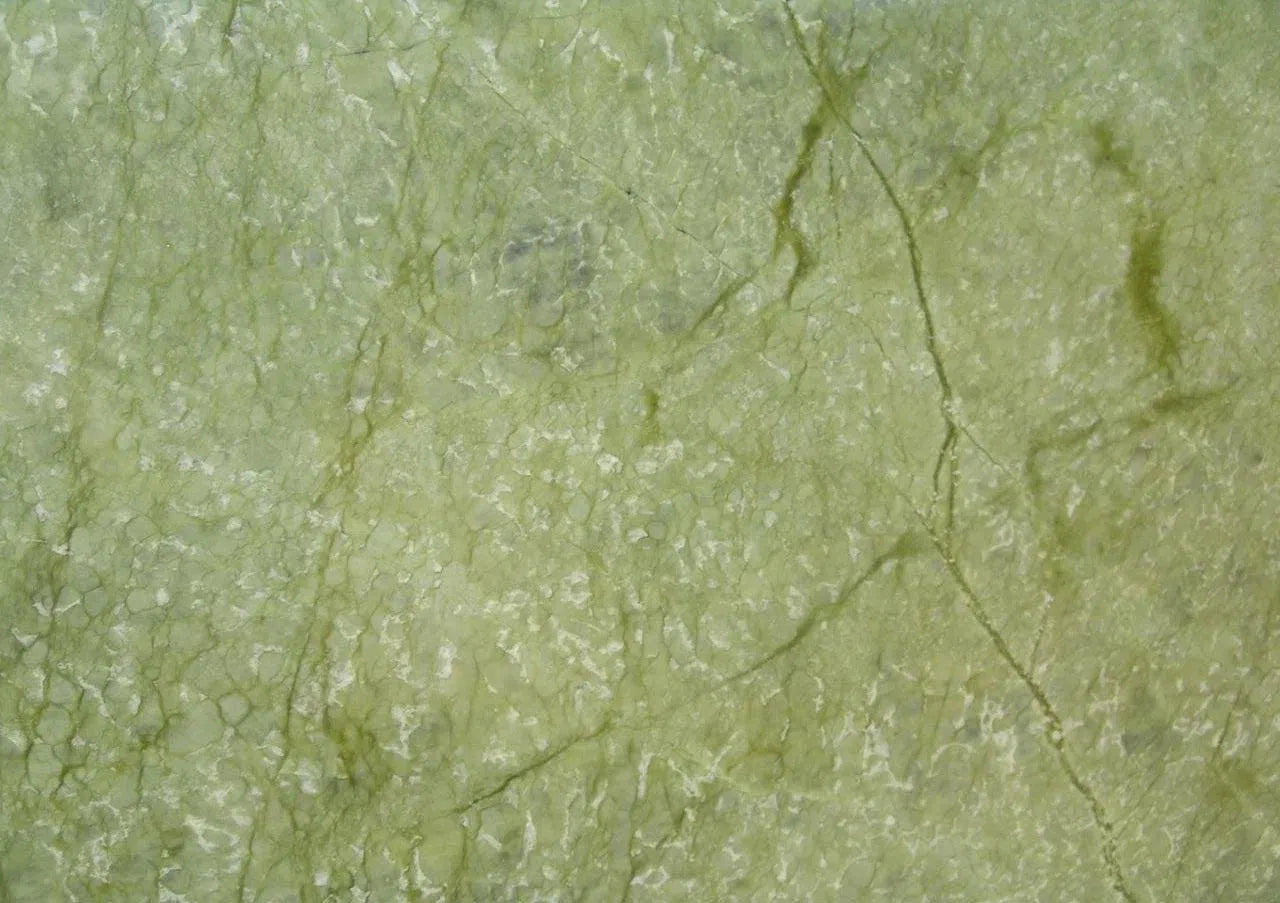 Ming Green Marble
Ming Green Marble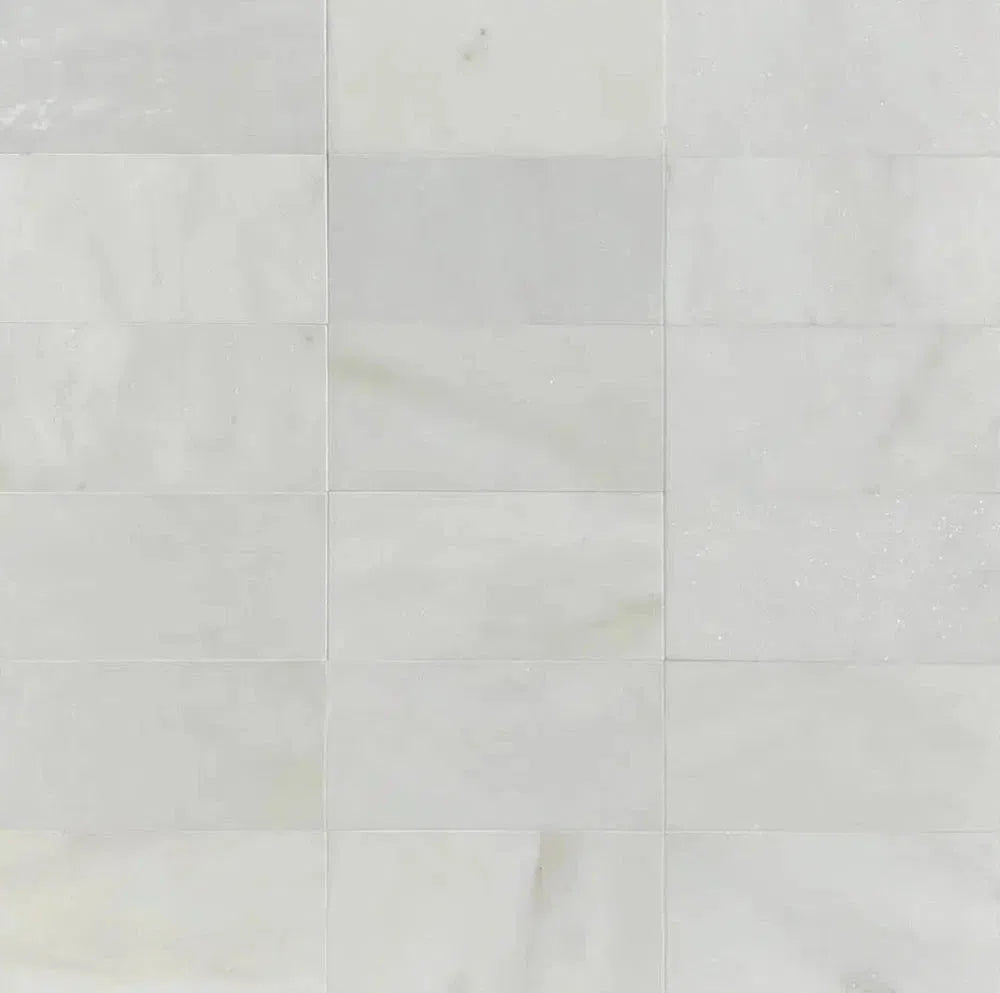 Oriental White Marble (Asian Statuary Marble)
Oriental White Marble (Asian Statuary Marble)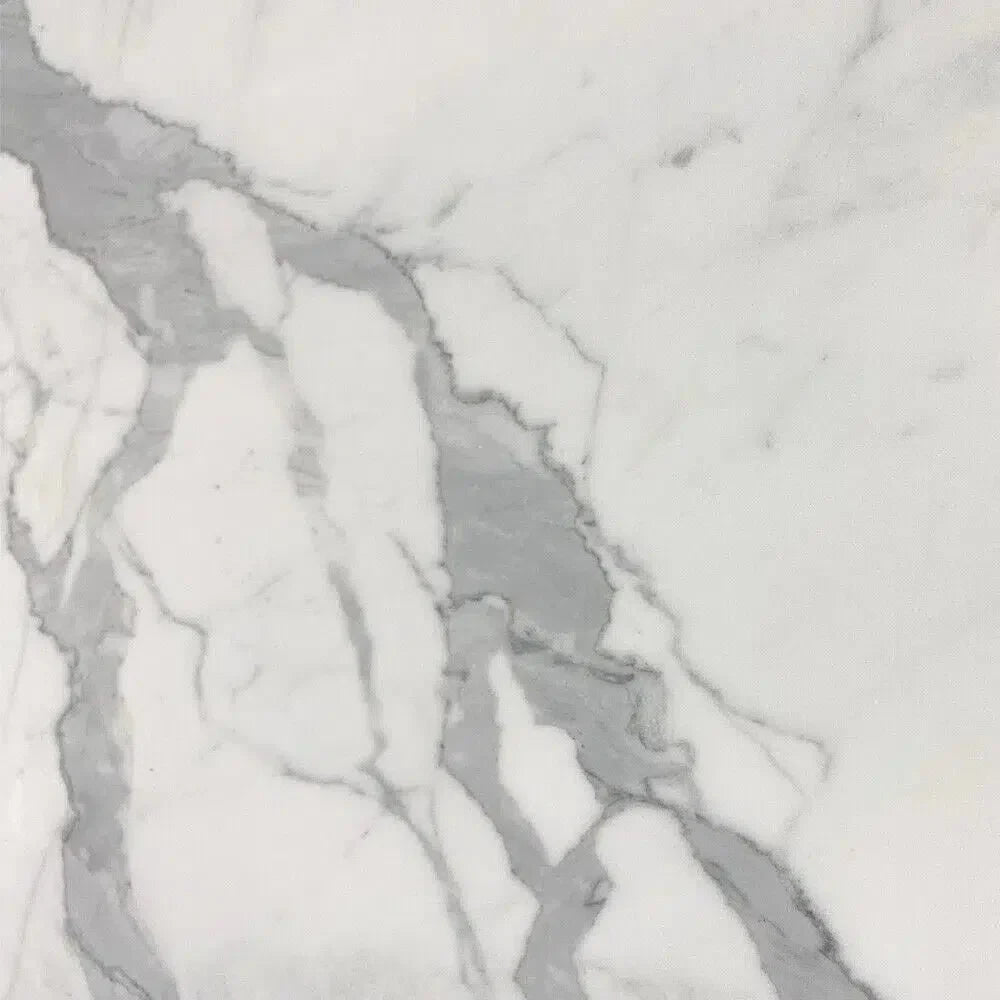 Statuary - Statuario White (Italian) Marble
Statuary - Statuario White (Italian) Marble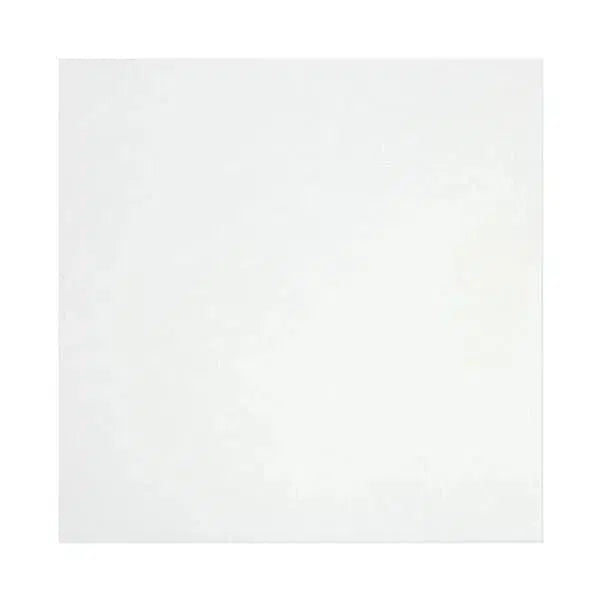 Thassos White
Thassos White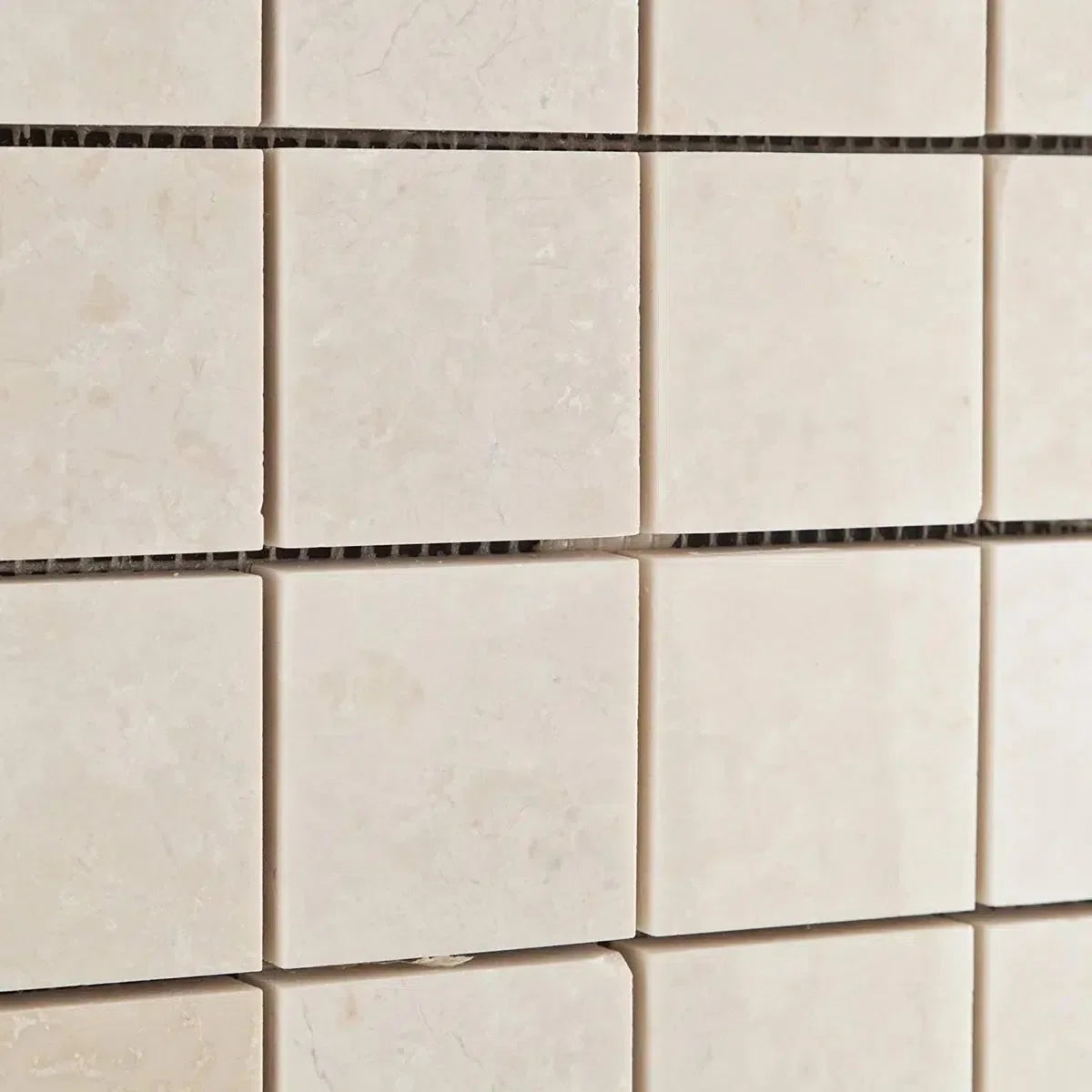 White Pearl/Botticino Beige Marble
White Pearl/Botticino Beige Marble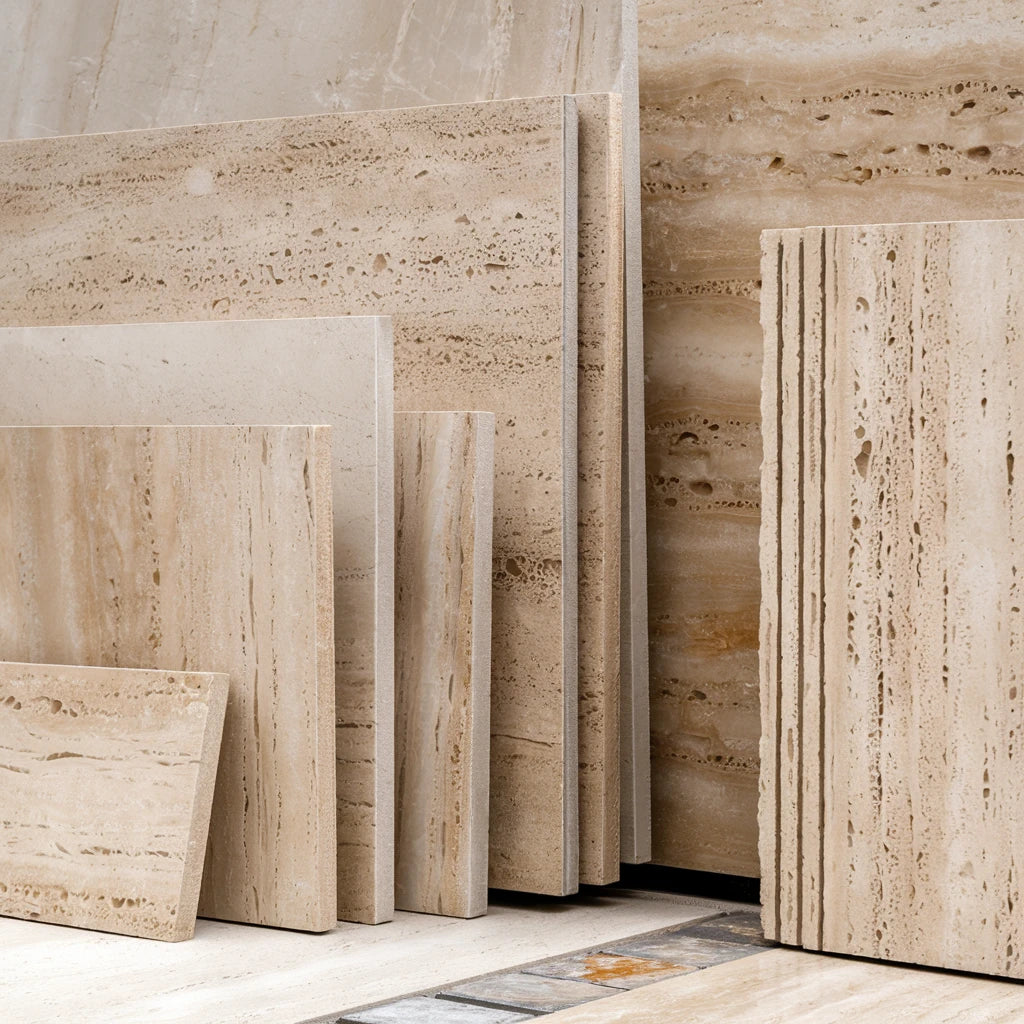 Best Selling Travertine Collections
Best Selling Travertine Collections
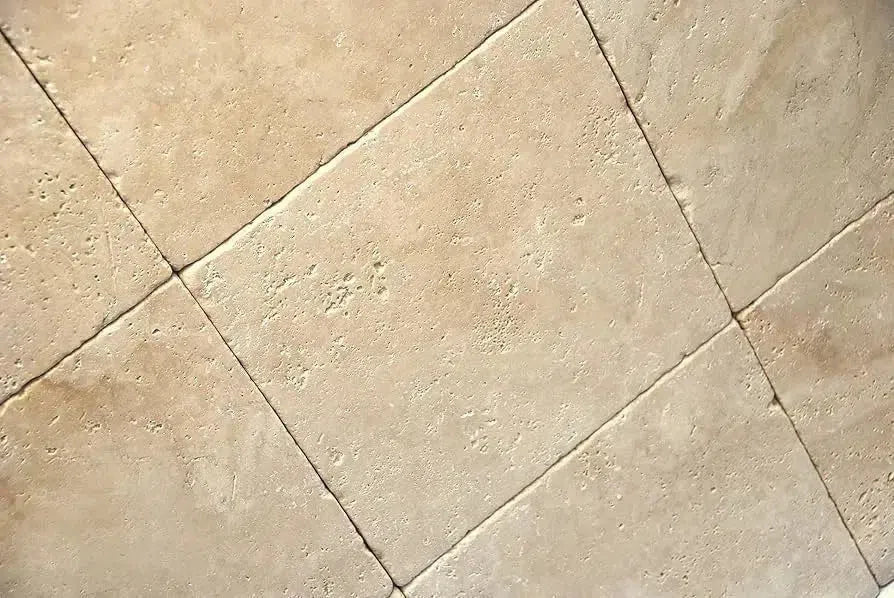 Ivory Travertine
Ivory Travertine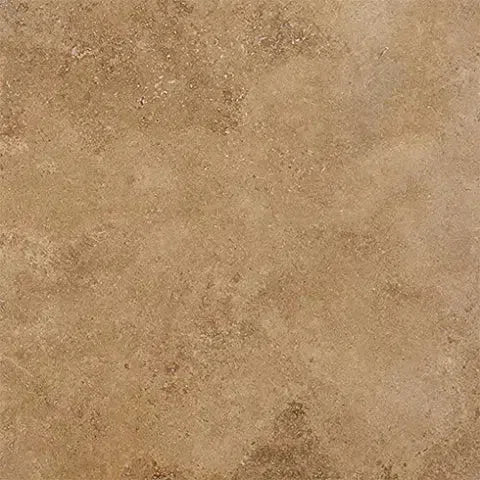 Noce Travertine
Noce Travertine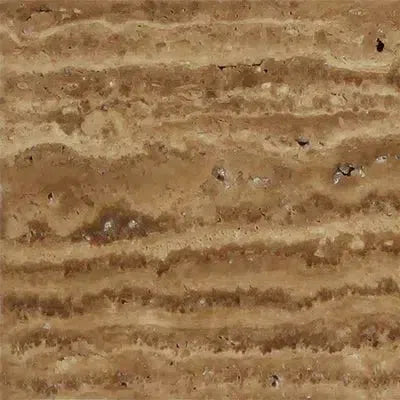 Exotic Noce Travertine
Exotic Noce Travertine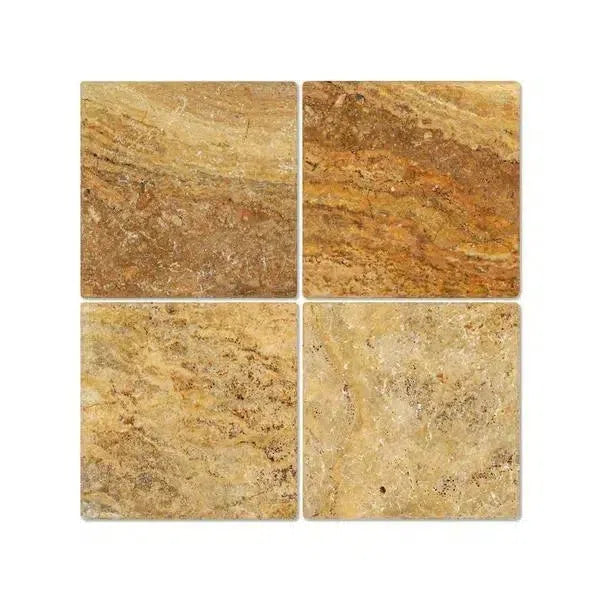 Scabos | Autumn Leaves Travertine
Scabos | Autumn Leaves Travertine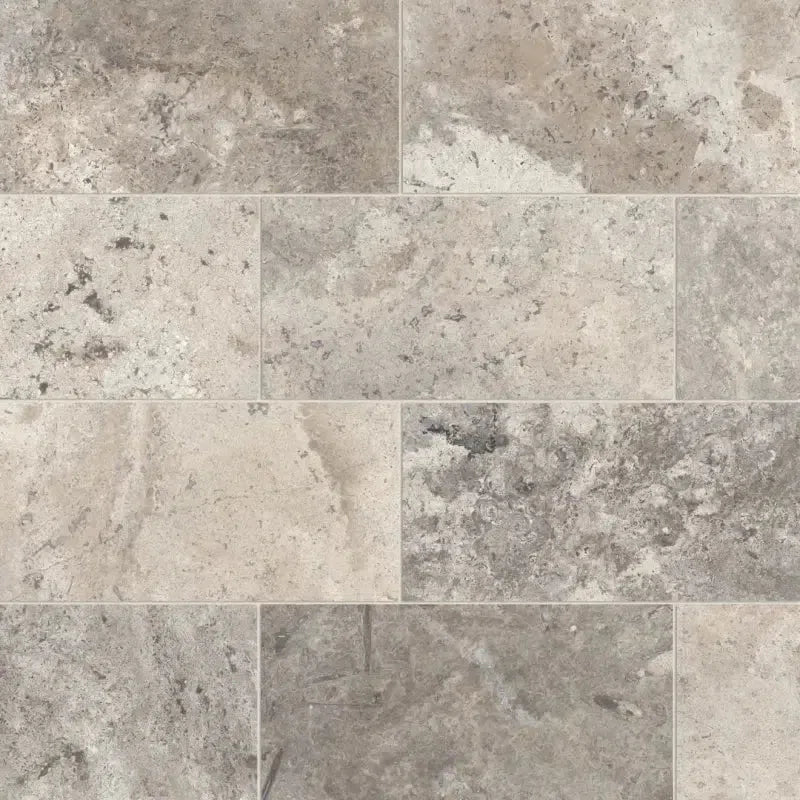 Silver Travertine
Silver Travertine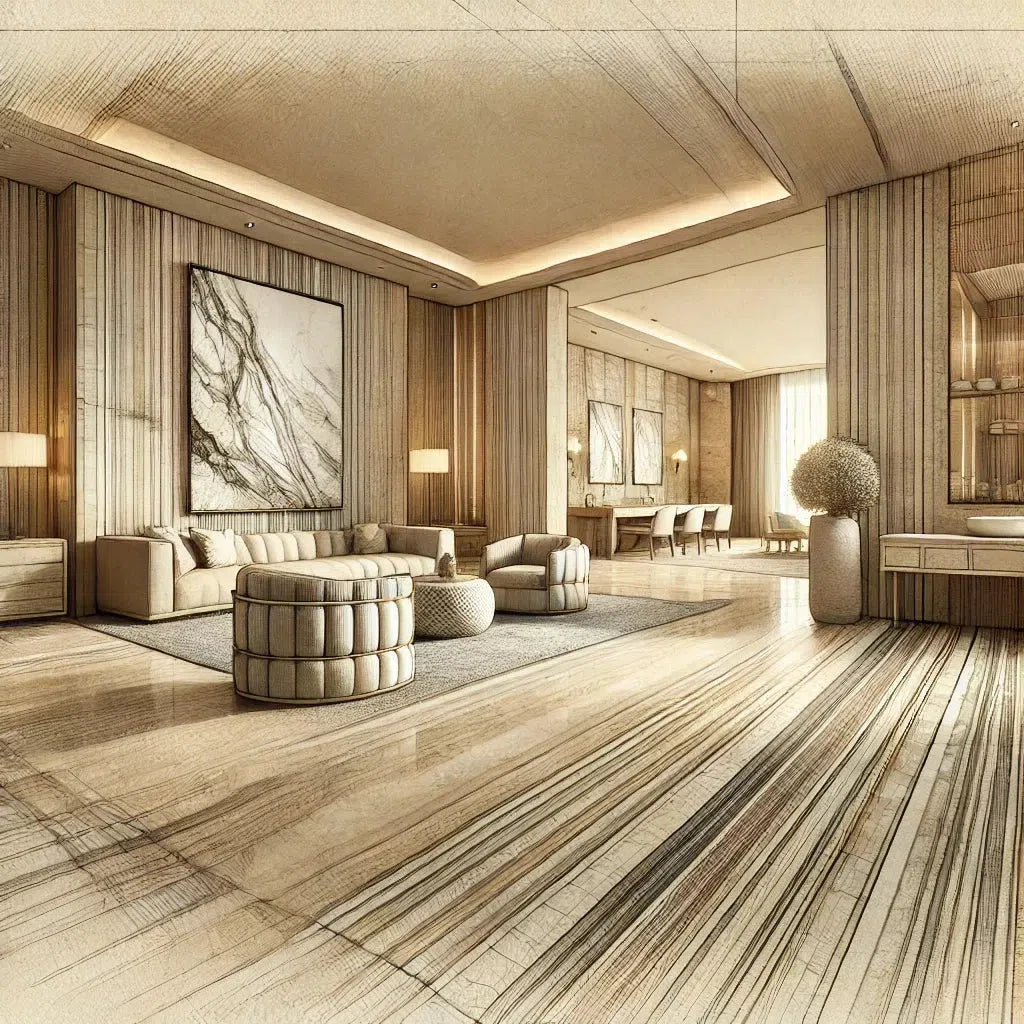 Exotic Travertine
Exotic Travertine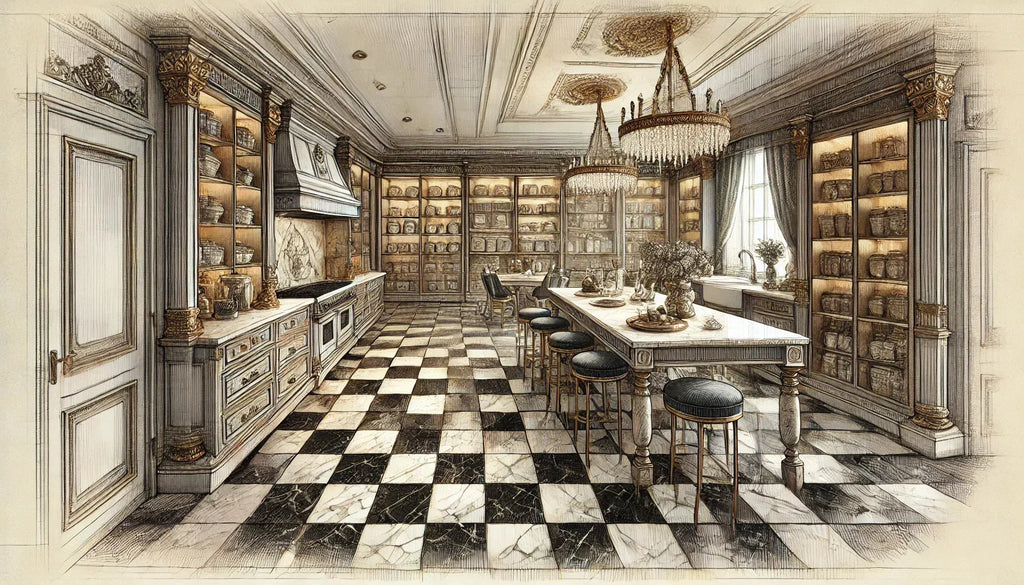 Checkerboard
Checkerboard
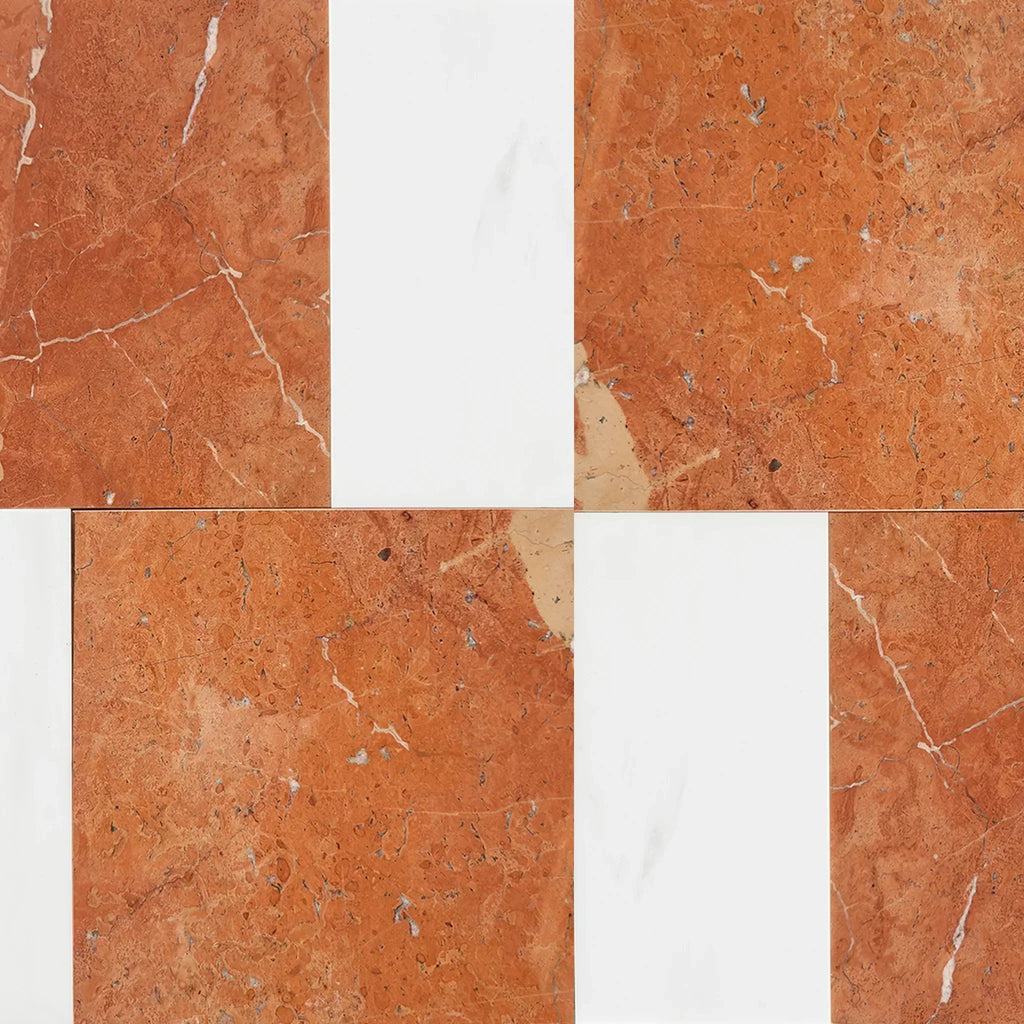 Patterned Tile
Patterned Tile
 Shop By Material
Shop By Material
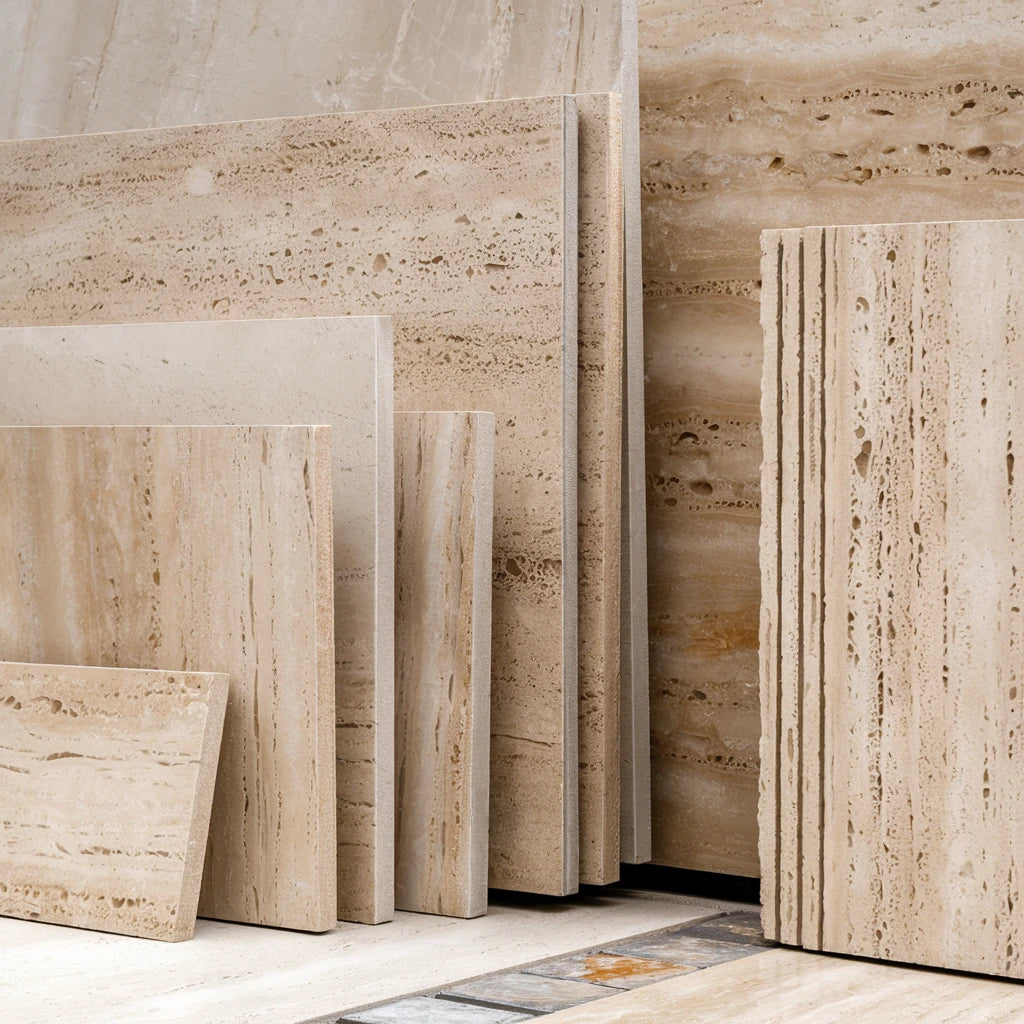 Travertine
Travertine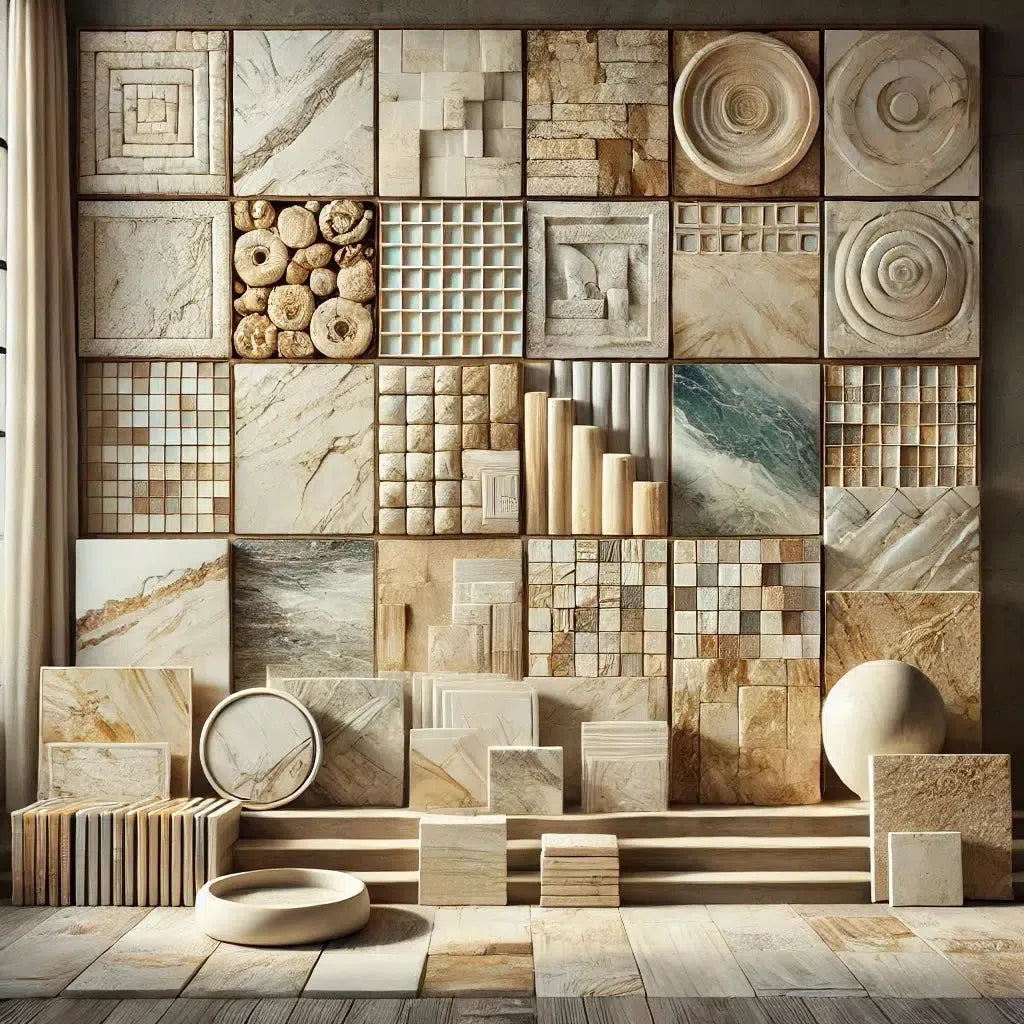 Marble
Marble Limestone
Limestone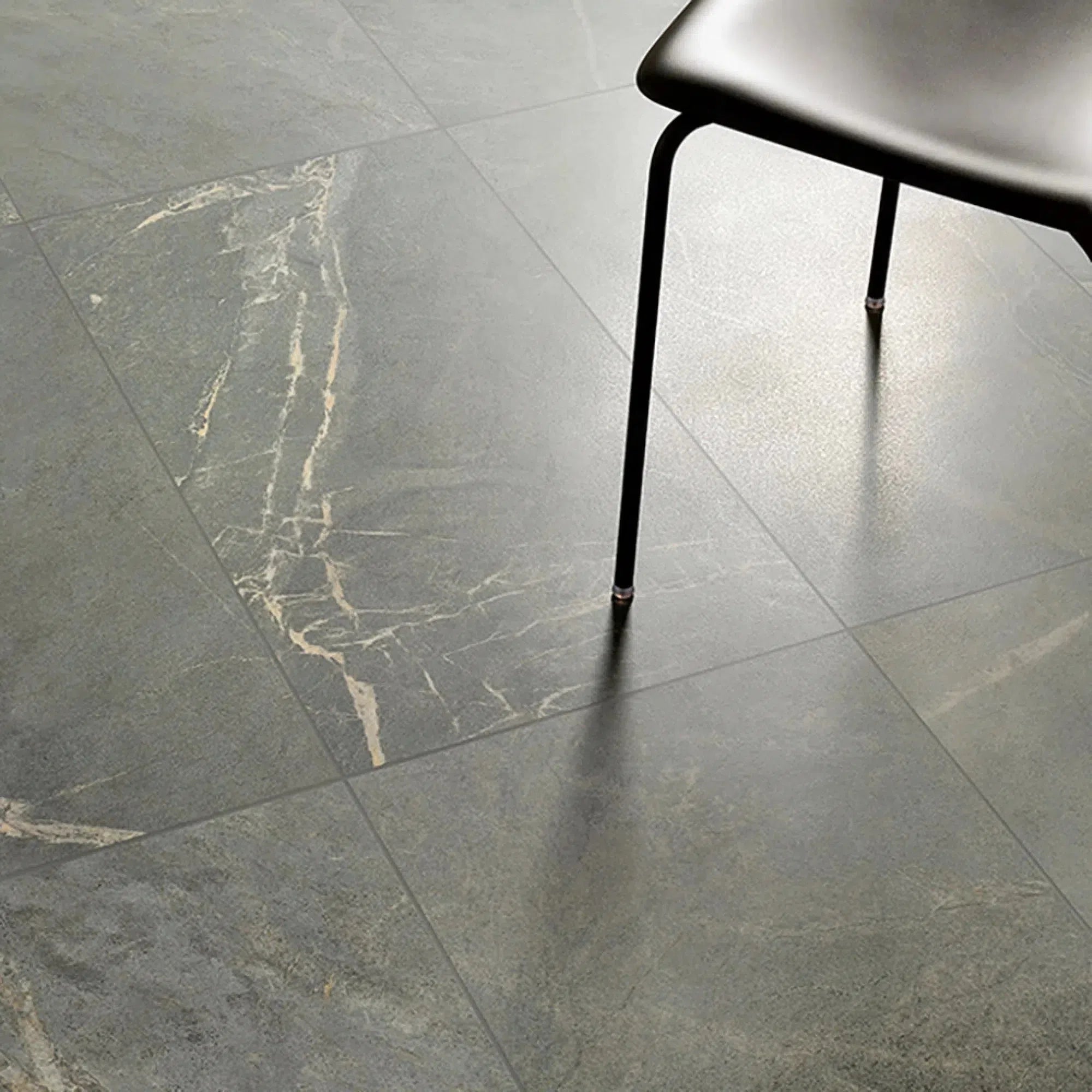 Soap Stone
Soap Stone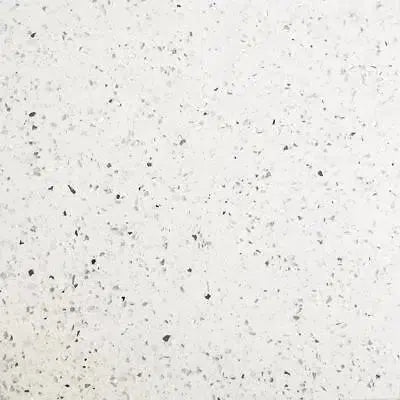 Quartz
Quartz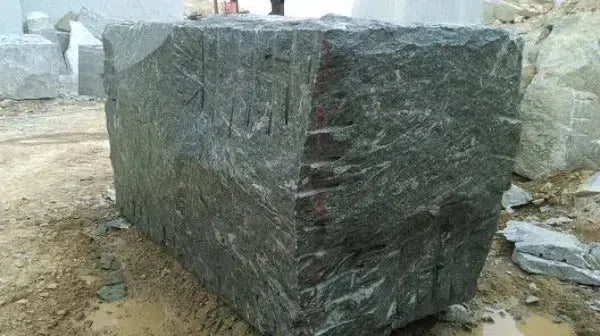 Granite
Granite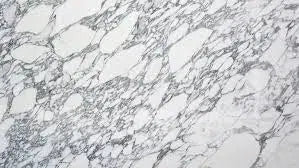 Shop By Name
Shop By Name
 Absolute Black Granite
Absolute Black Granite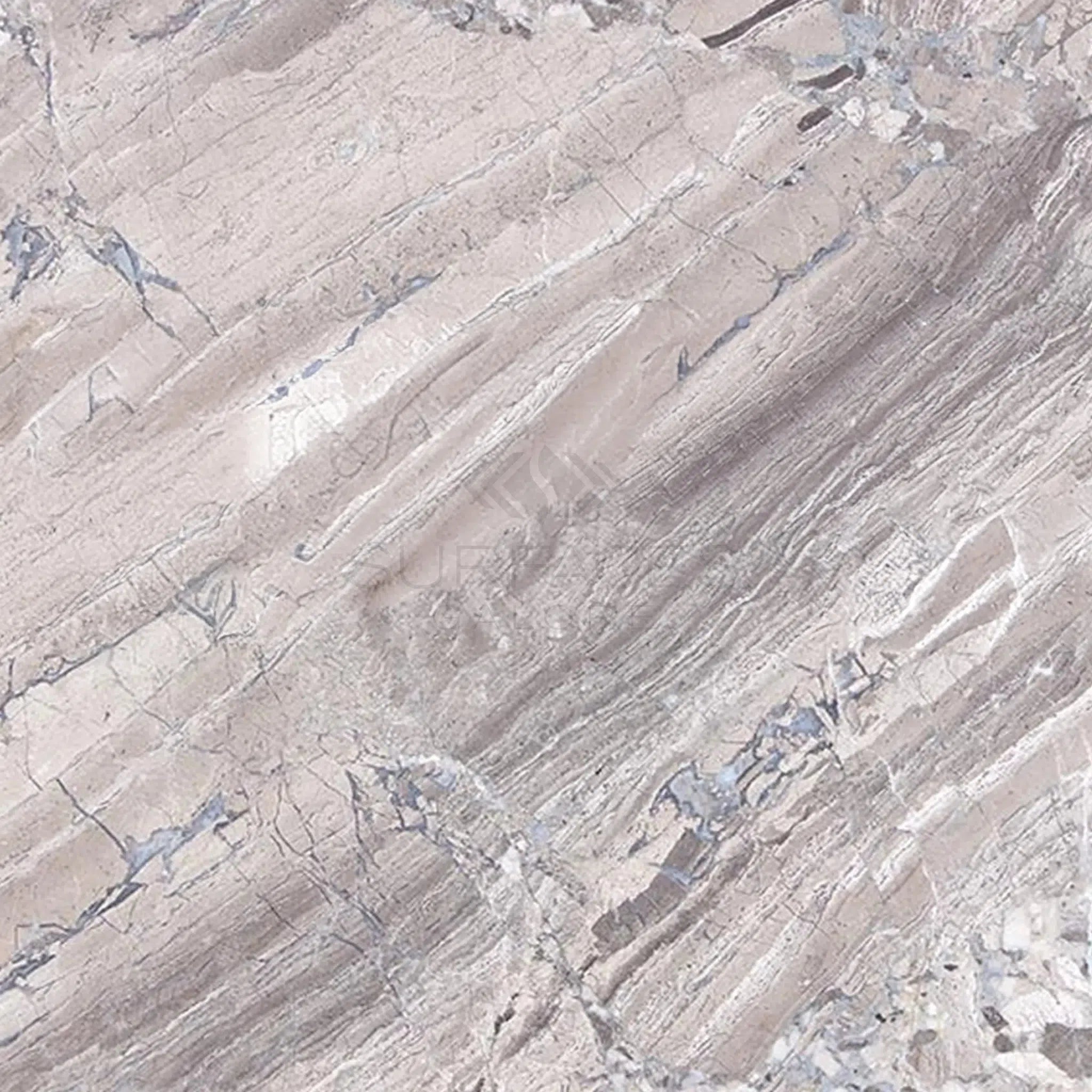 Atlantic Gray Marble
Atlantic Gray Marble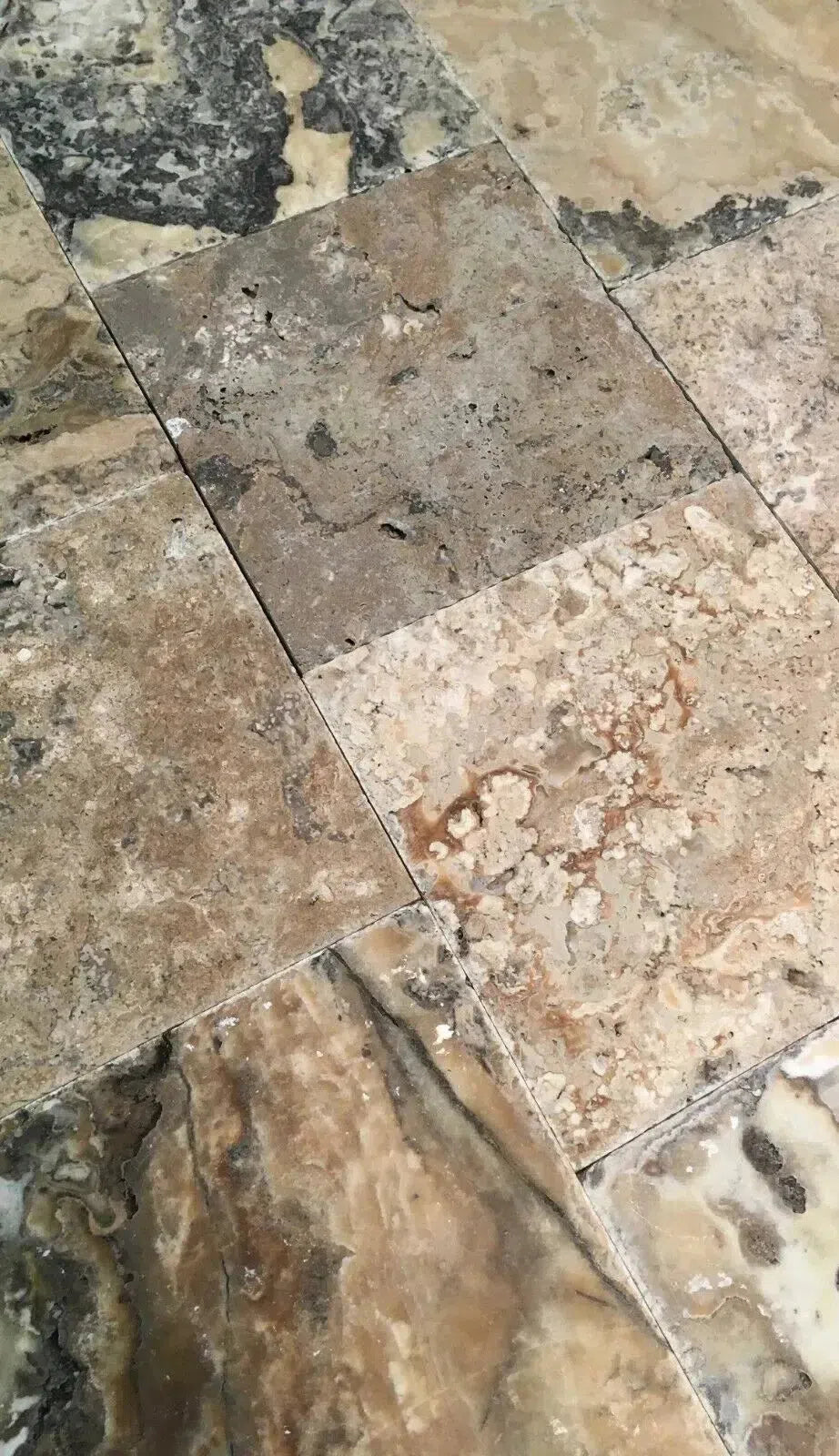 Antico Onyx Travertine
Antico Onyx Travertine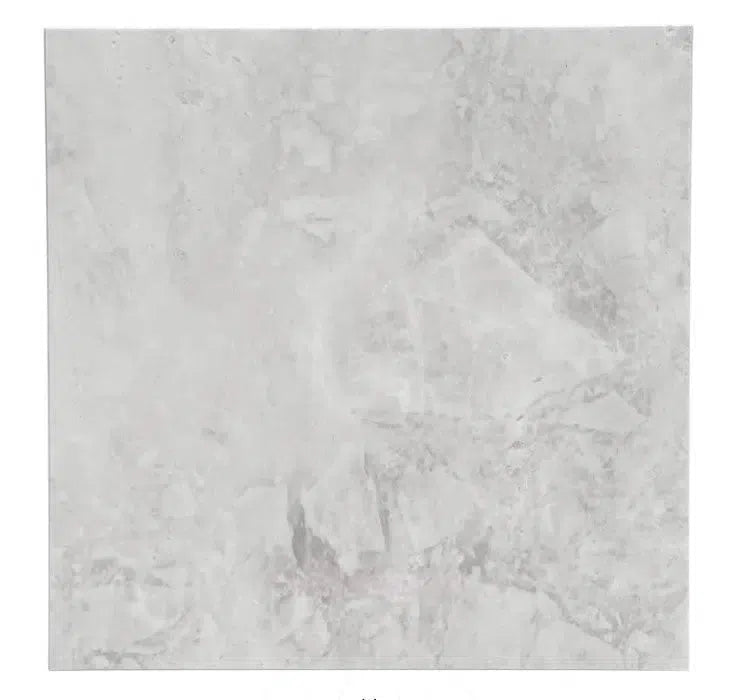 Bianco Congelato Dolomite
Bianco Congelato Dolomite Bianco Venatino (Bianco Mare) Marble
Bianco Venatino (Bianco Mare) Marble Burgundy Mocha Marble
Burgundy Mocha Marble Calacatta Verde Royale Marble
Calacatta Verde Royale Marble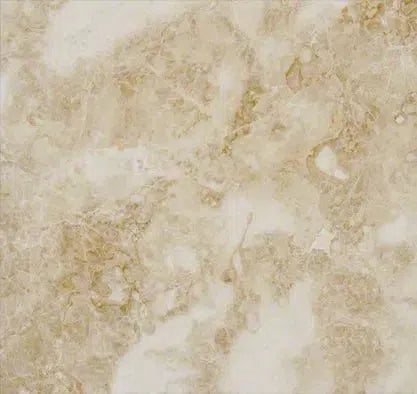 Cappuccino Marble
Cappuccino Marble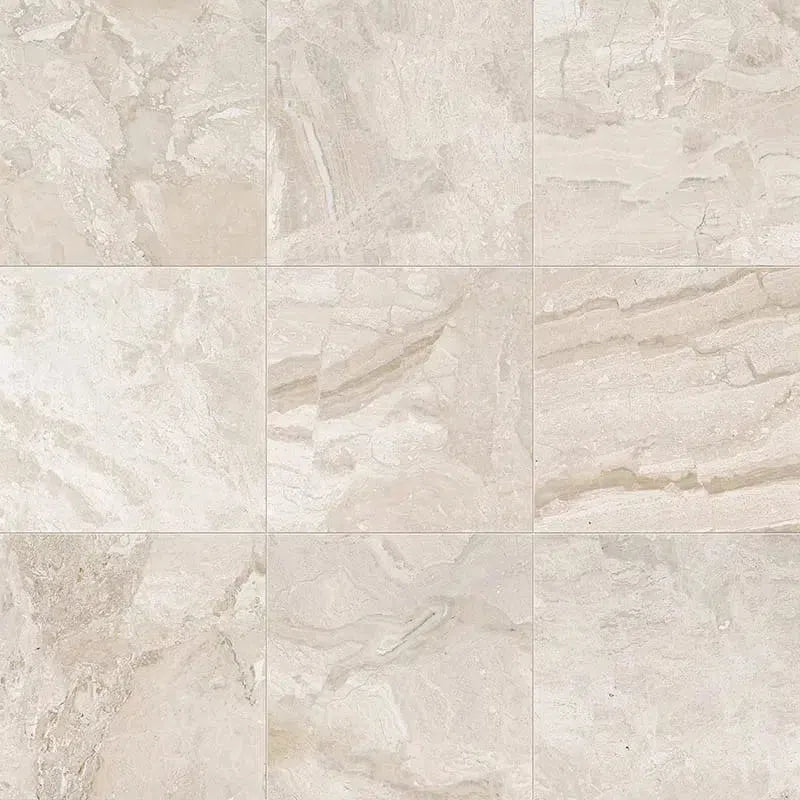 Diano Royal (Queen Beige) Marble
Diano Royal (Queen Beige) Marble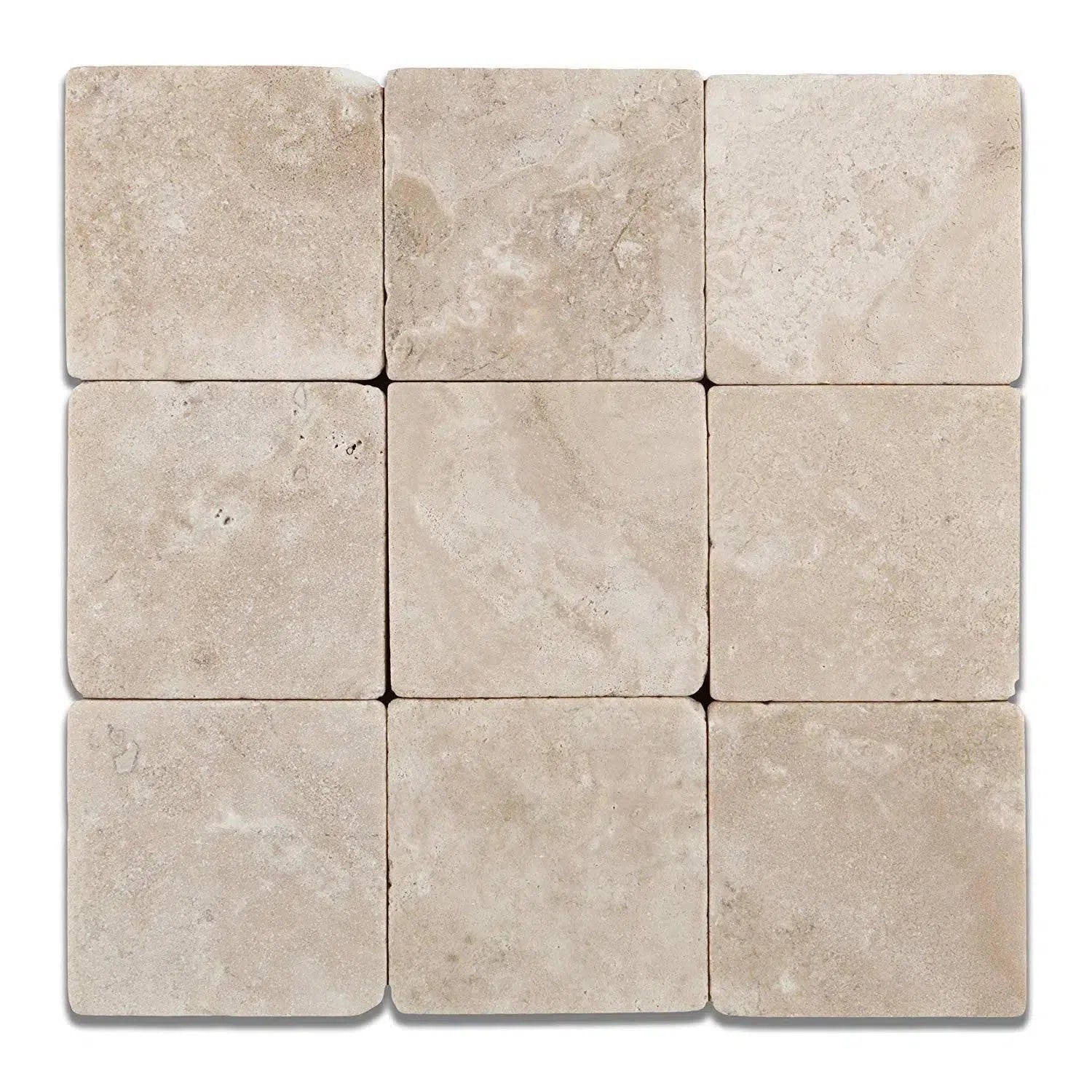 Durango Cream Traverine
Durango Cream Traverine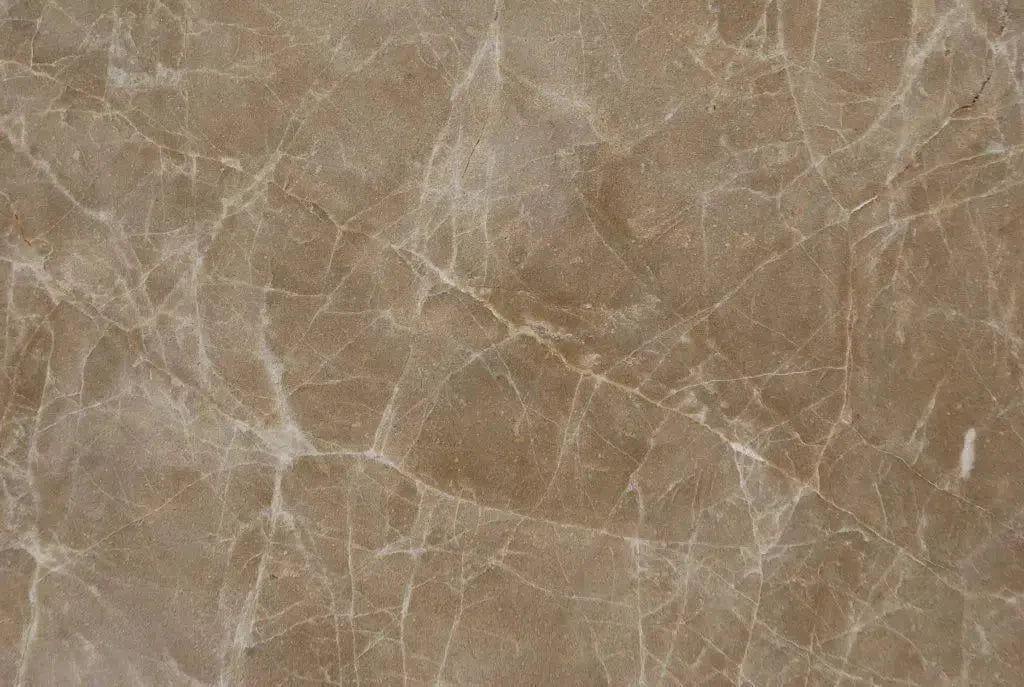 Emperador Light Marble
Emperador Light Marble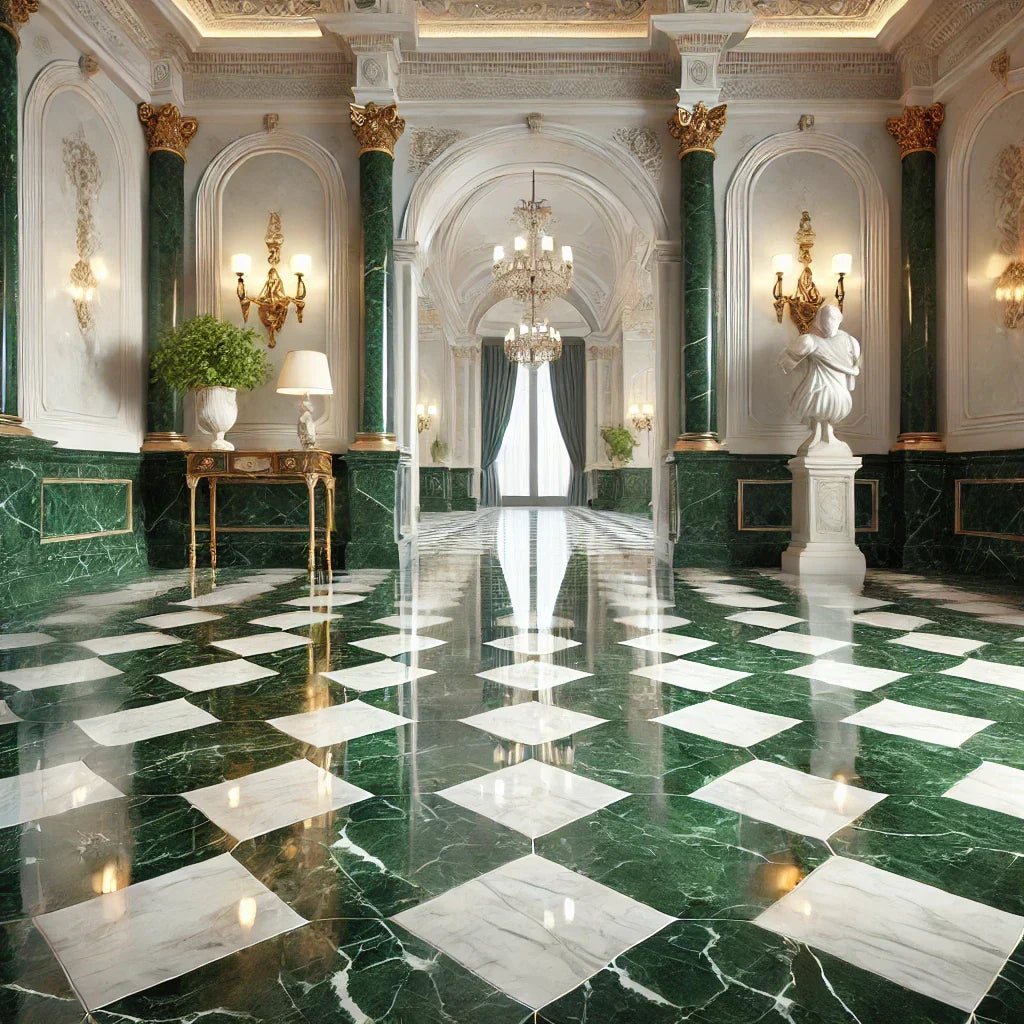 Empress Green Marble
Empress Green Marble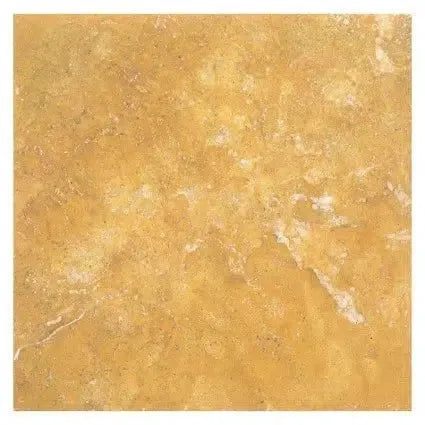 Gold/Yellow Travertine
Gold/Yellow Travertine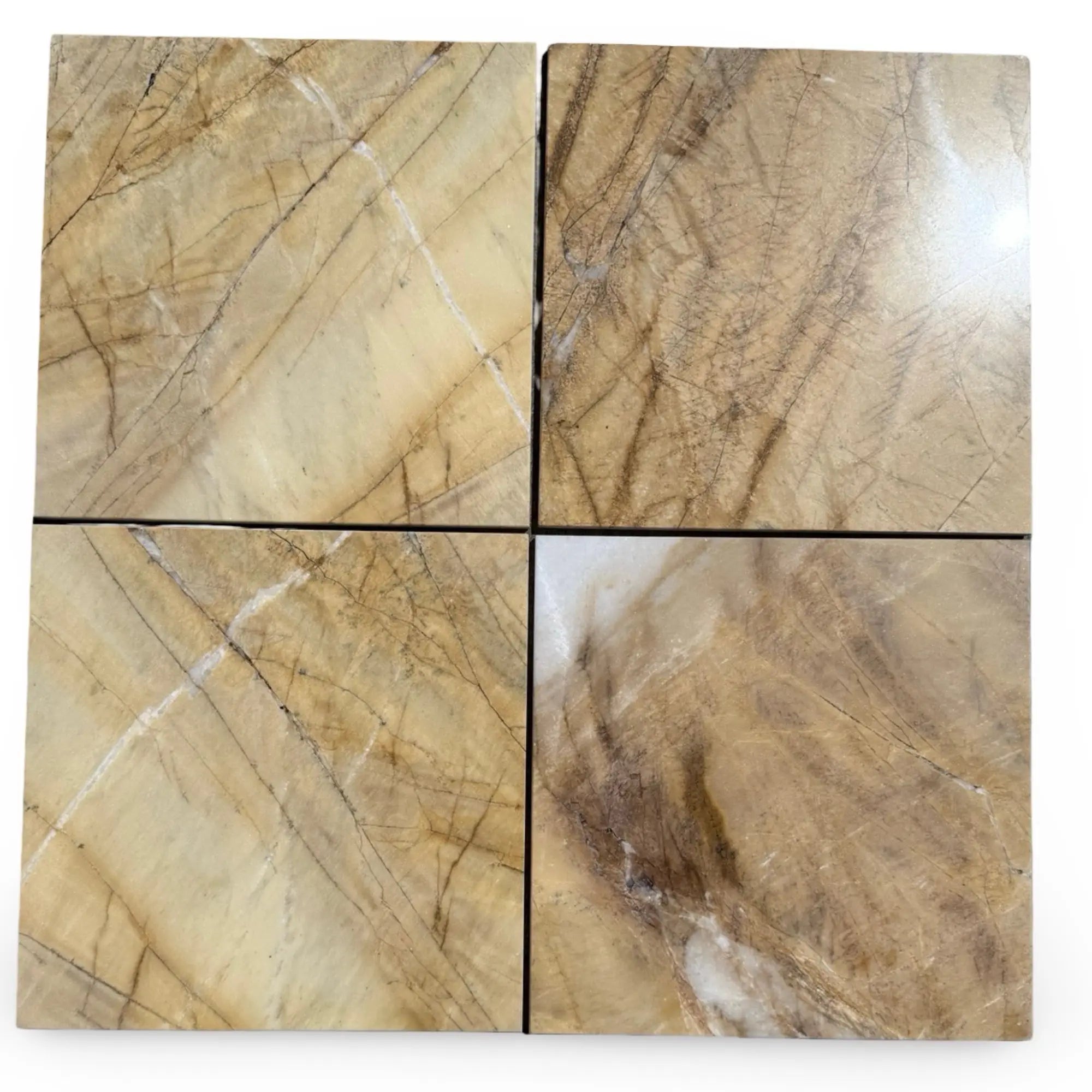 Golden Horizon Marble
Golden Horizon Marble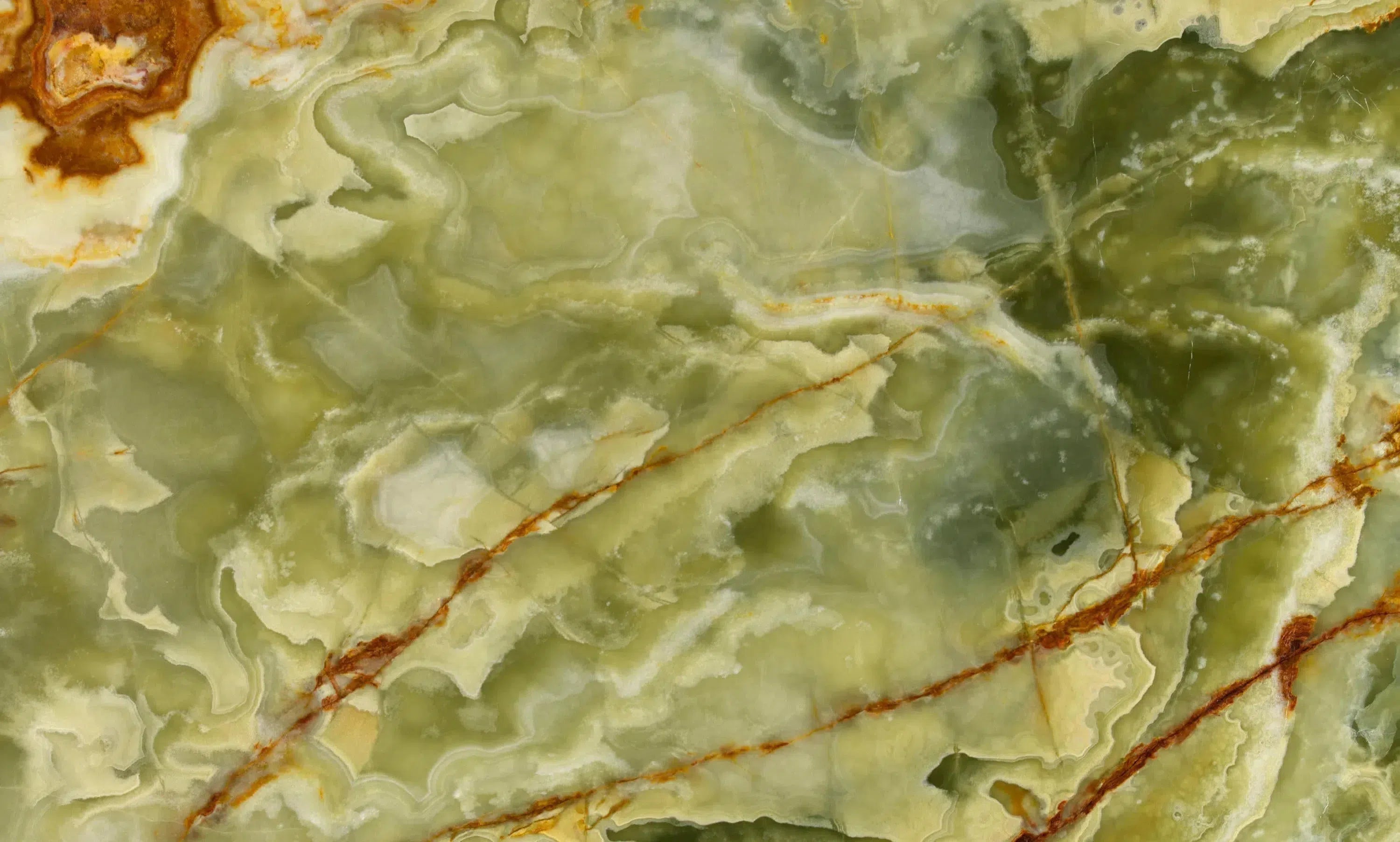 Green Onyx Marble
Green Onyx Marble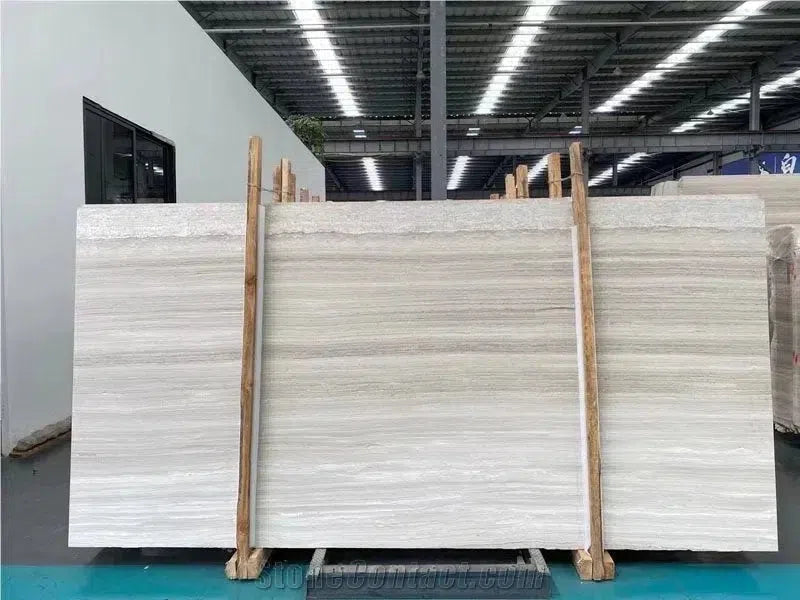 Haisa Light (White Wood) Limestone
Haisa Light (White Wood) Limestone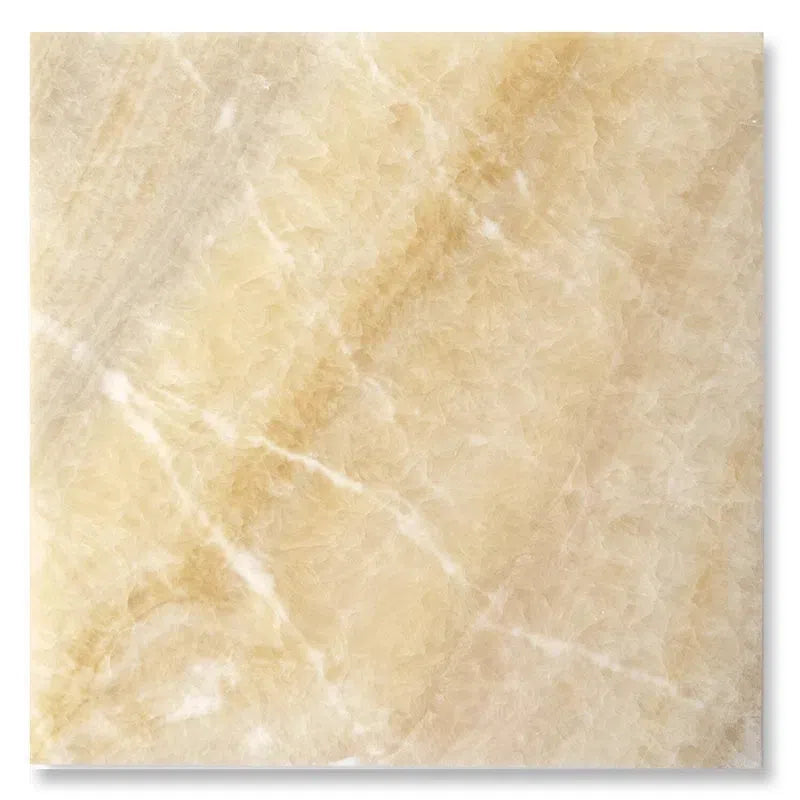 Honey Onyx Marble
Honey Onyx Marble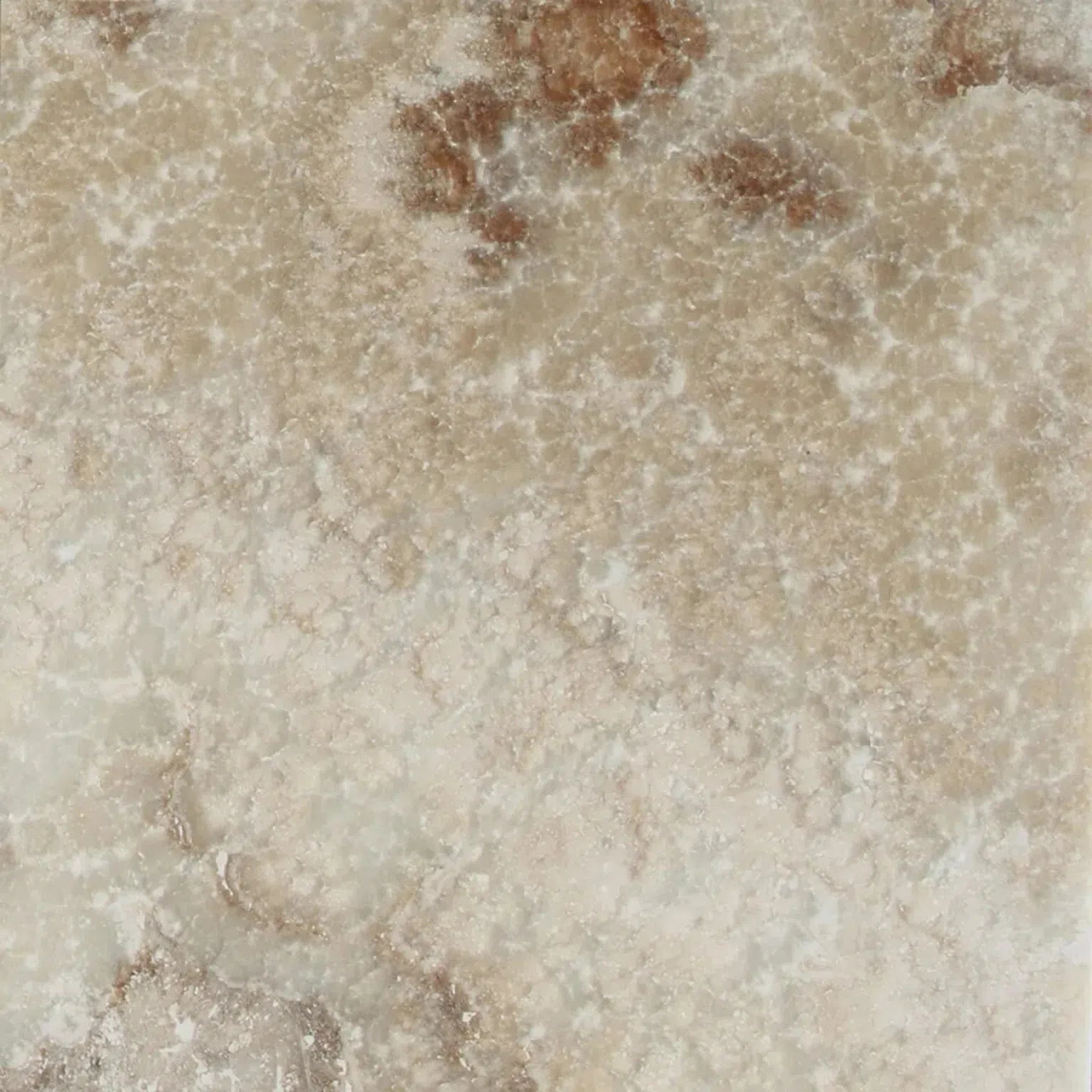 La Travonya Travertine
La Travonya Travertine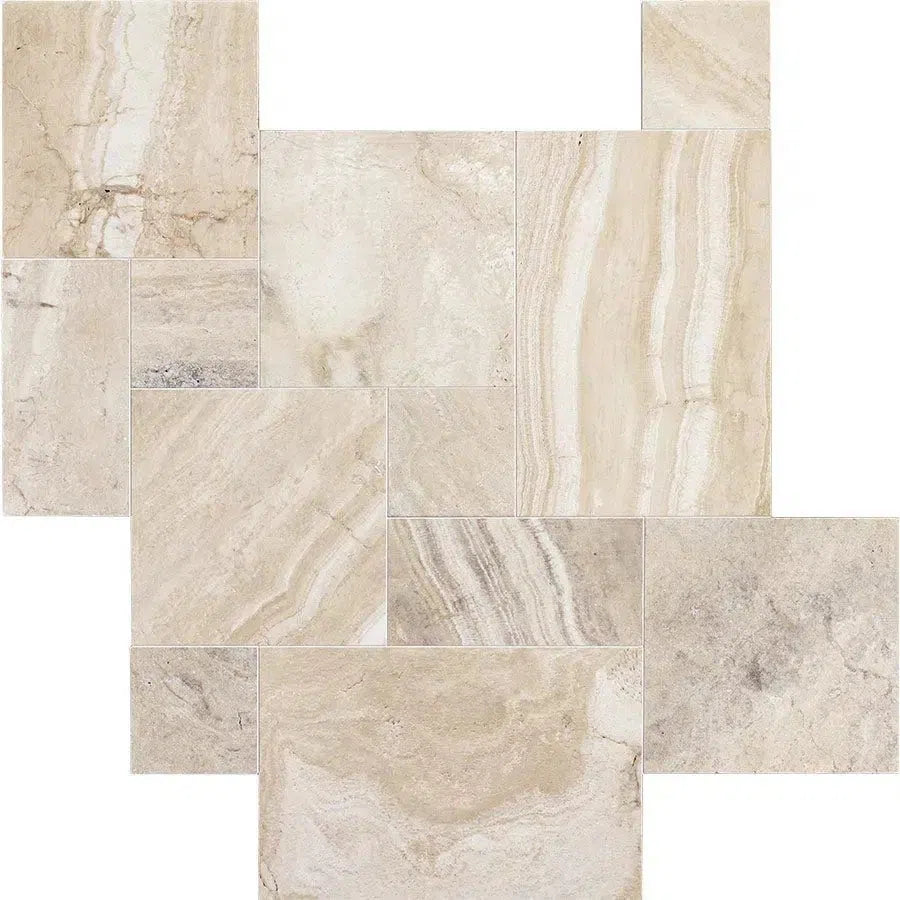 Malibu Travertine
Malibu Travertine Mink (Equator) Marble
Mink (Equator) Marble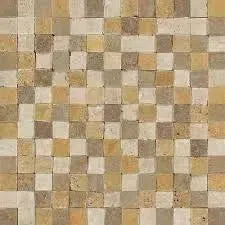 Mixed (Ivory-Noce-Gold) Travertine
Mixed (Ivory-Noce-Gold) Travertine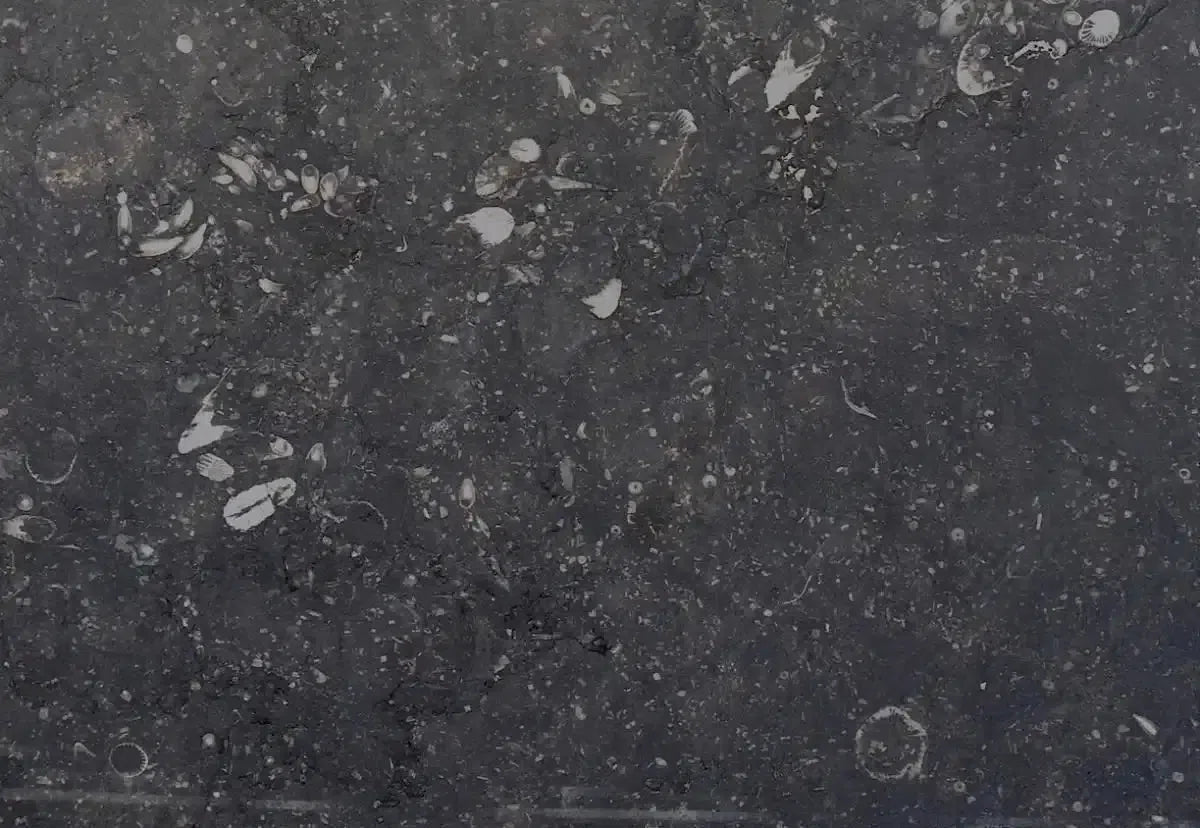 Pierre Bleue (Pierre Blue) Marble
Pierre Bleue (Pierre Blue) Marble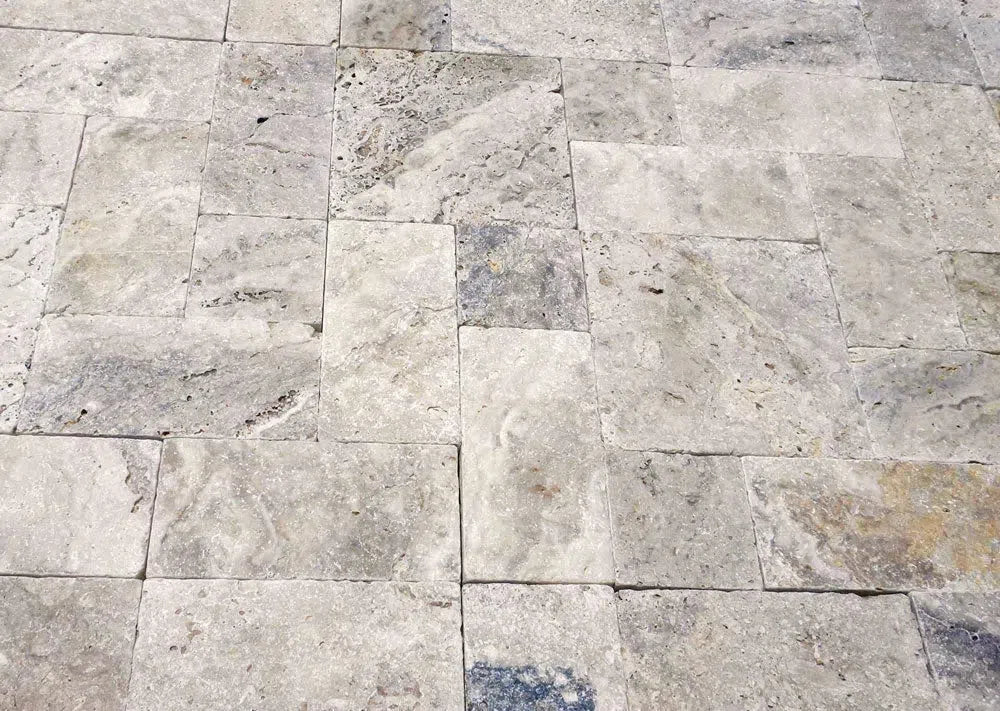 Philadelphia Travertine
Philadelphia Travertine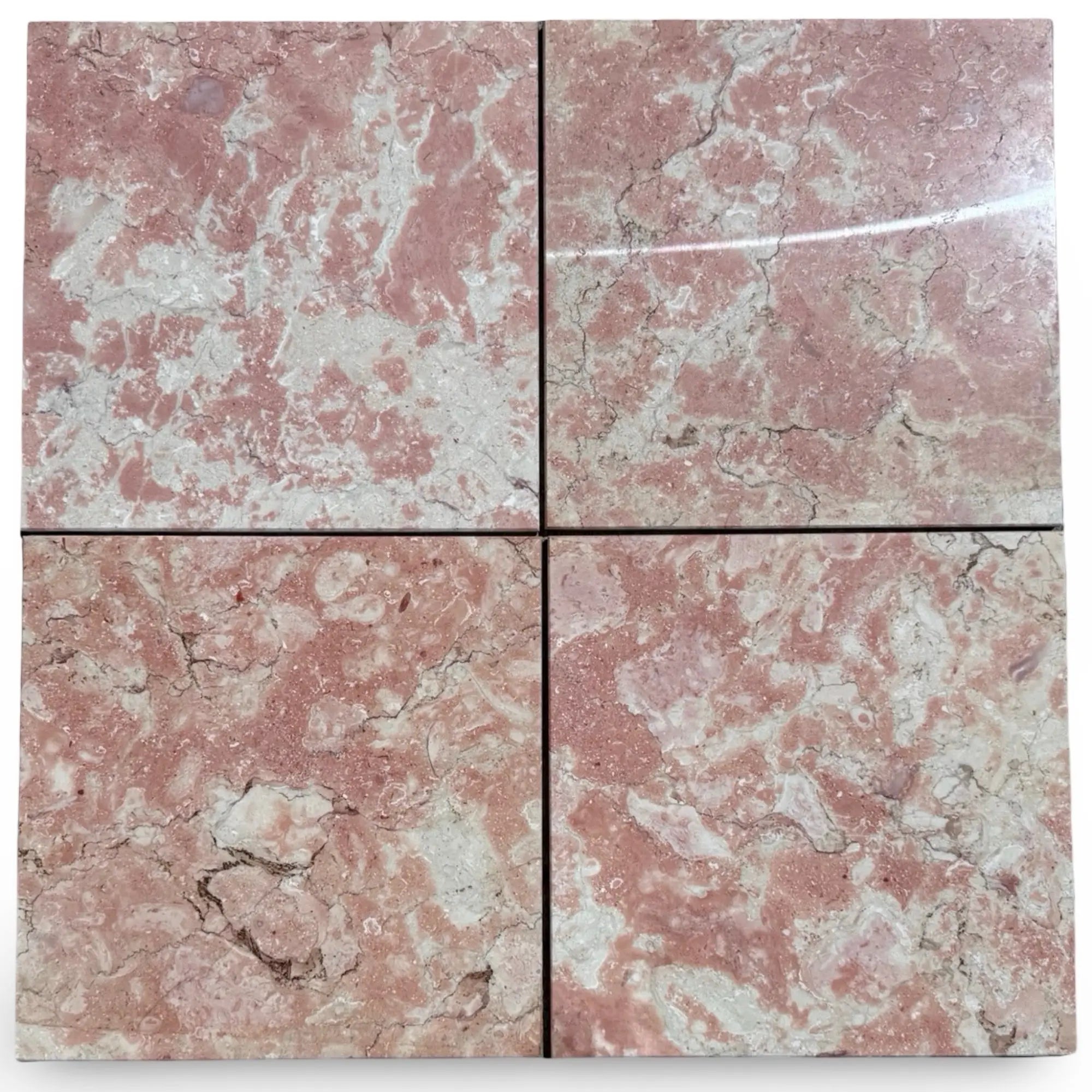 Rosé Aurora Marble
Rosé Aurora Marble Rosetta Storm Marble
Rosetta Storm Marble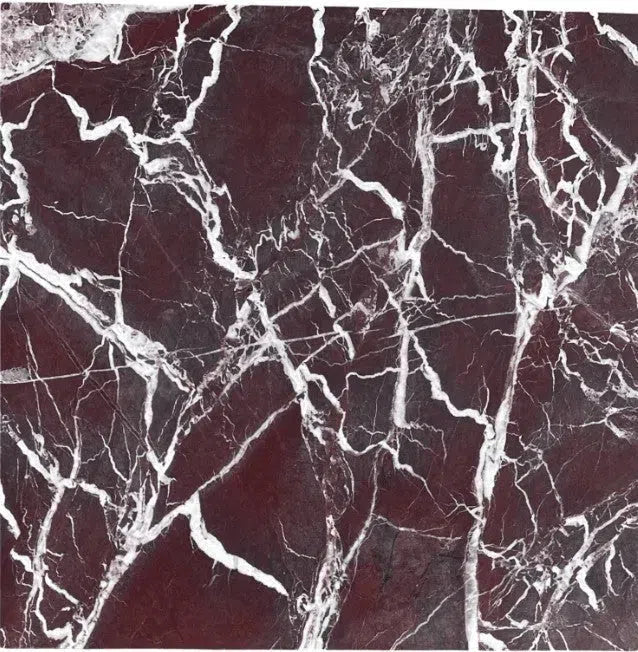 Rosso Levanto Marble
Rosso Levanto Marble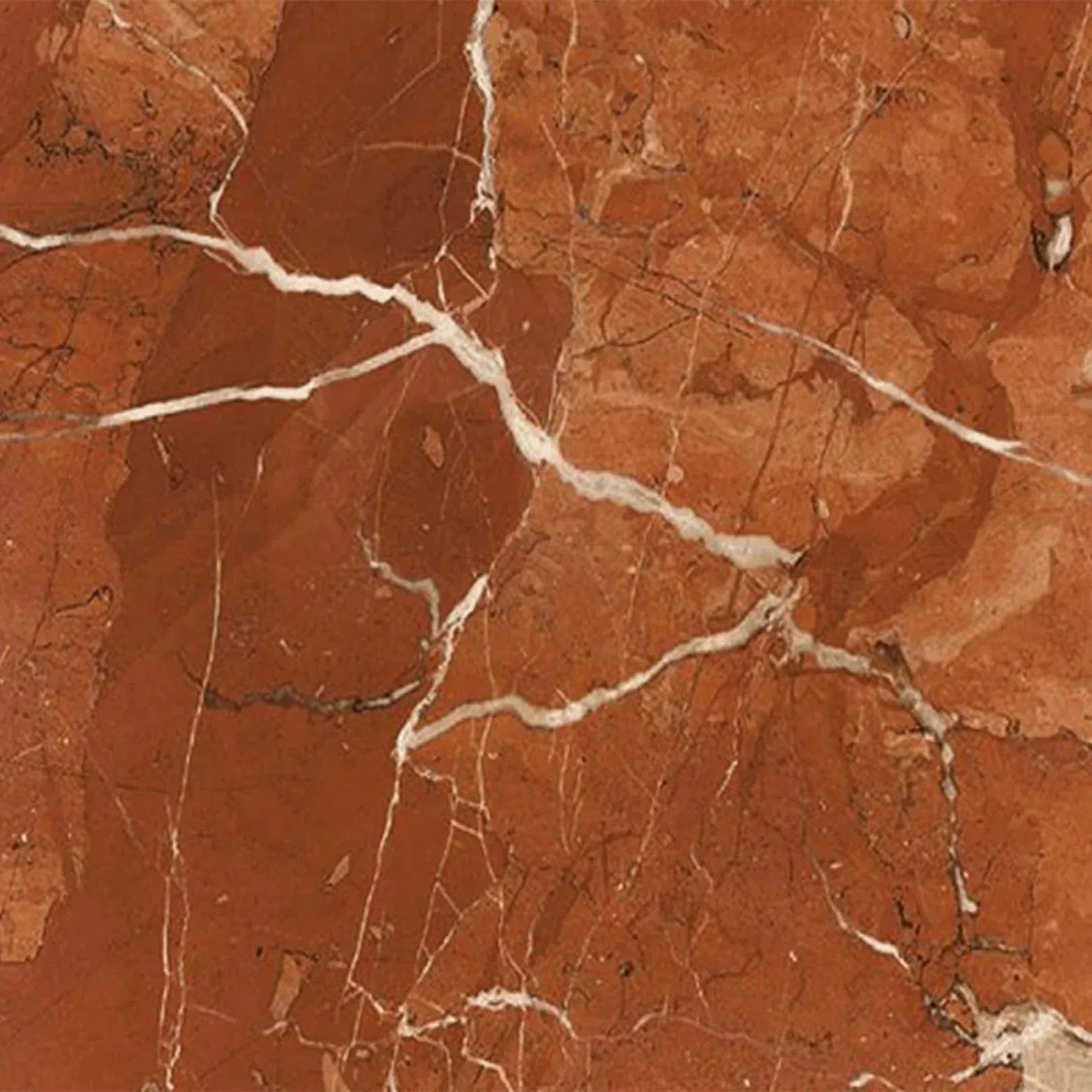 Rojo Alicante Marble
Rojo Alicante Marble Sahara Ember Marble
Sahara Ember Marble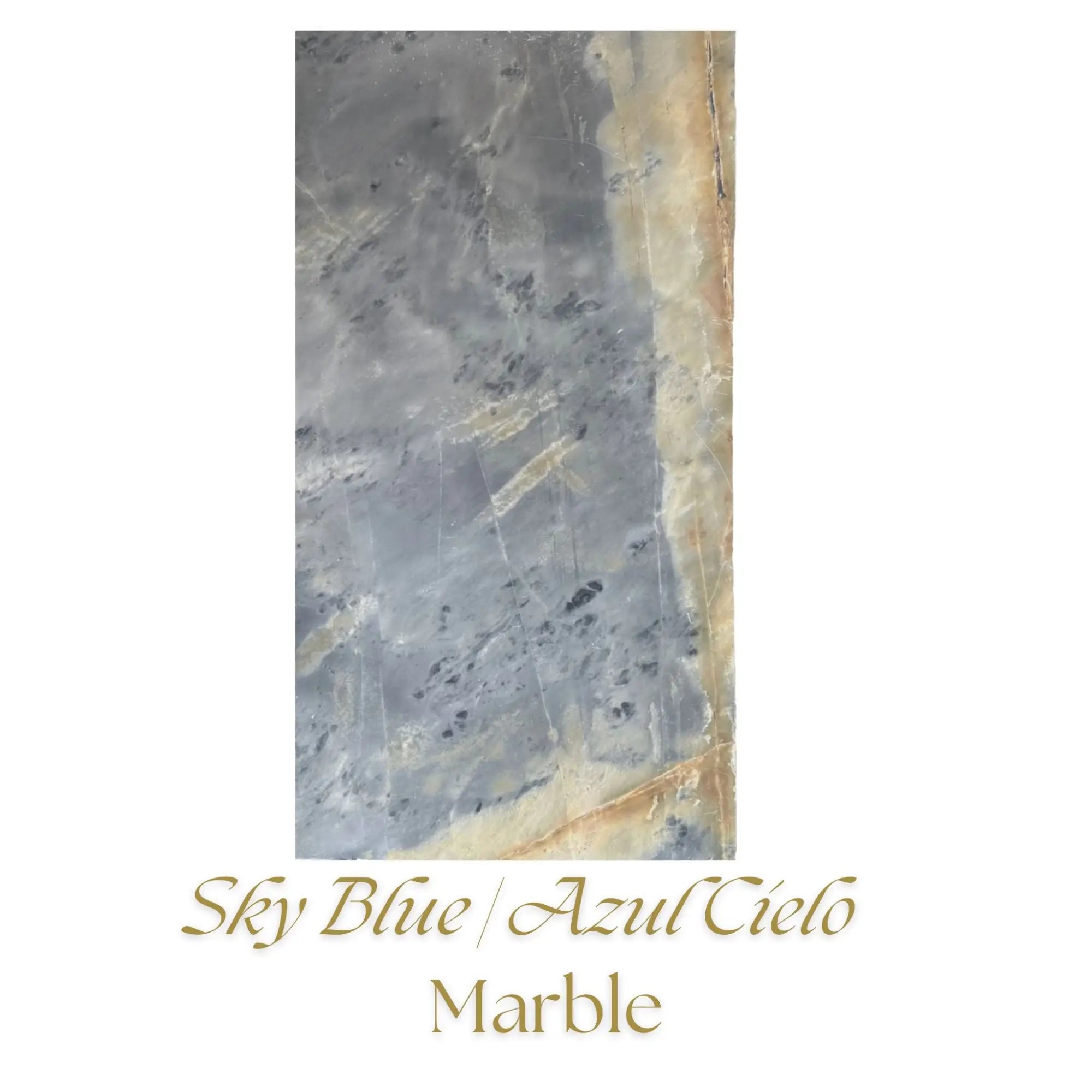 Sky Blue | Azul Cielo Marble
Sky Blue | Azul Cielo Marble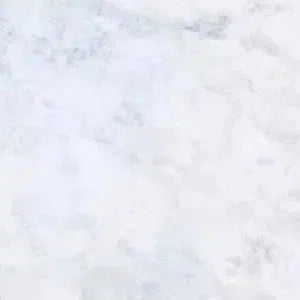 Snow White (Afyon White) Marble
Snow White (Afyon White) Marble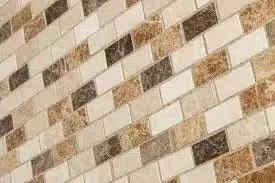 Spanish Mix Marble
Spanish Mix Marble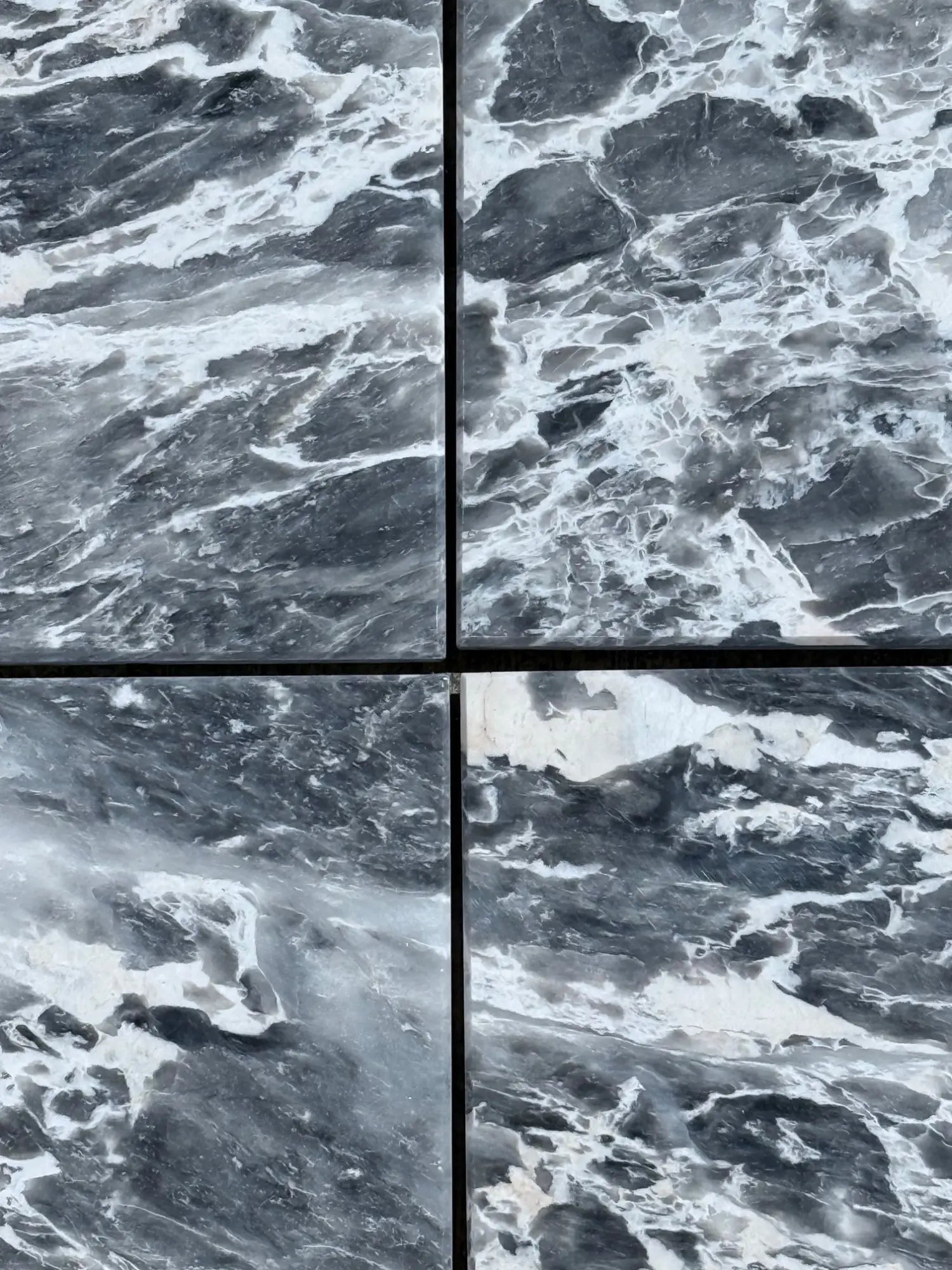 Storm Gray Marble
Storm Gray Marble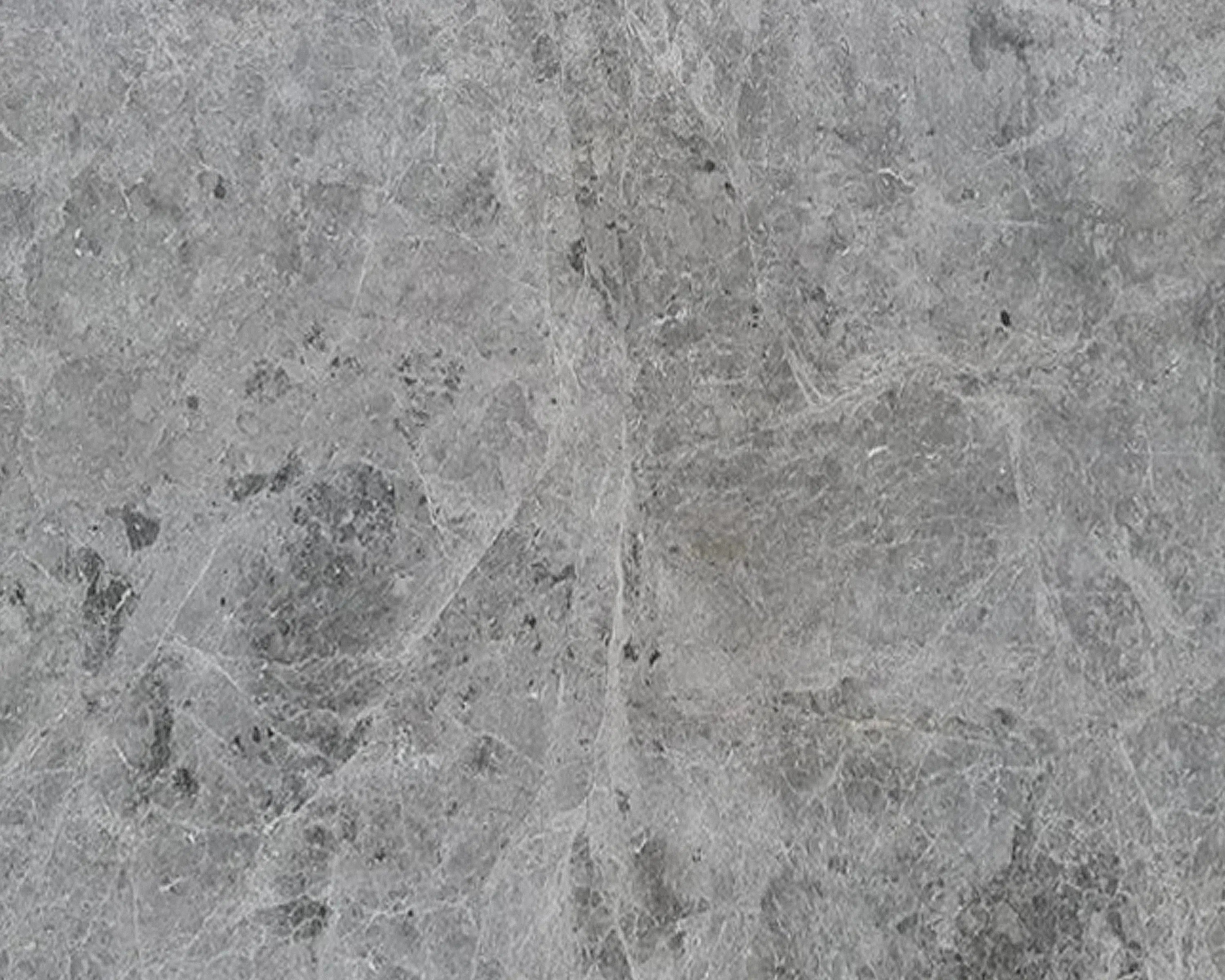 Tundra Gray (Atlantic Gray) Marble
Tundra Gray (Atlantic Gray) Marble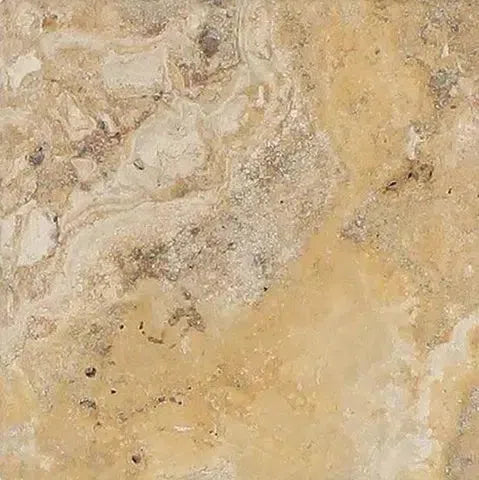 Valencia Travertine
Valencia Travertine Valerenga Travertine
Valerenga Travertine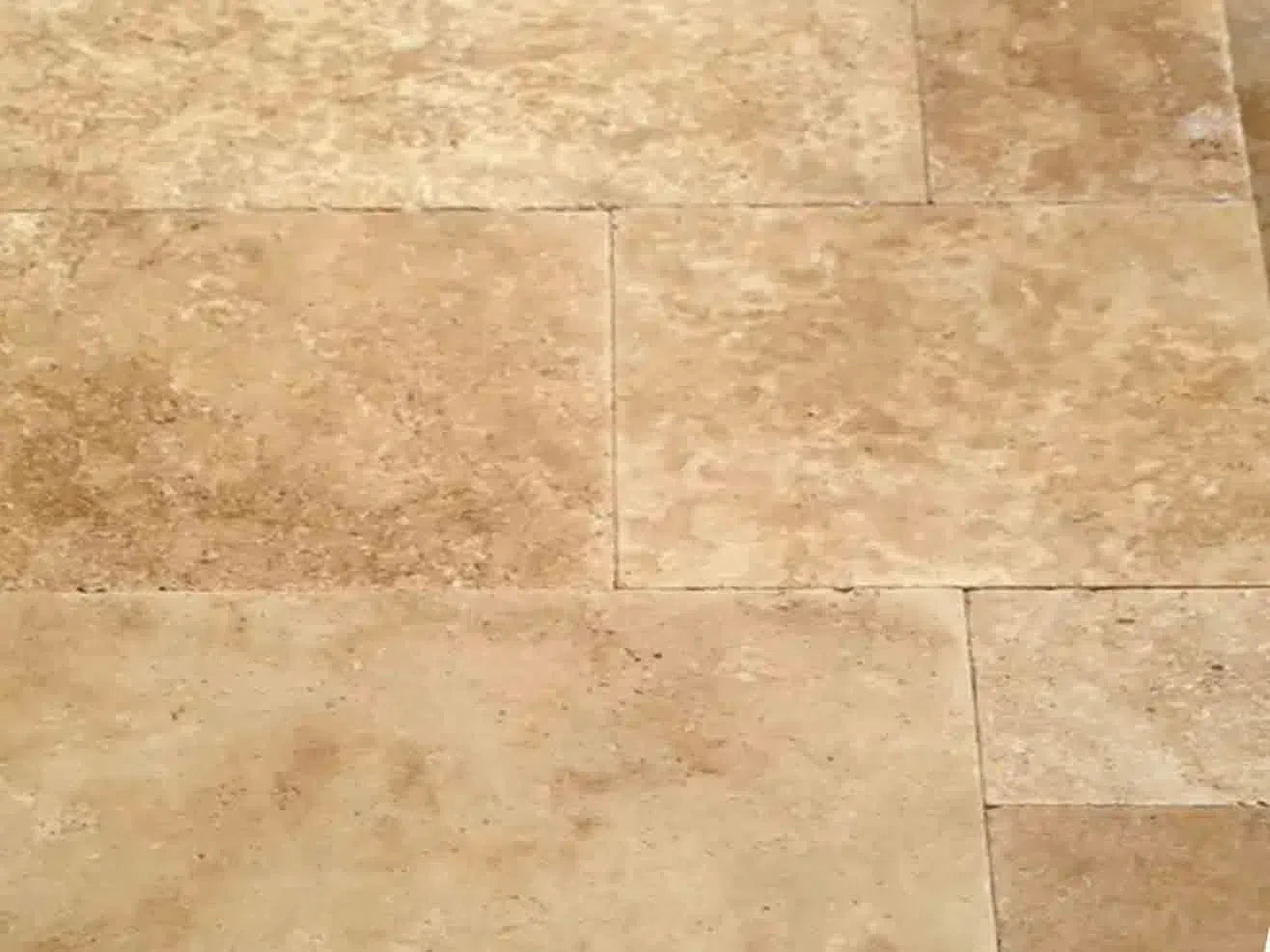 Walnut Travertine
Walnut Travertine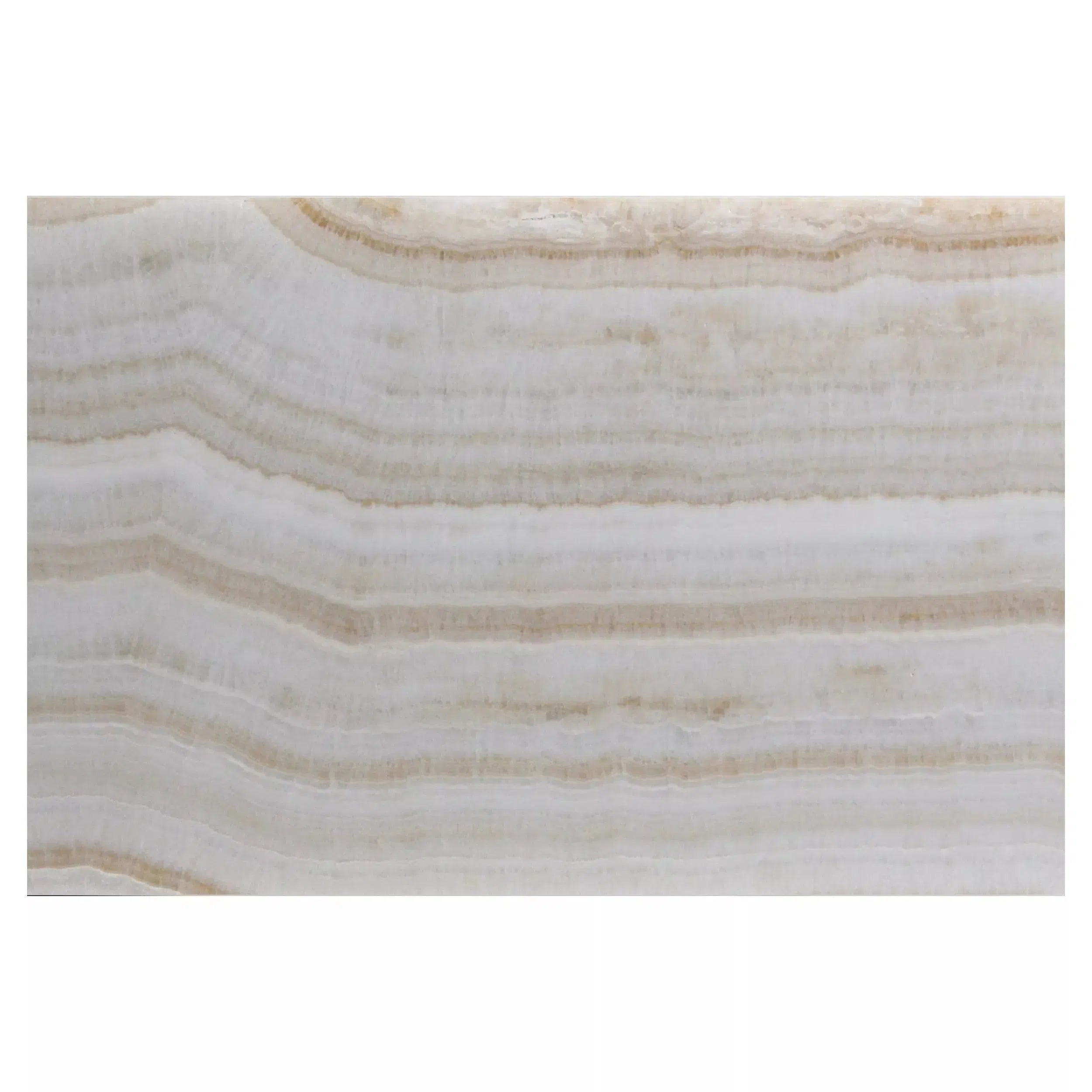 White Onyx Marble
White Onyx Marble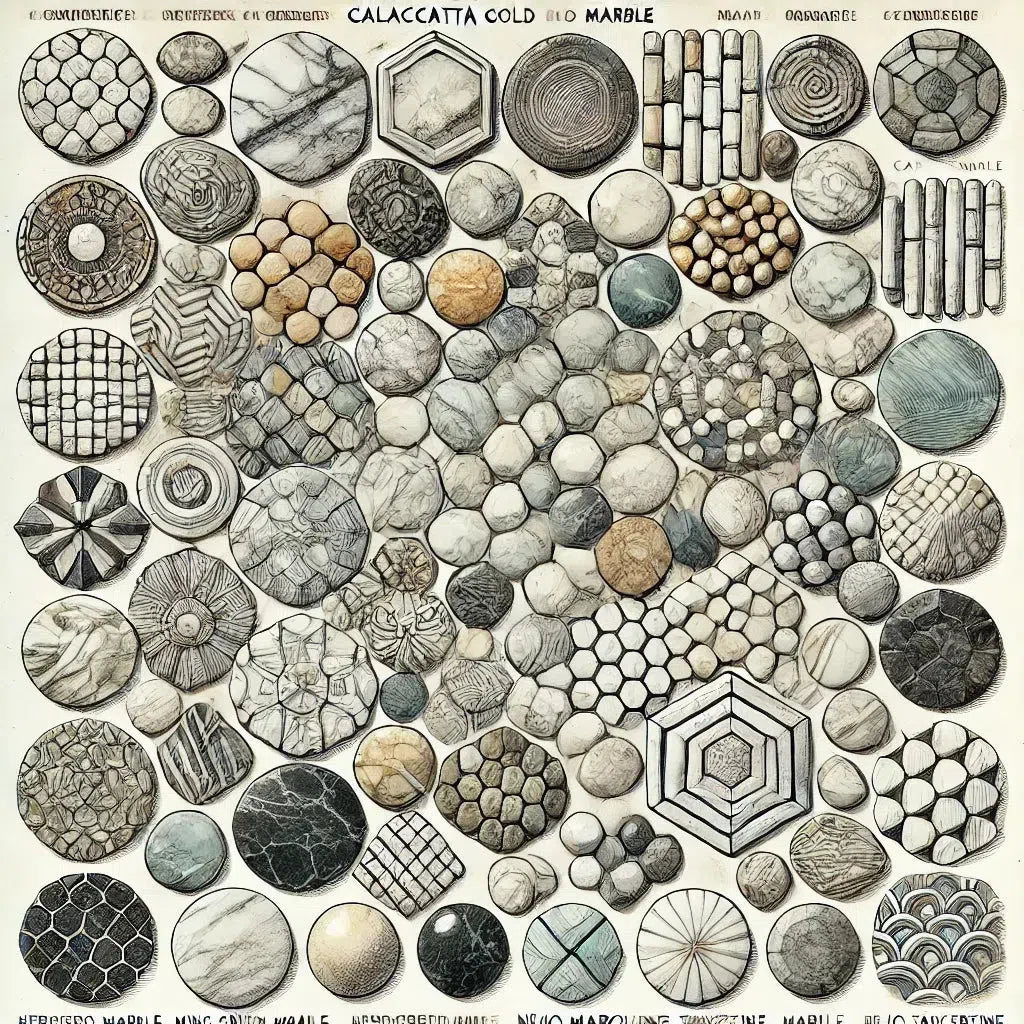 Shop By Type
Shop By Type
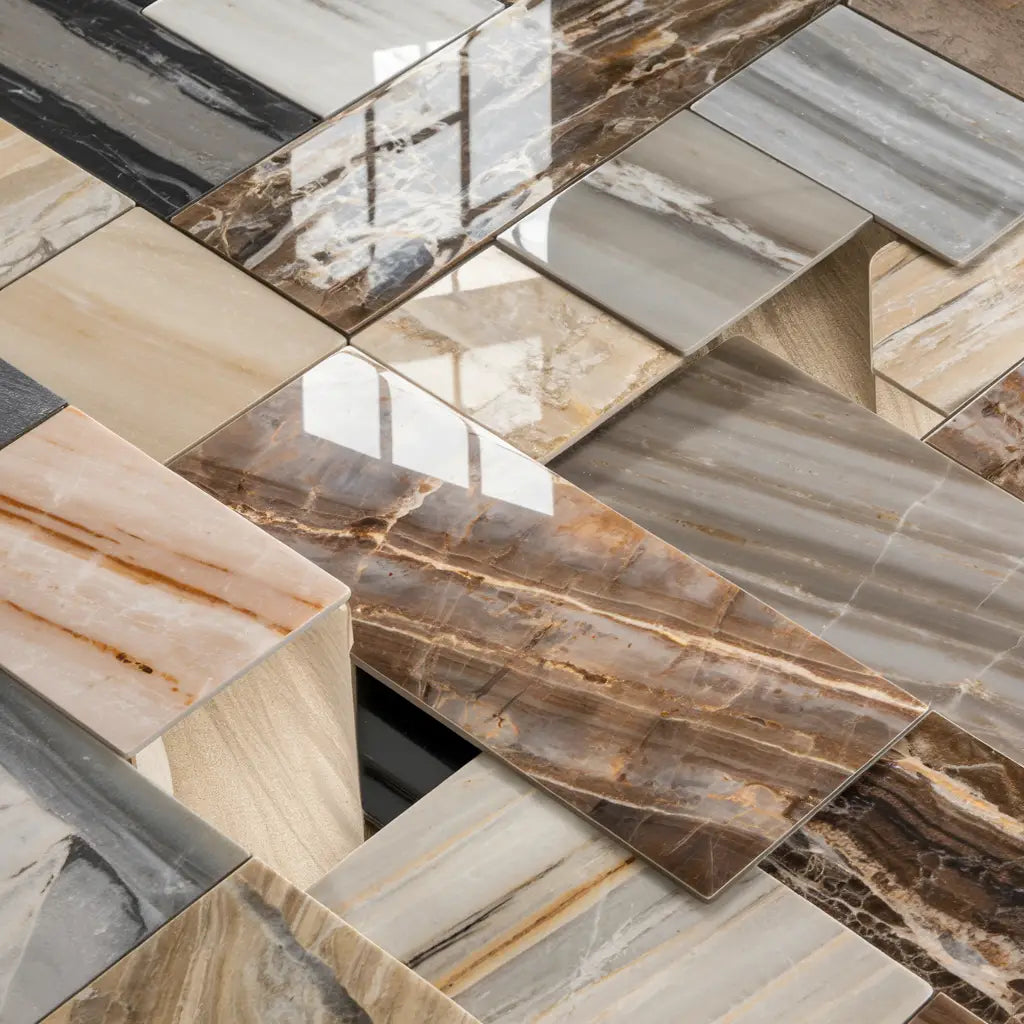 Marble Tiles
Marble Tiles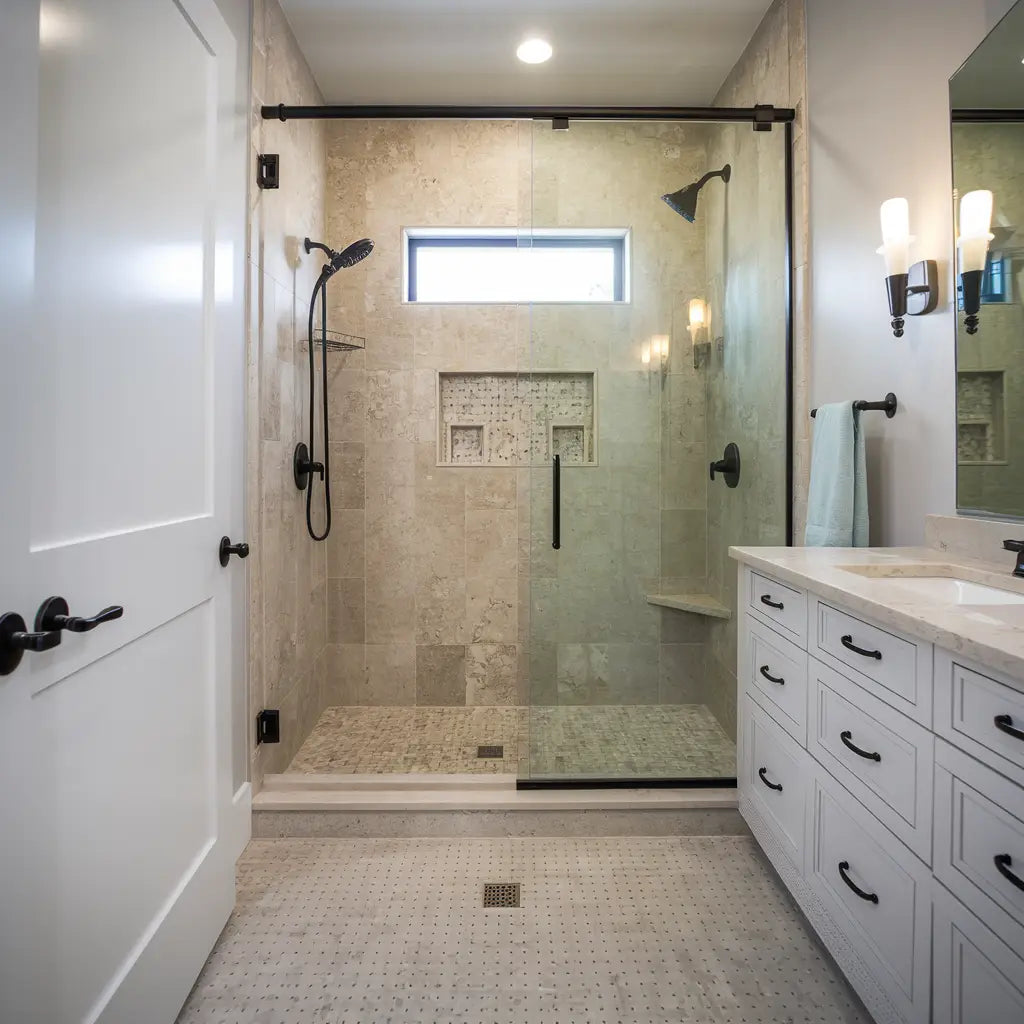 Marble Mosaic
Marble Mosaic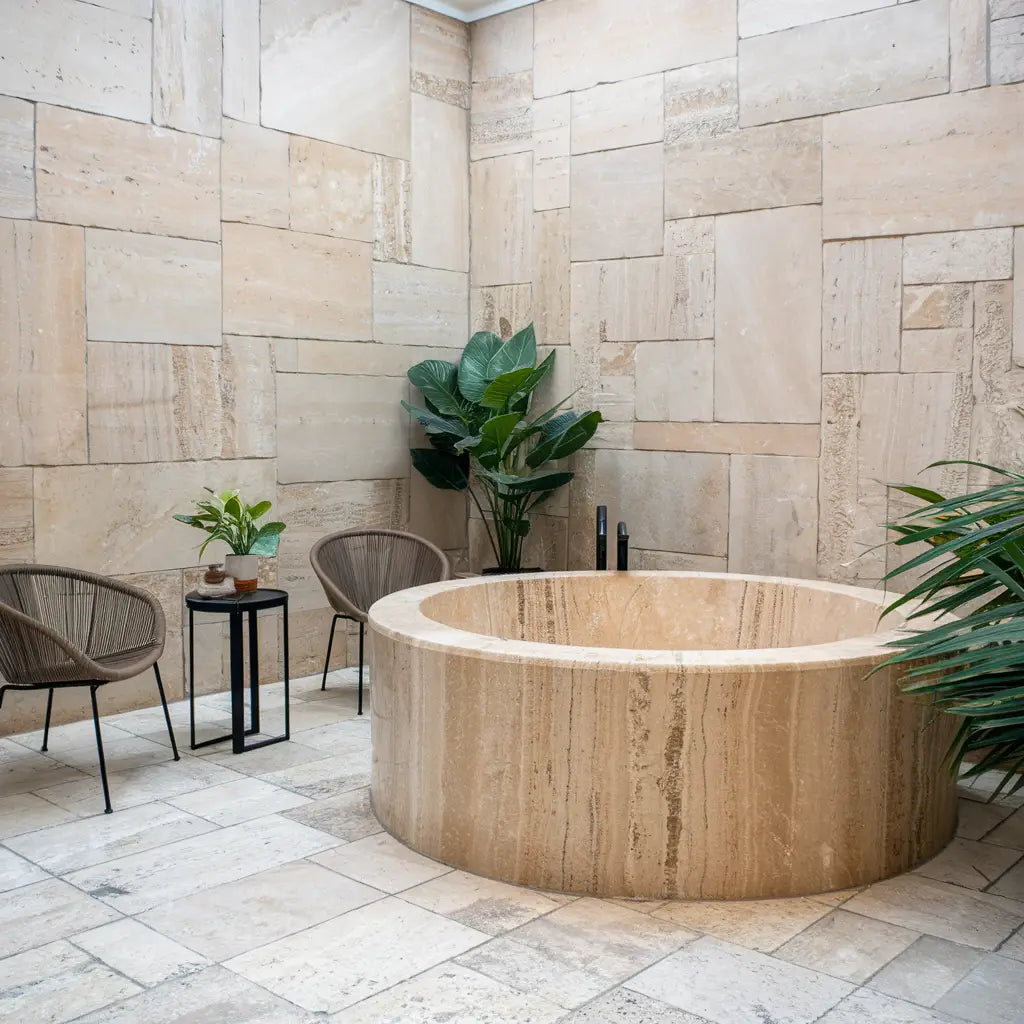 Travertine Tiles
Travertine Tiles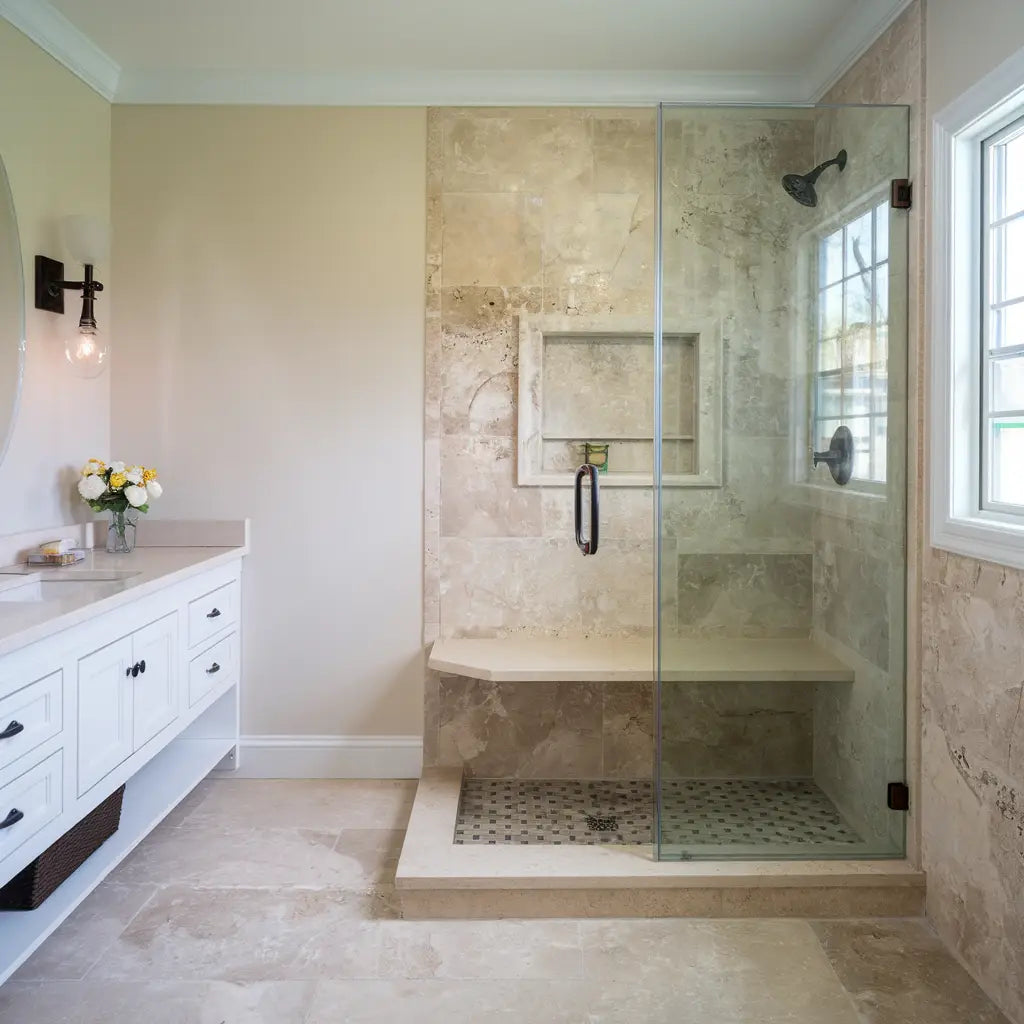 Travertine Mosaic
Travertine Mosaic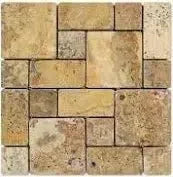 4 pcs Versailles Pattern / French Pattern Set
4 pcs Versailles Pattern / French Pattern Set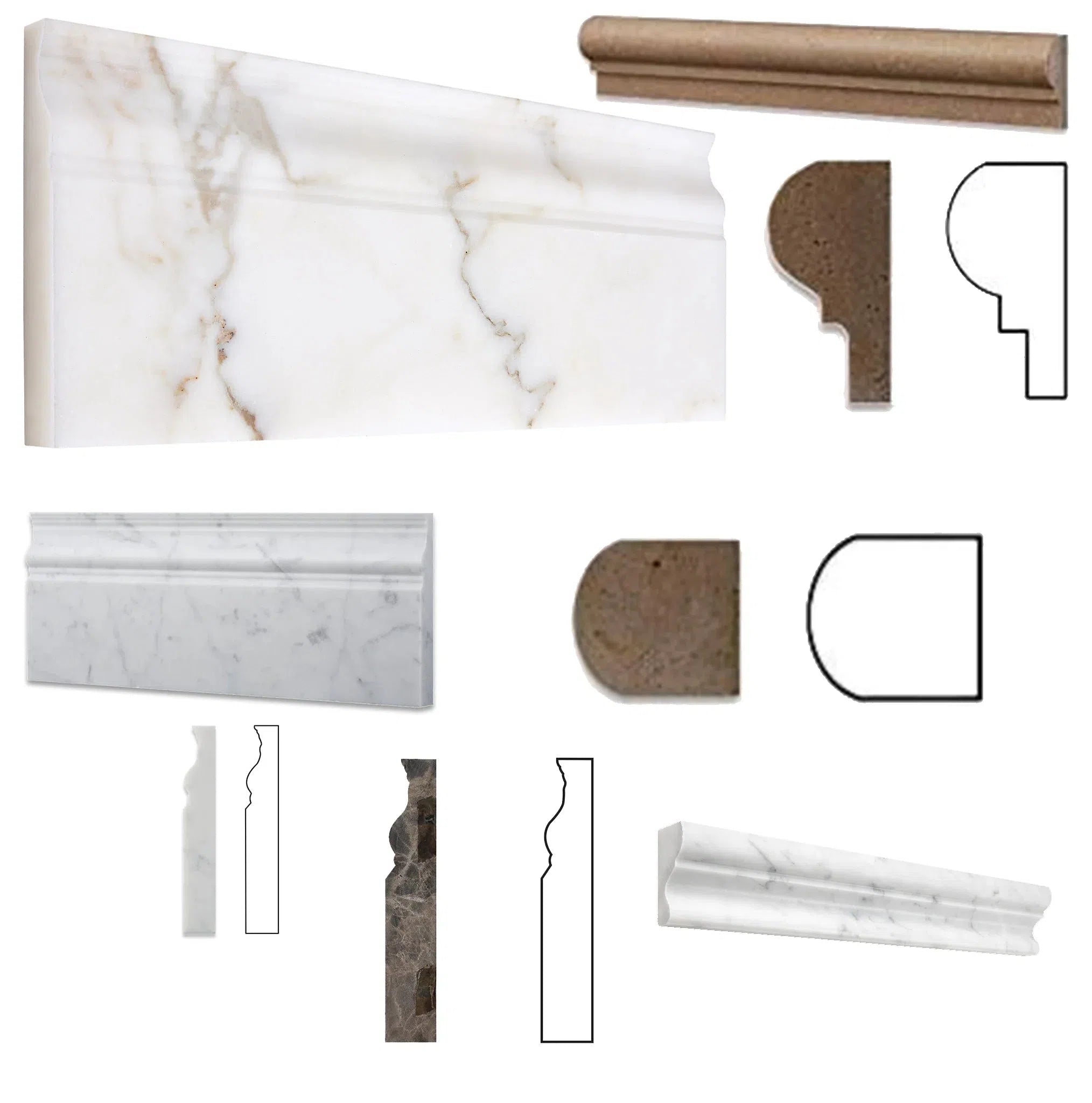 Molding/Trim
Molding/Trim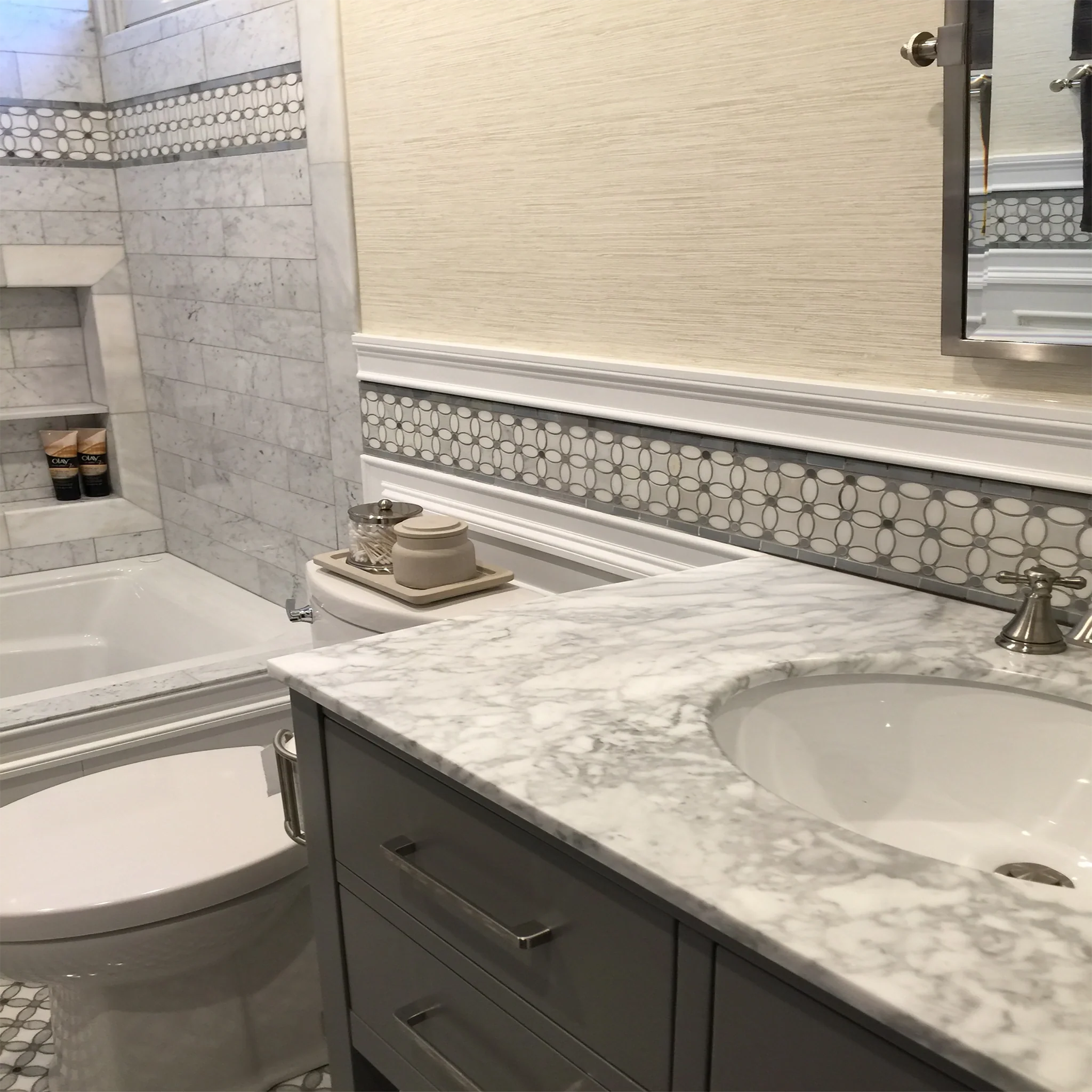 Border/Listello
Border/Listello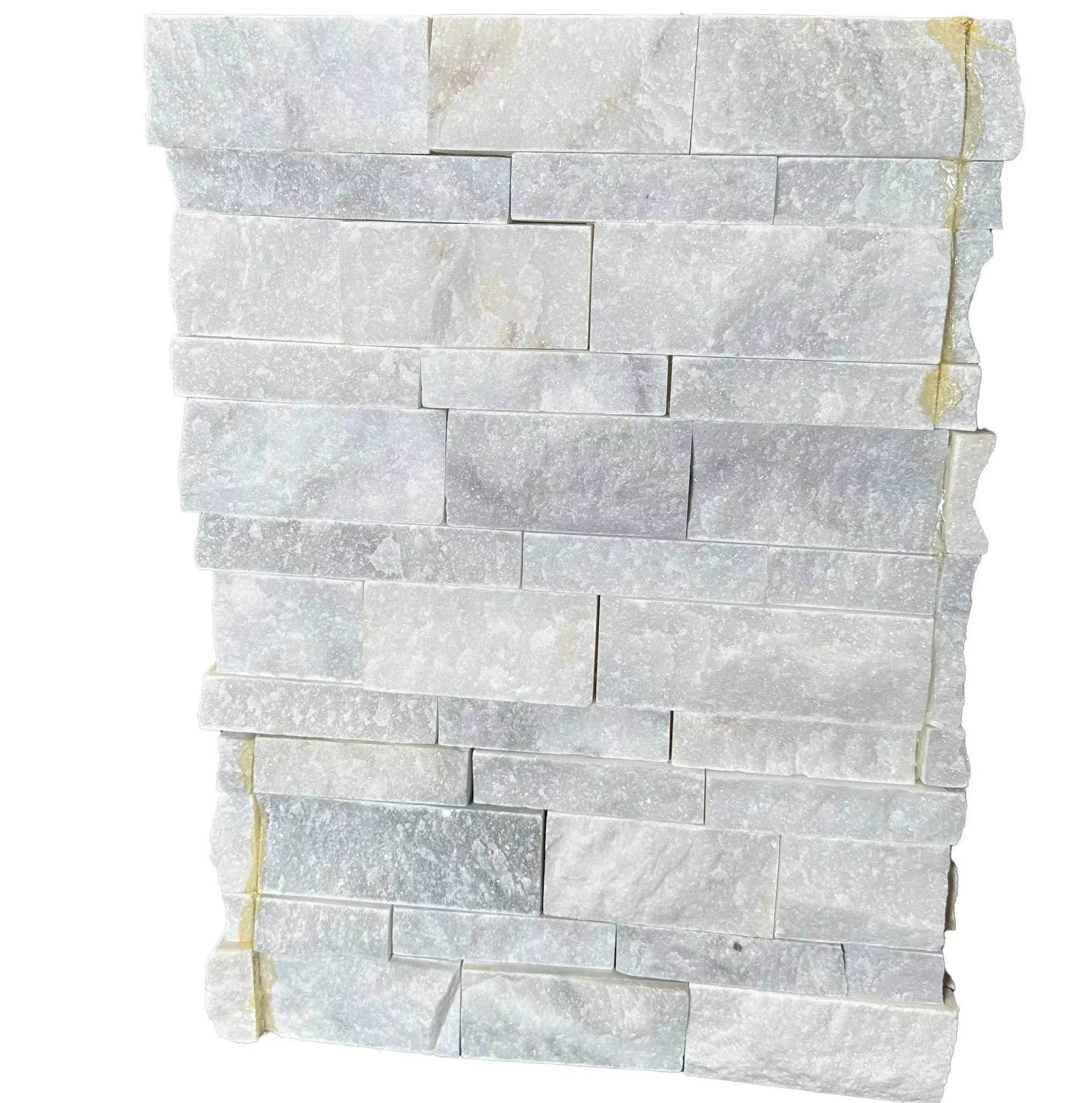 Ledger-Panel
Ledger-Panel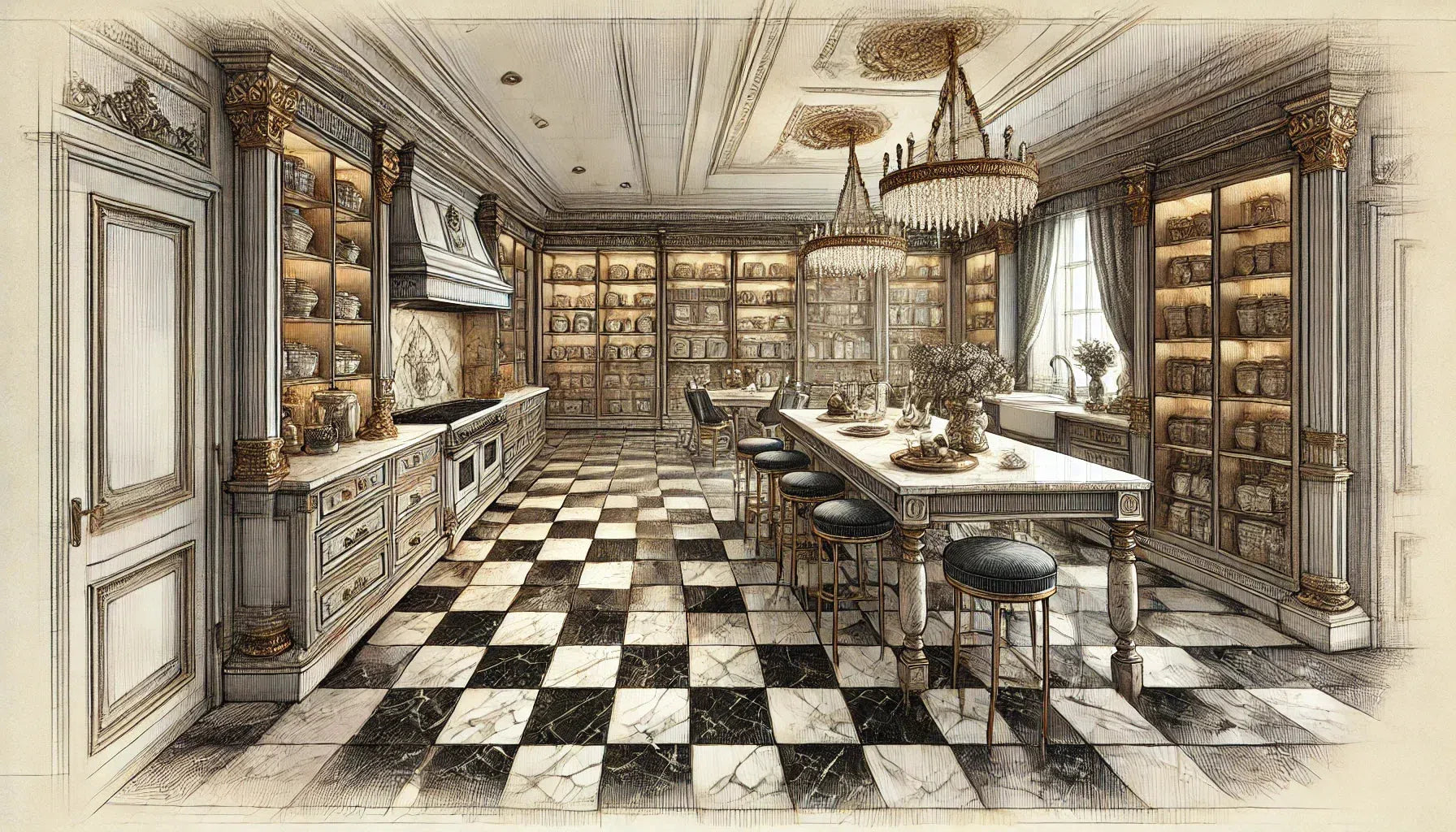 Checkerboard
Checkerboard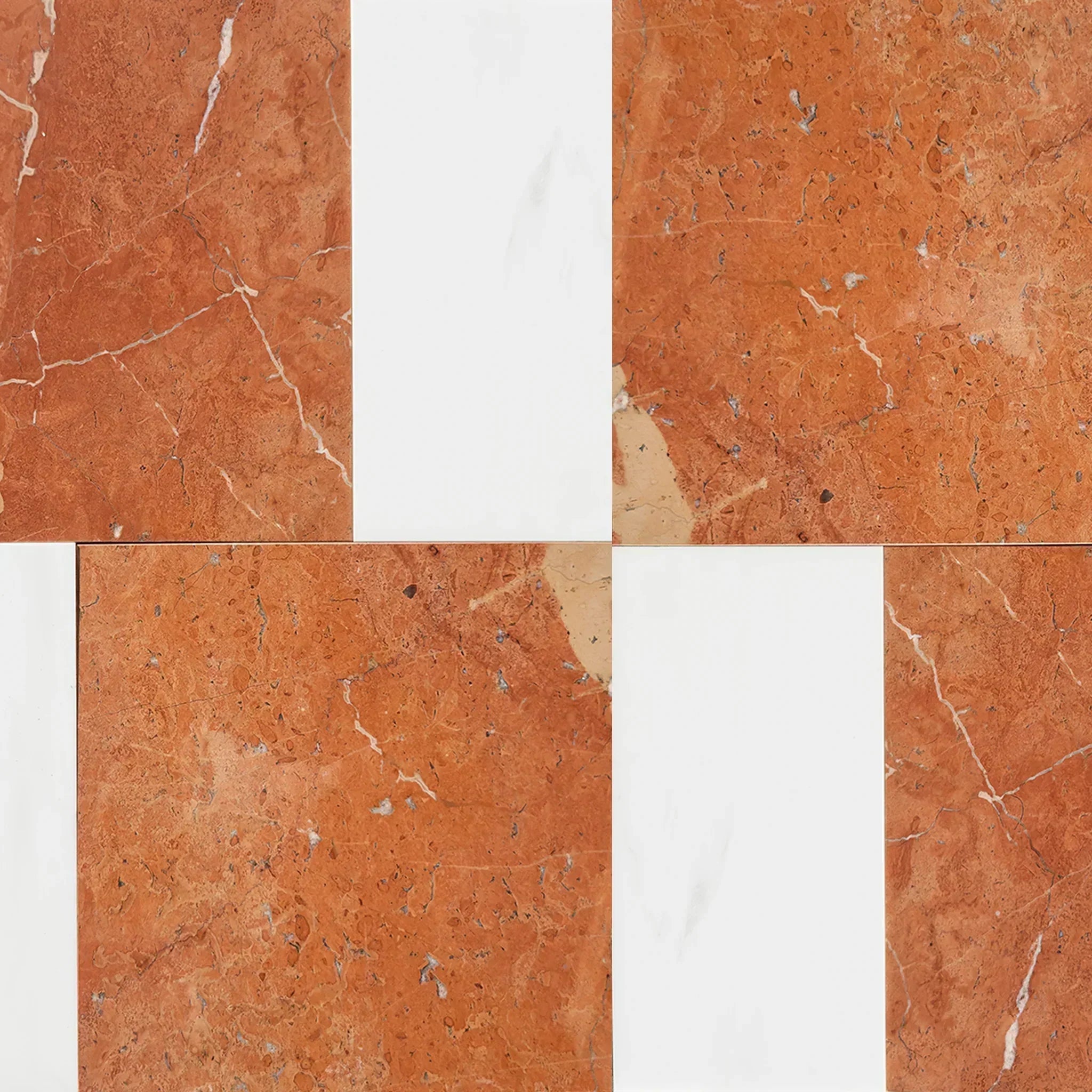 Patterned Tile Collection
Patterned Tile Collection 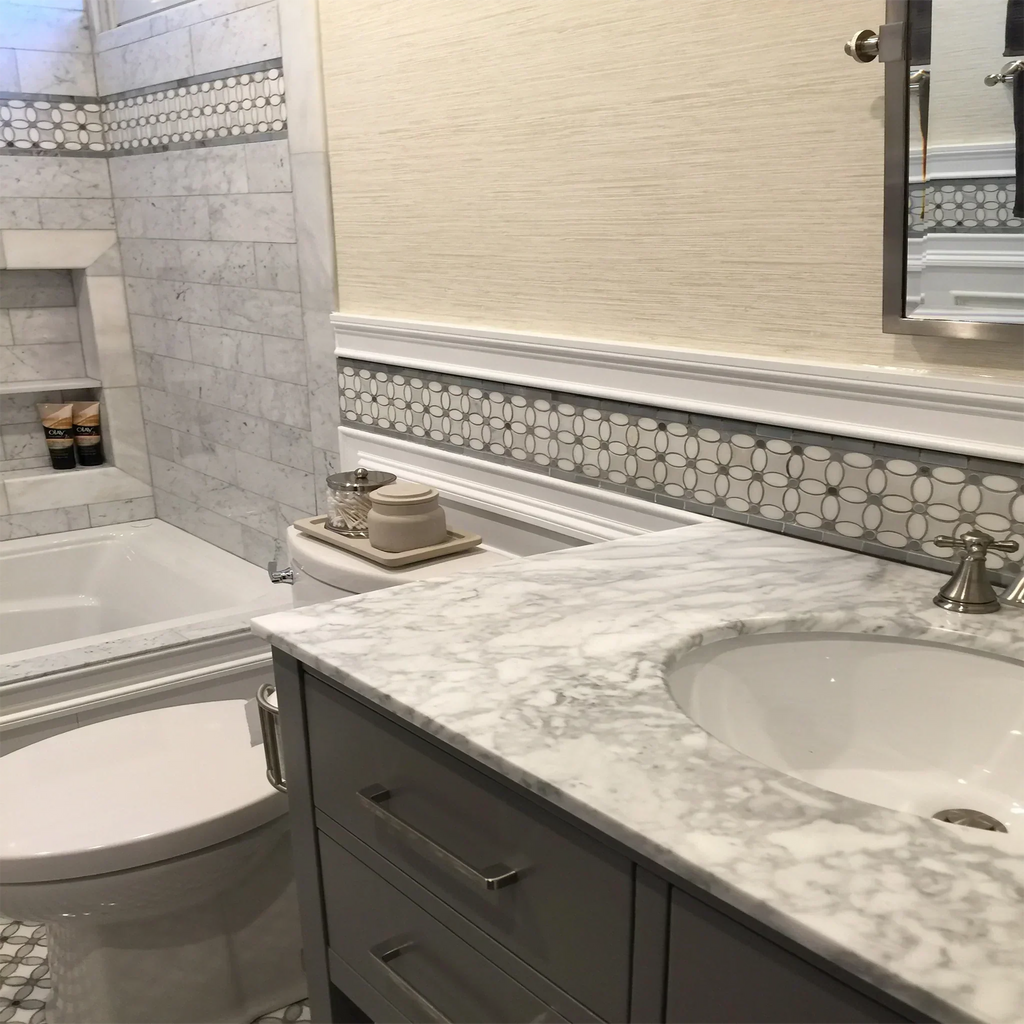 Shop By Finish
Shop By Finish
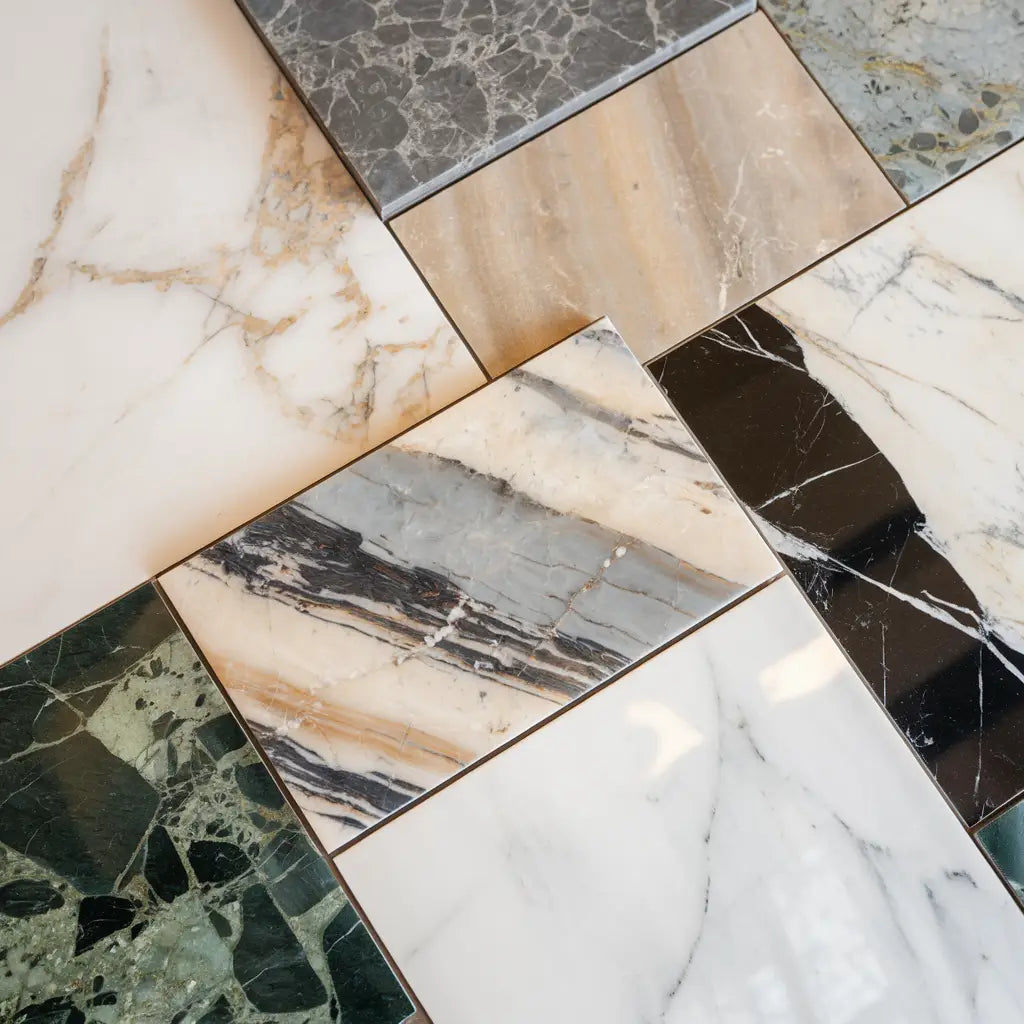 Polished
Polished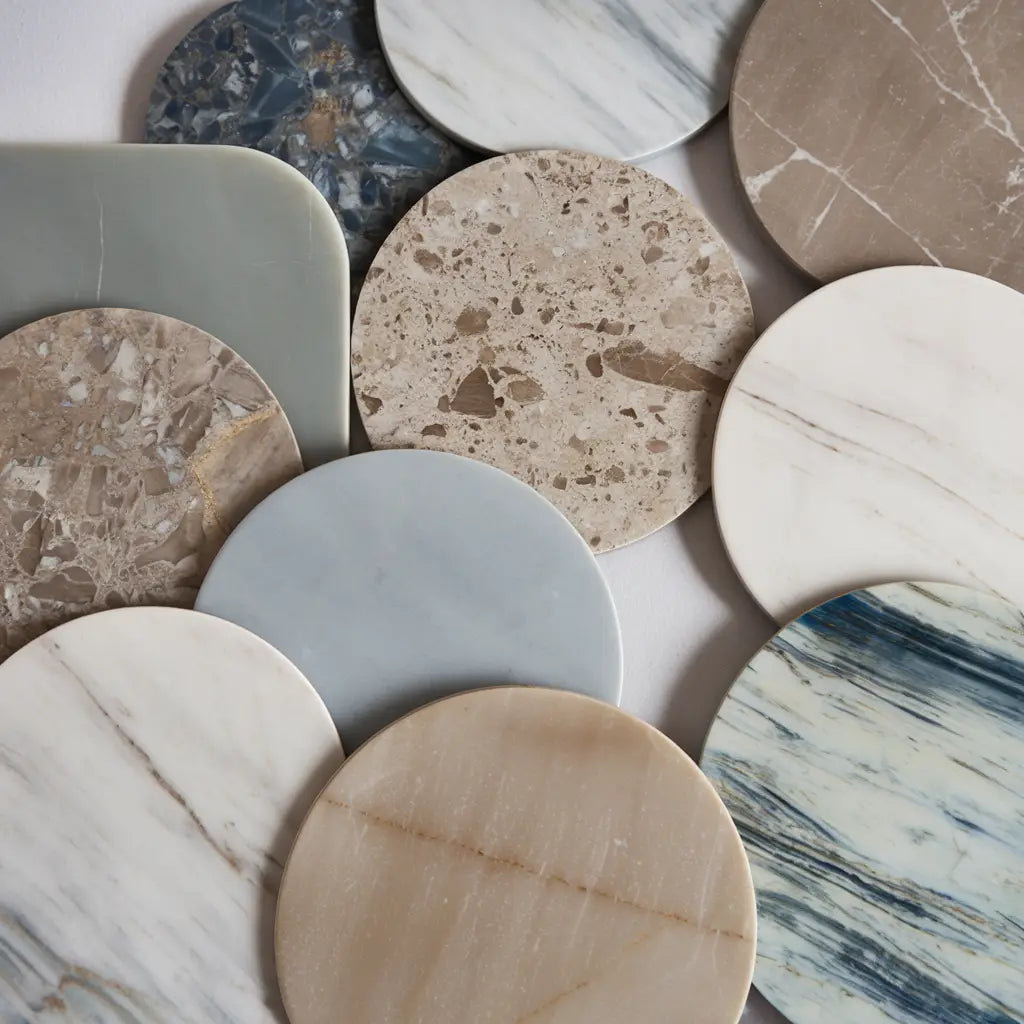 Honed
Honed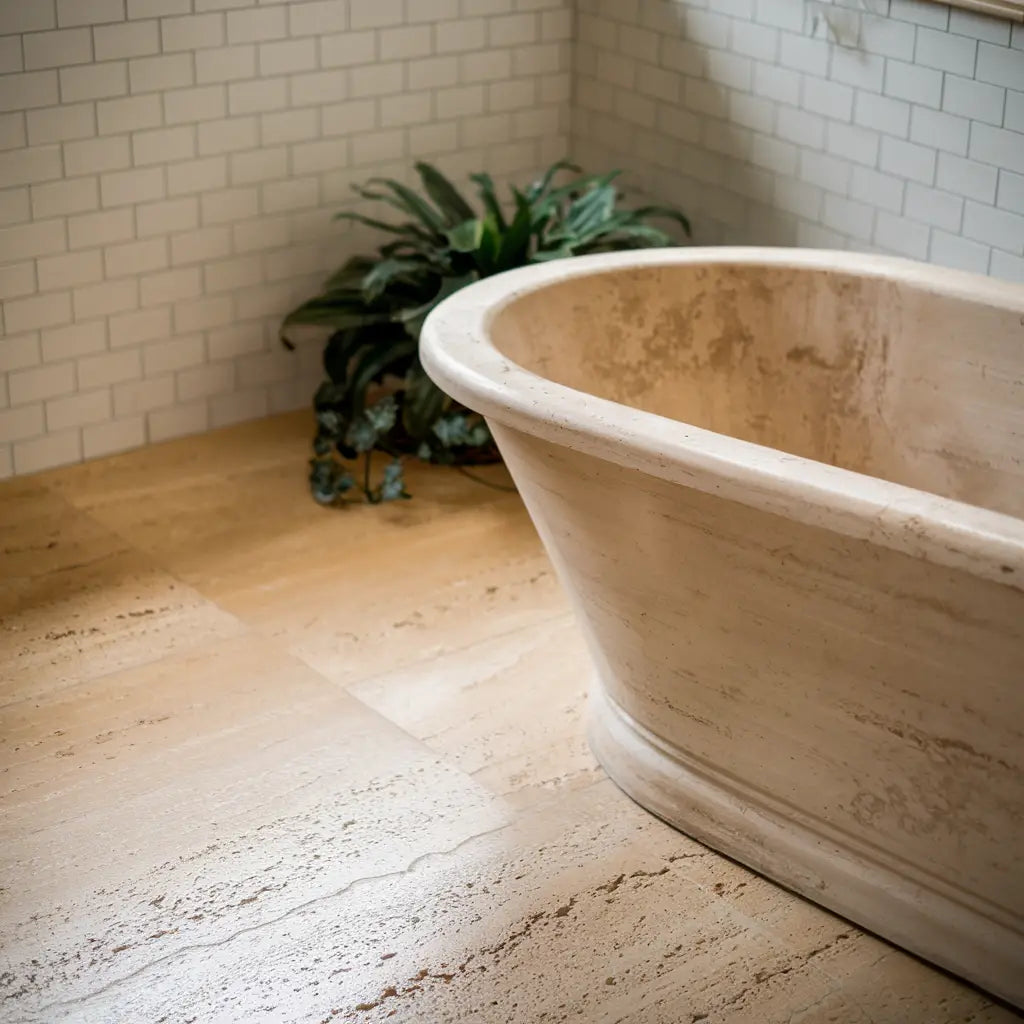 Brushed
Brushed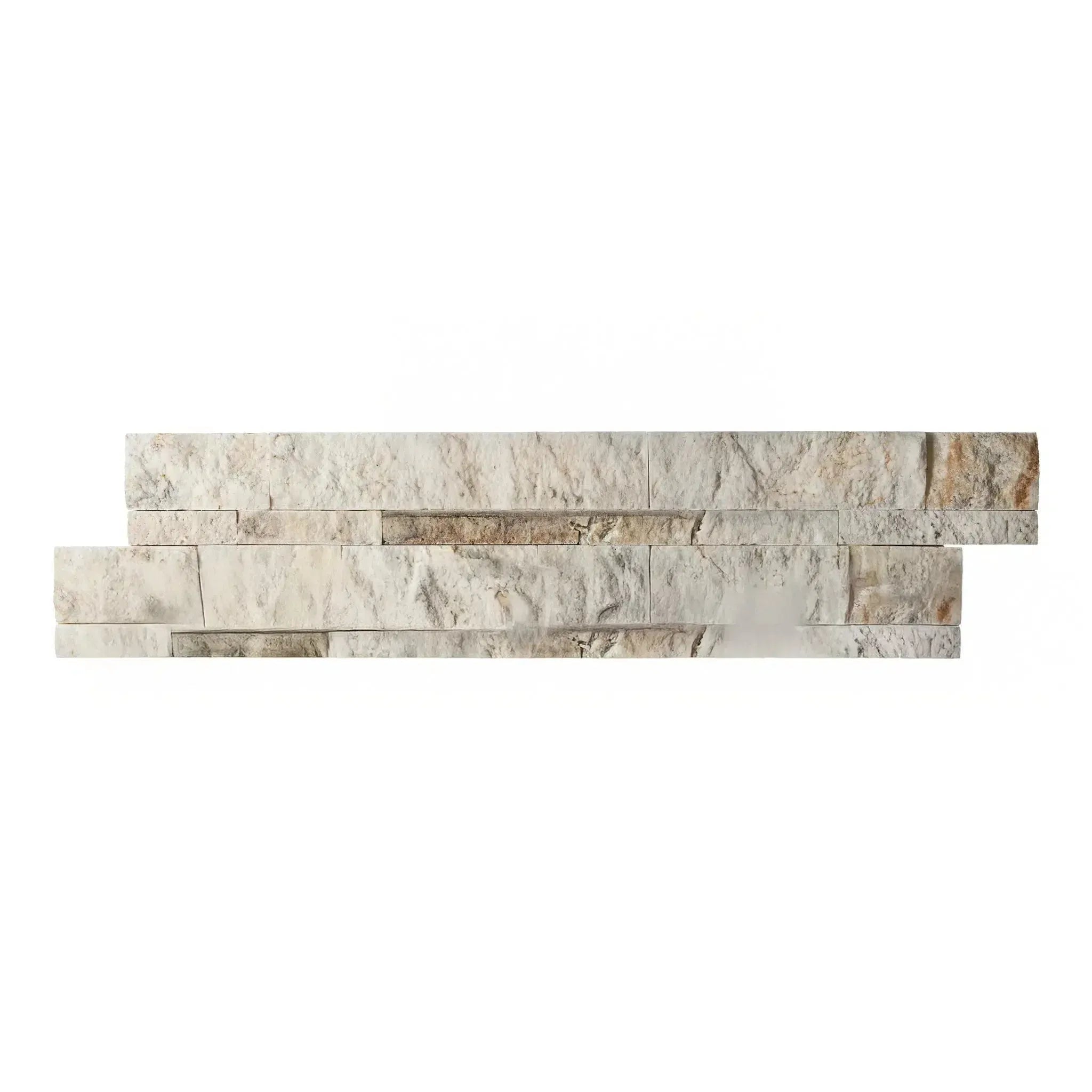 Split Face
Split Face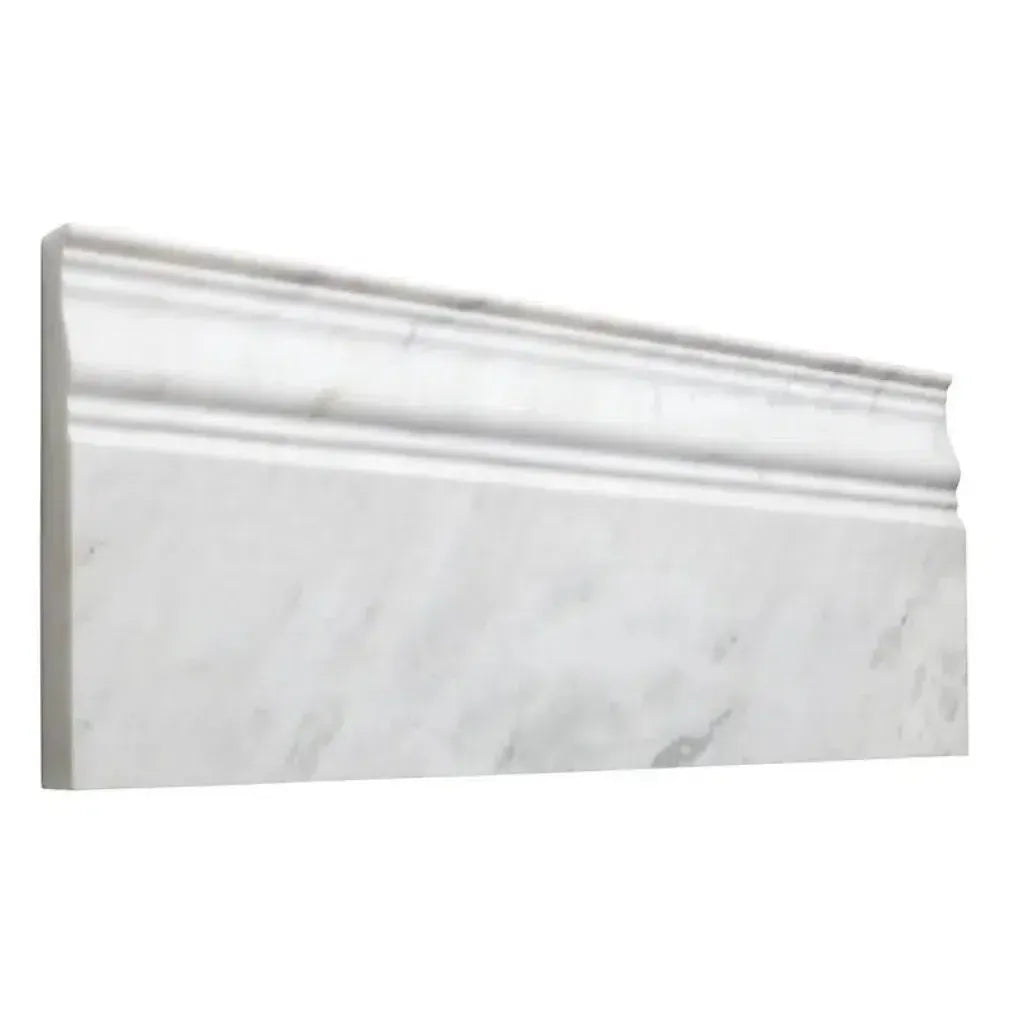 Textured
Textured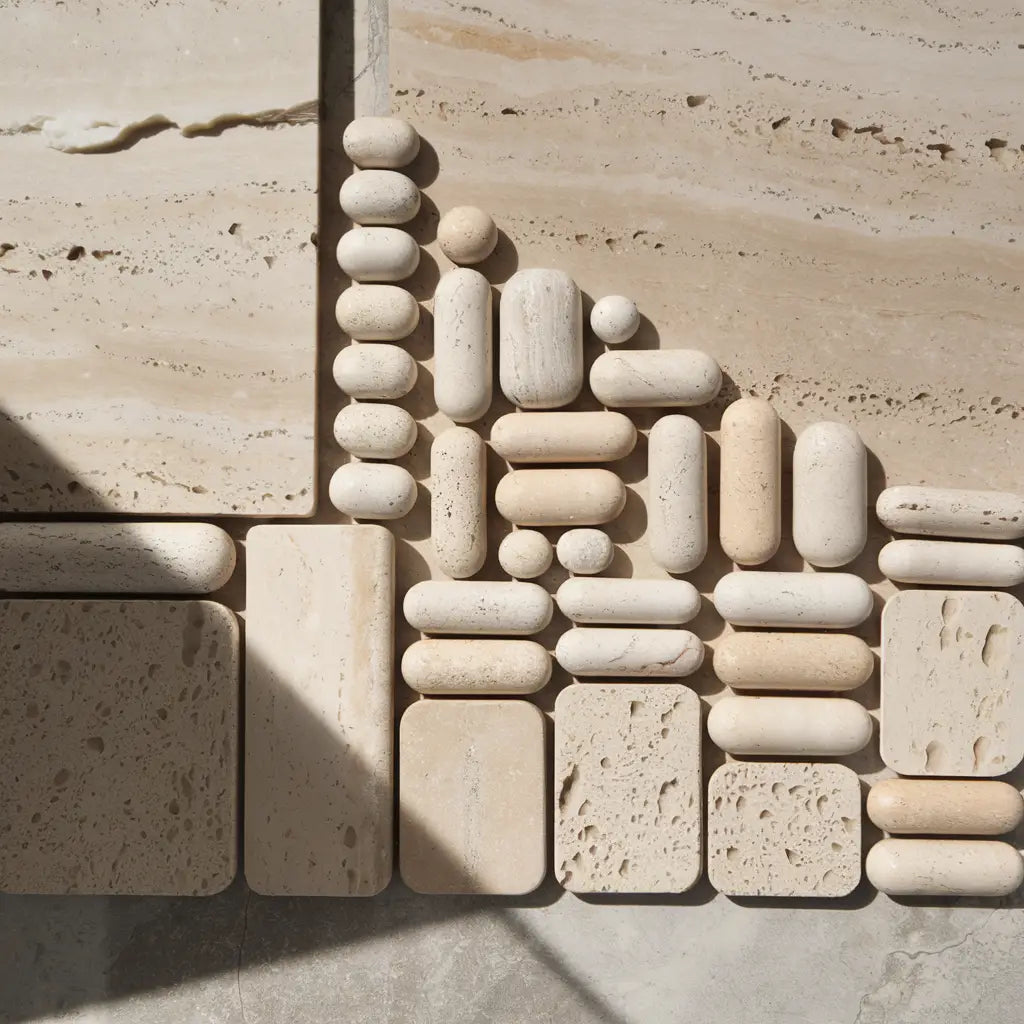 Tumbled
Tumbled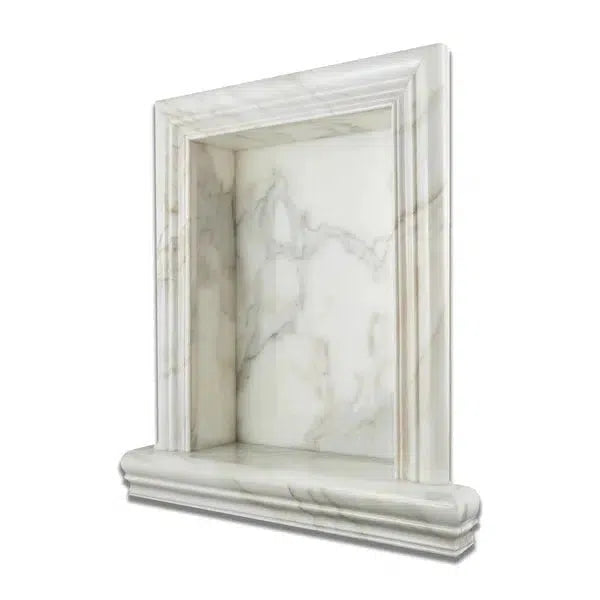 Accessories
Accessories
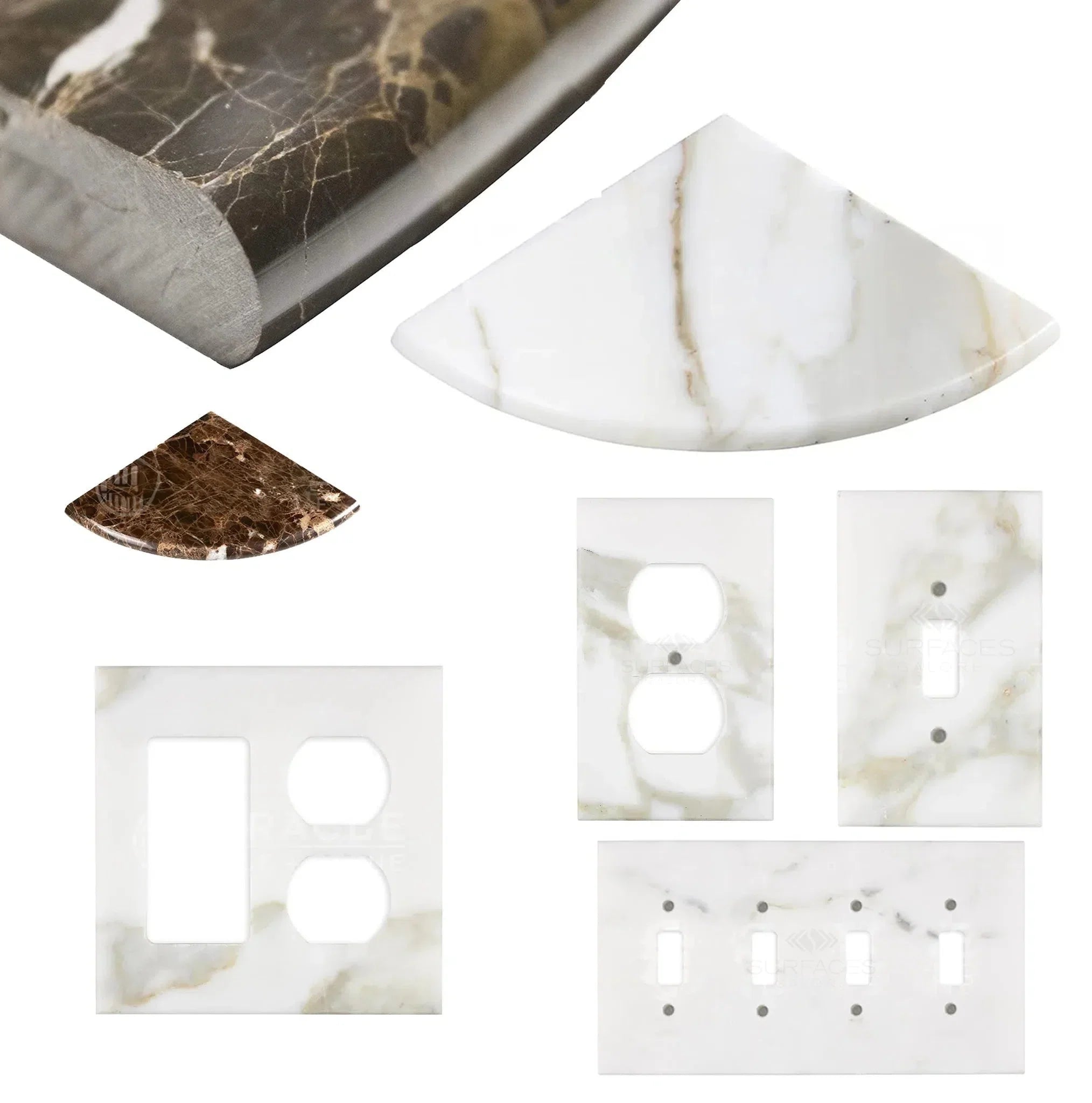 Wall Plate / Switch Plate
Wall Plate / Switch Plate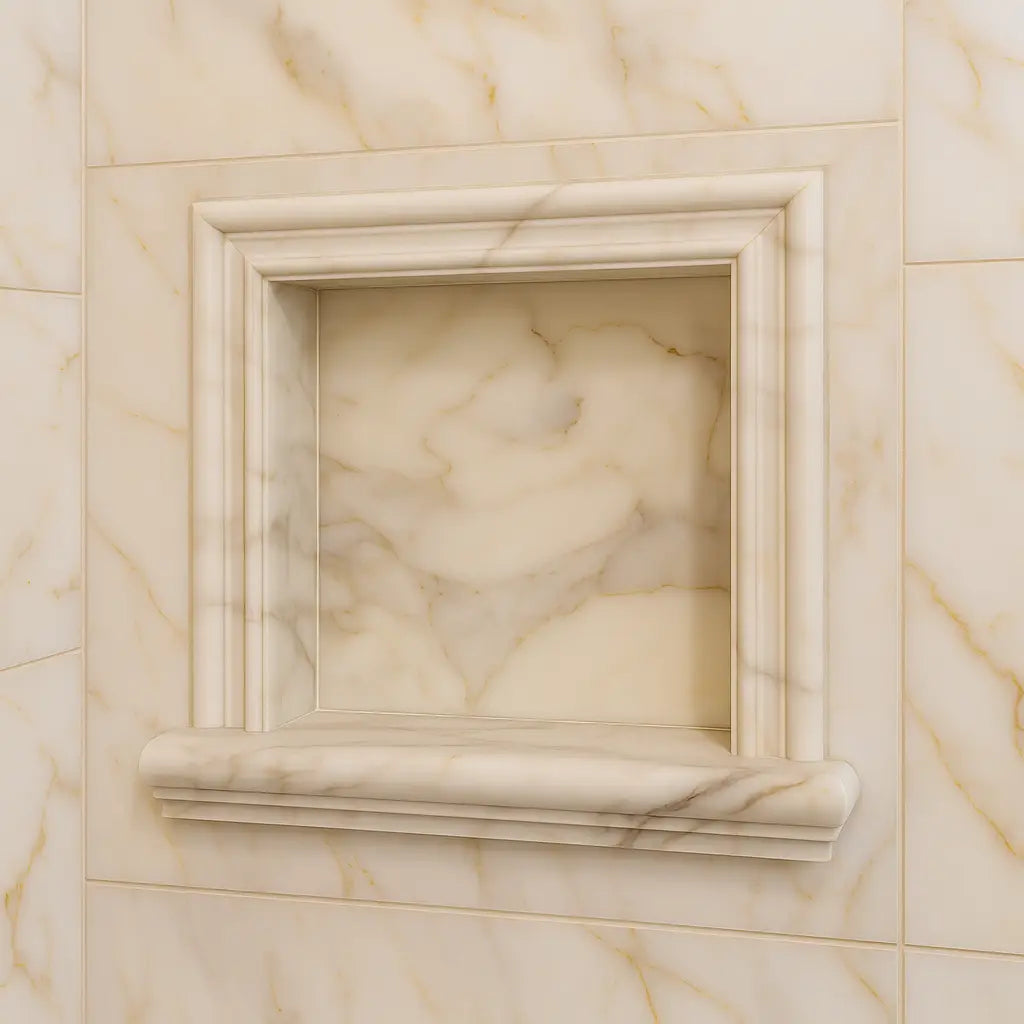 Shampoo Niche
Shampoo Niche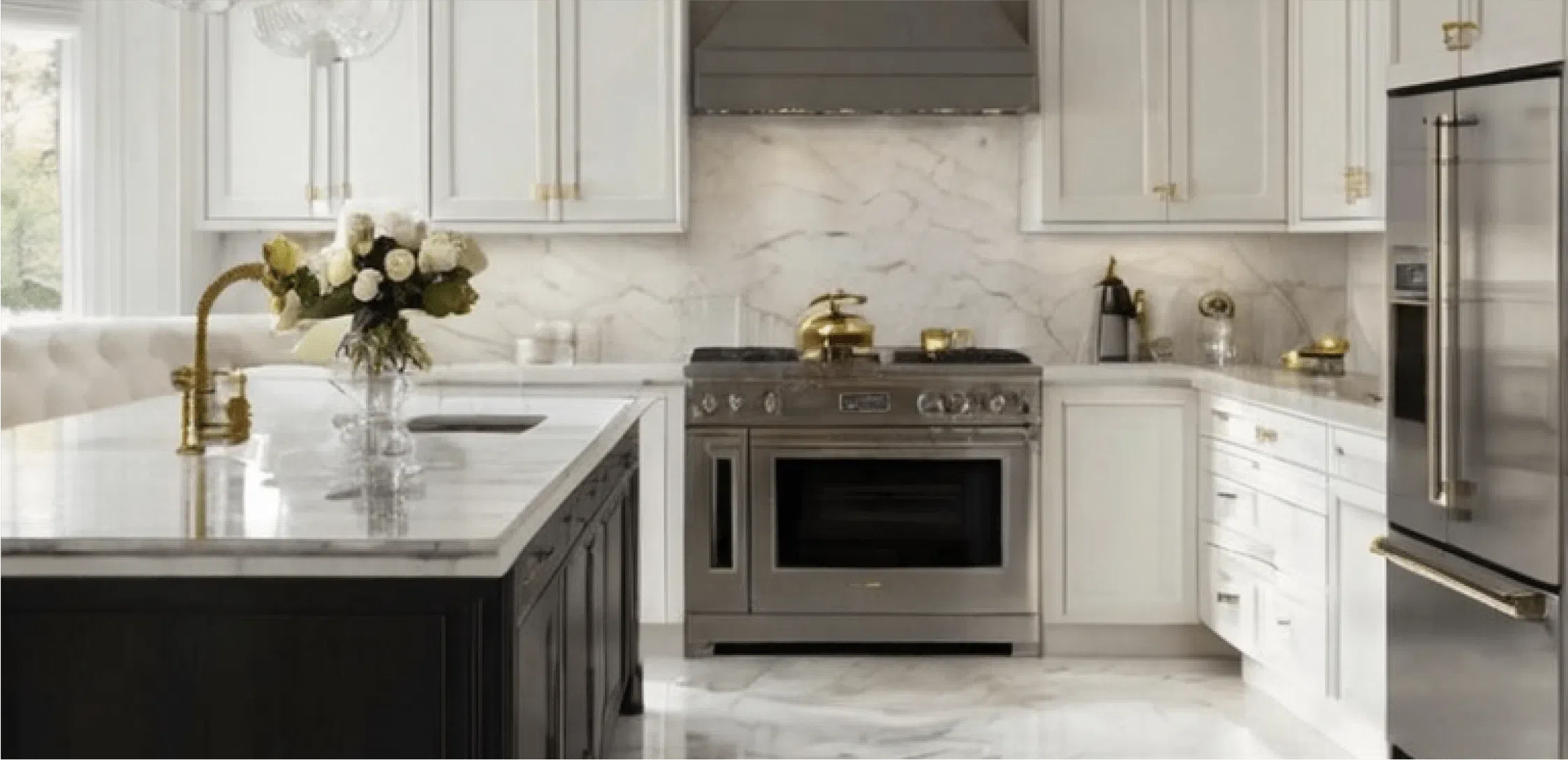 Corner Shelf
Corner Shelf Clearance
Clearance





Leave a comment